Courses
The Big Review – Oceanico Millenium, Victoria and Old Course

 The Algarve region of Portugal is one of the world's most highly regarded golfing locations. With glorious weather practically all year round and more world class courses than you can shake a 9 iron at, it is a popular destination for those of us who have gotten tired of the wind and the rain and playing in fleeces and waterproofs.
The Algarve region of Portugal is one of the world's most highly regarded golfing locations. With glorious weather practically all year round and more world class courses than you can shake a 9 iron at, it is a popular destination for those of us who have gotten tired of the wind and the rain and playing in fleeces and waterproofs.
Oceânico Golf is now one of the major players in this region with 8 championship courses under their management including Vilamoura's famous five – Oceânico Victoria (host to the World Cup of Golf 2005 and the Portugal Masters 2007-2009), Oceânico Old Course, Oceânico Pinhal, Oceânico Laguna, Oceânico Millennium and the newest Oceânico Golf 3 Oceânico Faldo and O´Connor Jnr. Courses at Amendoeira Golf Resort, complemented by a unique flood lit 9 hole Par 3 Academy Course, whilst Severiano Ballesteros has lent his experience to the course at Royal Óbidos on the Silver Coast. On a recent trip to the Algave, Bag Chatter got to play on 3 of the best Oceânico courses.
 The Millennium course was, as its name suggests, founded in 2000 and is one of the more accessible courses on the Algarve. Because of this it gets quite busy and waits at the tee boxes are common at busy times. With 9 of its 18 holes originating from the neighboring Laguna course, it mixes short tight holes, especially between the 3rd and the 7th, with longer open ones. It plays a little shorter than its 6793 years but has a lot to offer. Because of the relaxed handicap requirements you might find yourself sharing the course with those who are not quite as familiar with the finer points of golfing etiquette but it obvious that everyone on the course is there to enjoy themselves.
The Millennium course was, as its name suggests, founded in 2000 and is one of the more accessible courses on the Algarve. Because of this it gets quite busy and waits at the tee boxes are common at busy times. With 9 of its 18 holes originating from the neighboring Laguna course, it mixes short tight holes, especially between the 3rd and the 7th, with longer open ones. It plays a little shorter than its 6793 years but has a lot to offer. Because of the relaxed handicap requirements you might find yourself sharing the course with those who are not quite as familiar with the finer points of golfing etiquette but it obvious that everyone on the course is there to enjoy themselves.
The 15th at Millennium

 The experience at the Victoria is 5 star all the way. The club house is stunning and would not look out of place anywhere you choose to mention. The driving range and practice facilities are world class and you could play a game of football on the enormous putting green. The Arnold Palmer designed course is a true test for the modern professional so it's a real examination for club golfers. At 7209 yards playing from the tips you'd better have your driver in full working order if you want to play to your best but the 5 sets of tees prevents it from being too intimidating. Thankfully the course is far more open that you normally find in this region as there are less trees but compensation comes with many more water hazards especially on the back 9. The course does not have any great elevation changes but the fairways are constantly undulating and the contours can sometimes take the ball completely away from where you expect, so you need to pay close attention to the landing areas. The greens are fast and true and when they are dry they are lightning fast.
The experience at the Victoria is 5 star all the way. The club house is stunning and would not look out of place anywhere you choose to mention. The driving range and practice facilities are world class and you could play a game of football on the enormous putting green. The Arnold Palmer designed course is a true test for the modern professional so it's a real examination for club golfers. At 7209 yards playing from the tips you'd better have your driver in full working order if you want to play to your best but the 5 sets of tees prevents it from being too intimidating. Thankfully the course is far more open that you normally find in this region as there are less trees but compensation comes with many more water hazards especially on the back 9. The course does not have any great elevation changes but the fairways are constantly undulating and the contours can sometimes take the ball completely away from where you expect, so you need to pay close attention to the landing areas. The greens are fast and true and when they are dry they are lightning fast.
The 18th at Victoria

There is a real championship finish at the Victoria. The 16th is a 209 yard par 3, demanding in any circumstance. The 17th is a peach of a 593 yard par 5 where you can play safe down the left or if you want to get on the green in 2 you need to take on the 290 yard carry over the water. If you successfully manage that, your ball will shoot forward to a more accessible position where you then have a long iron or more likely a wood in to a green that is only 15 paces deep and protected by water on the front and on the right. The 18th is a 465 yard par 4 with water all the way down the left and penal bunkers right at driving distance on the right hand side. One of the pros explained to me that you hit it towards the left hand edge of the bunkers. If you get lucky and end up on the fairway you can go for the green – if you can unlucky you can still play for your par but either way you keep that big score off your card. With the prevailing winds being into your face on this hole, this is the last thing that any championship leader wants to see at the final hole but everything that the fans (and the clubhouse leader) would be looking for. Given the demands of the course, it was no surprise that it was the huge hitting Spaniard Alvaro Quiros who birdied the last to lift the trophy in 2008.
 The Old Course is hidden away in the hills and nestles among a forest of umbrella pines. Opened in 1969 it ranks alongside the Henry Cotton designed Penina as one of the oldest courses in the region. In complete contrast to Victoria this course is a shot-maker's dream. The 'Grand Dame' of the Algarve is simply an absolute gem of a course.
The Old Course is hidden away in the hills and nestles among a forest of umbrella pines. Opened in 1969 it ranks alongside the Henry Cotton designed Penina as one of the oldest courses in the region. In complete contrast to Victoria this course is a shot-maker's dream. The 'Grand Dame' of the Algarve is simply an absolute gem of a course.
As soon as you stand on the first and see how the umbrella pines encroach on both sides as the fairway swoops down towards the green you are aware that this is a course that will severely punish bomb and gouge style golf and rewards the ability to move the ball in the air. Some of the tee boxes are positioned in such a way that a straight shot can see less than half the fairway but that a gentle fade or draw suddenly opens up the course. The constant change in elevation means that you need to be precise with your irons as you are sometimes taking 3 clubs more or less than you normally take. An example of this is 6th. A 233 yard par 3 would normally be unplayable for mere mortals but with an elevation drop of about 40 yards it plays almost 45 yards shorter but you need to hit it straight to get it close as the steeply sloped green requires a deft touch.
The 6th at the Old Course
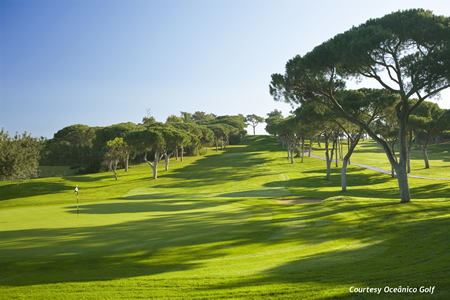
Given the closeness of the course it's not to say that errant shots are an automatic penalty. If the ball takes a dive off the fairway you'll find yourself in a world where the ground is made of pine needles and the sky is nothing but green branches. It's easy enough to get clean contact in this sort of lie but the challenge is how to play the recovery shot. You can take the easy option of knocking the ball out sideways or you can take the shot on and hit a low screamer of a punch straight towards the flag. If you do the latter you need to make sure that you can keep it low enough to stay under that branches and straight enough to dodge the trunks. It's tougher than it looks but incredibly satisfying. One of the glories of the course is that there are so many ways to play it and only those with a complete game will be able to take it on and score well. If you do keep it on the short stuff you will be hitting the ball from fairways of carpet-like perfection and greens that roll as smooth as you could wish for but as you wend your way past the semi-hidden luxury villas you'll find that it's the long irons that are most in use. For the longer hitters the driver will only get you into trouble.
It is such a pity that the remorseless march of technology has rendered this course too short for the modern pros as it would be an absolute treat to see them playing this course. The sloped greens hark back to a time where the stimp speed would be closer to 10 than the 12 commonly found on tour now so it would be almost impossible to speed them up more than they are.
These three courses have very different personalities. The Millennium course is a good honest fun course that can be played be any level of handicap and is an enjoyable day out. The Victoria is a true experience of tour standard conditions with a finish that will leave you wrung out and the Old Course is an absolute gem that will have fans coming back year after year to play on one of the great courses in this region, if not the world.
For more information, visit www.oceanicogolf.com
- LIKE0
- LEGIT0
- WOW1
- LOL0
- IDHT0
- FLOP0
- OB0
- SHANK0
Courses
The Scottsdale Experience, Part II: Boulders, Troon North, and Camelback

It’s been four years since my last desert golf trip in Arizona. For an area so rich in good golf, that’s too long to wait for a return trip.
Our last visit to Scottsdale brought my family to the Fairmont Princess during the Christmas season. We just like to visit this time of year because everything is decorated for the holidays. While there, I was able to play at TPC Scottsdale, Grayhawk, and We Ko Pa–all stunning tracks for every handicap level.
For this trip, now four years removed, we wanted to experience two different types of Scottsdale resorts: The first two nights at Boulders Resort and Spa, about 30 minutes north of town, surrounded by (you guessed it) boulders and nature. For the second two nights, my wife wanted to be a bit closer to the city life so we picked the JW Marriott Camelback Inn, minutes from Old Town Scottsdale.
There are many differences between the two resorts, but both somehow maintained the vibe of being in the Valley.
BOULDERS RESORT AND SPA
The Boulders Resort and Spa sprawls out across an enormous piece of property, which includes two award-winning, Jay Morrish-designed golf courses that both rank well as playable golf courses in the state. When you check in, they give you a map and a flashlight to help you navigate the grounds at night. The rooms (or casitas) are villa-esque, complete with your own fireplace and wood to burn on cold nights. The place just smells like fresh air and chimineas.
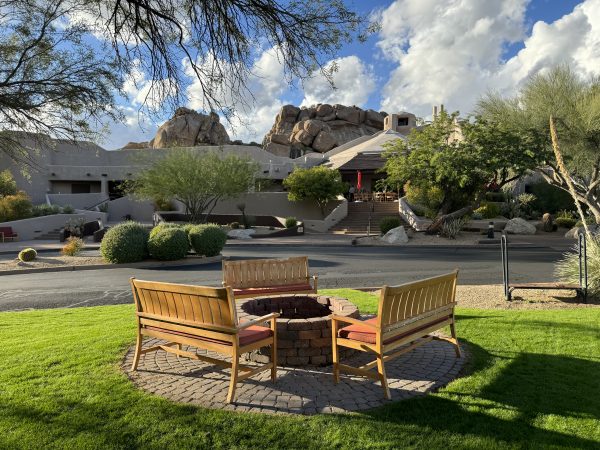
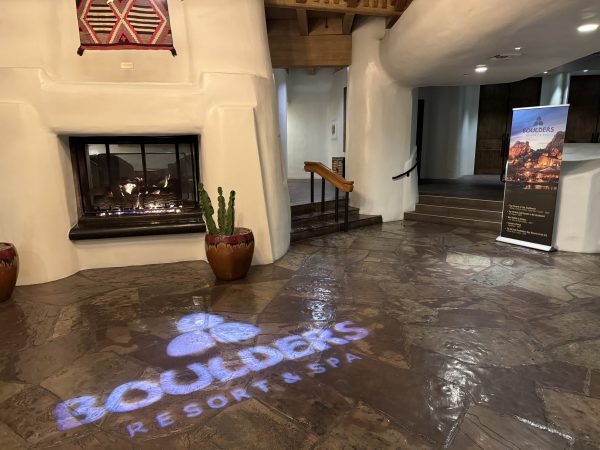
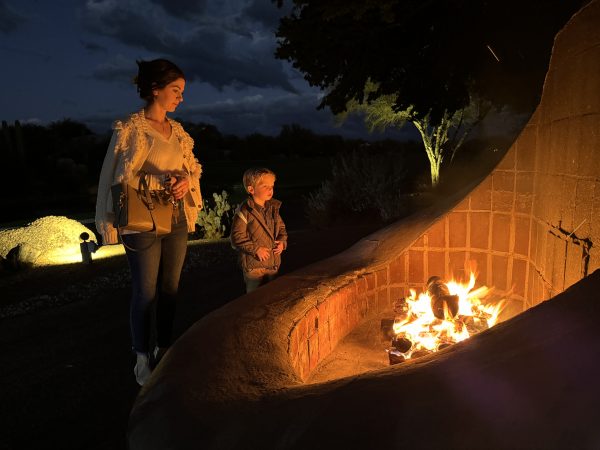
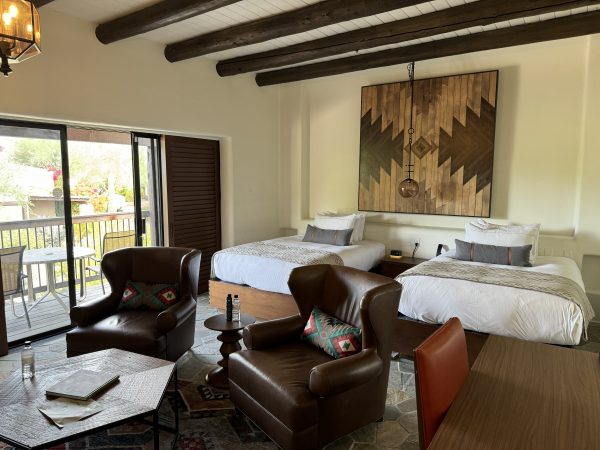
The lodge itself is nestled beneath a small mountain with accessible hiking trails along both sides. Behind the main lobby sits a good-sized pool, which was heated when we visited and allowed for swimming in November. Temperatures this time of year are typically pretty chilly, especially for early morning golf, so to be able to swim in warm water was a nice treat.
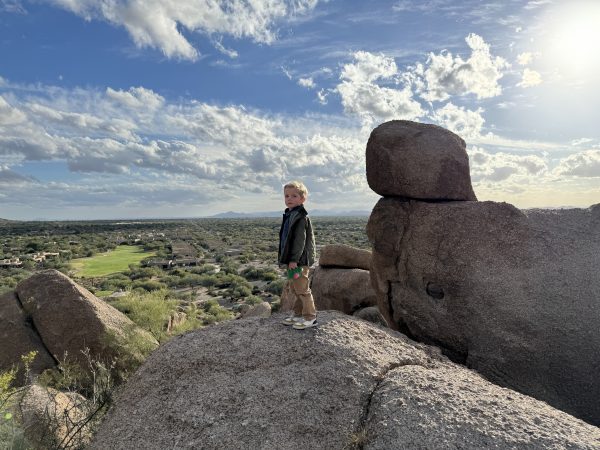
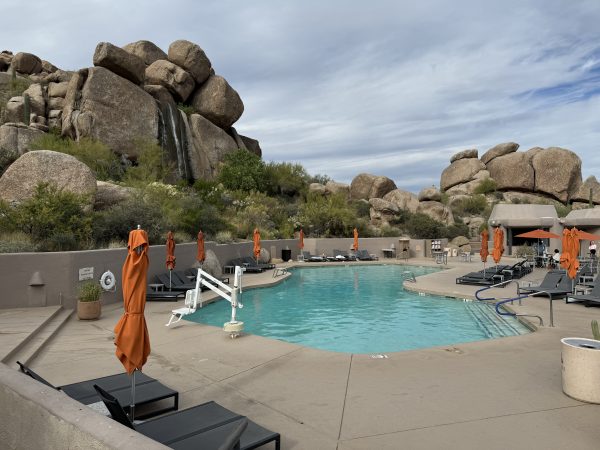
The two courses are both on the property, making Boulders Resort a truly ‘never have to leave’ type of resort. There are also multiple restaurants on-site, including Bogey’s Bar near the pro shop and 18th greens for both courses. Boulders is home to about 400 golfing membership families but also remains open for public play as well. The members and public alternate courses each day, which apparently works great and keeps a high-season traffic light on both courses. I played the North Course but also walked the South to get a good feel for each.
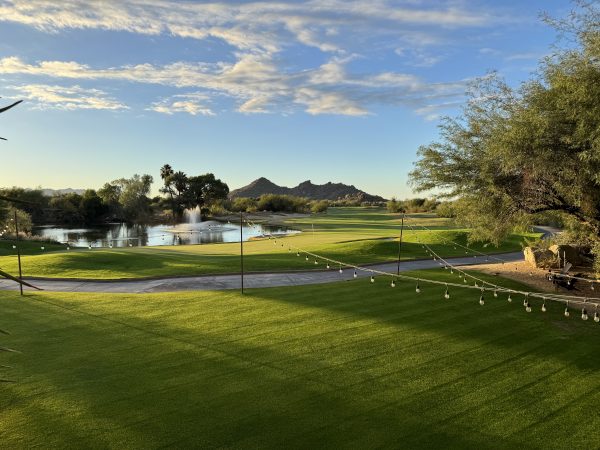
View from clubhouse over 18 of South Course
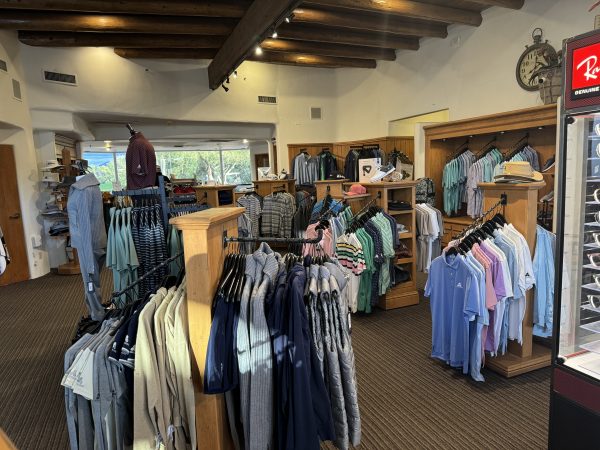
Boulders Pro Shop
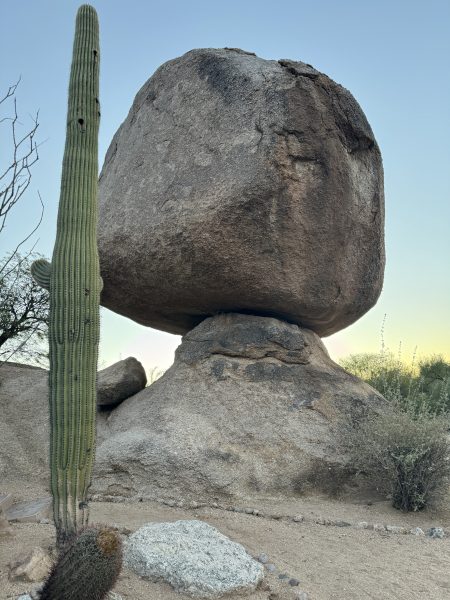
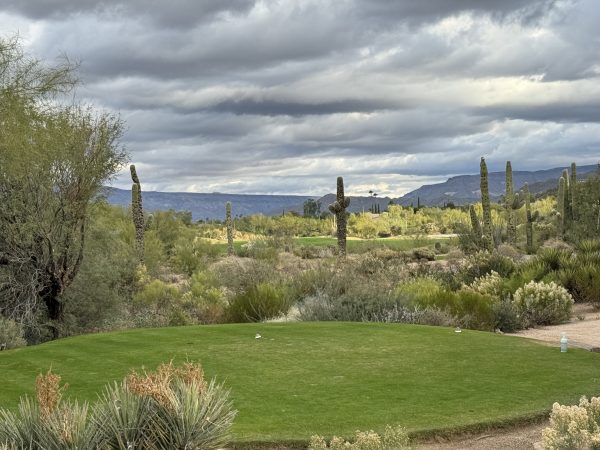
Number one tee- Boulders North
The North course tips out at 6,959 yards but can play as short as 4900 from the red tees. There are six tee box options in total, which helps on a desert course like this because between the frequently watered green grass come many different varieties of wasteland carries and sandy ravines. With options on tees and course length, many of the challenging shots can be added or taken out depending on skill level.

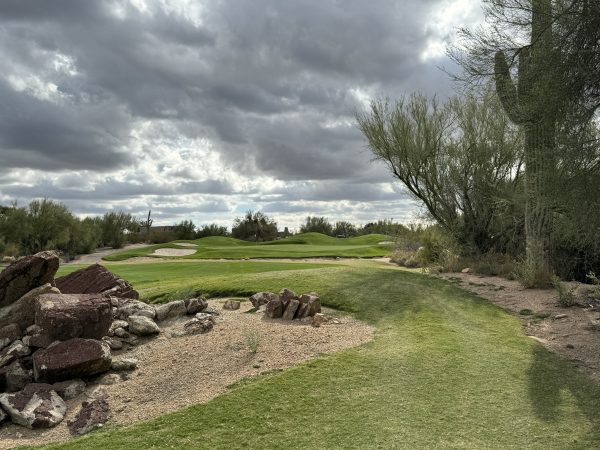
You can expect a lot of uneven lies at Boulders, as most of the fairways and playing surfaces undulate to blend right in with the surrounding mountains. Saguaro cacti are in every site line, but the predominant feature of both courses is the elephant-sized boulders on nearly every hole. Some appear to teter on their end, ready to roll down into the bunker where your ball is resting.
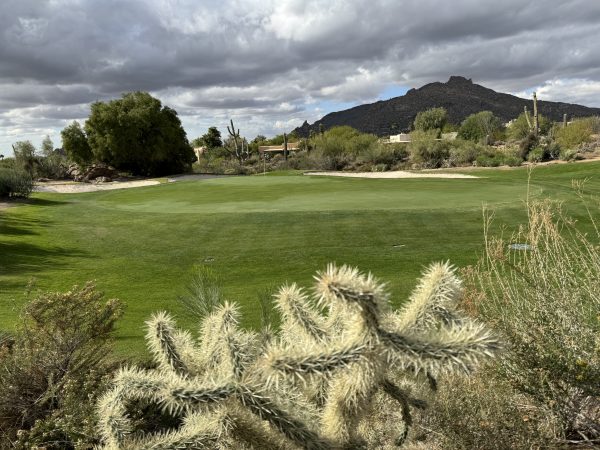
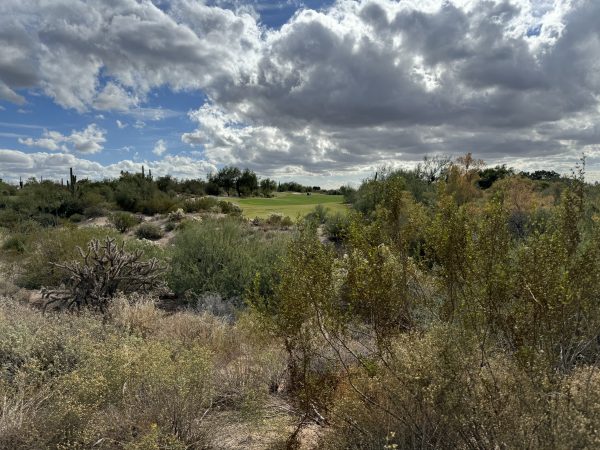
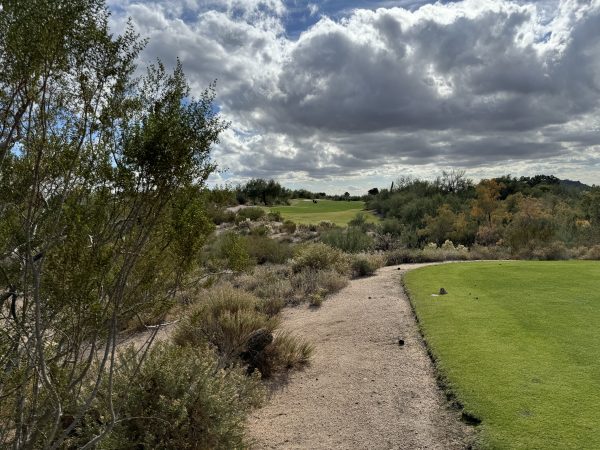
Of course, like most desert-style courses, errant shots are findable in the sandy soil, but not without risk of being pricked, poked, or bitten. My general rule is that if I can’t see it from the green grass, I’m better off not wandering too far out in search of what might be painful to find. Drop a ball and take my medicine. That proved to be true at Boulders as well. There are many thick areas just off the fairway where man should not be. And a better golfer than myself would only look in that direction to view the beauty of the Sonoran Desert.
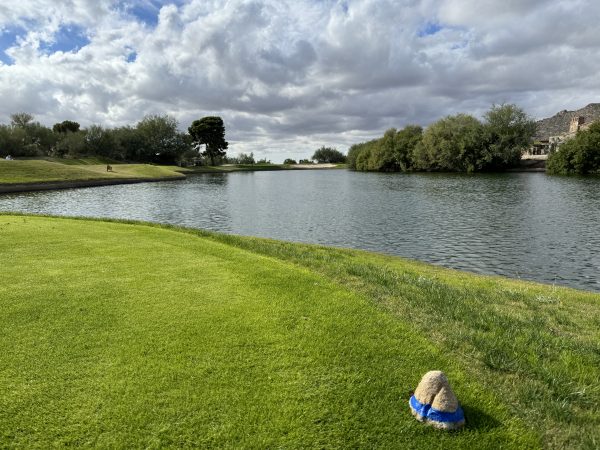
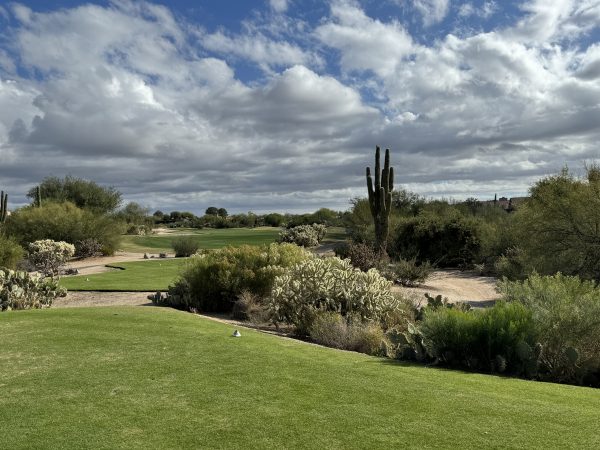
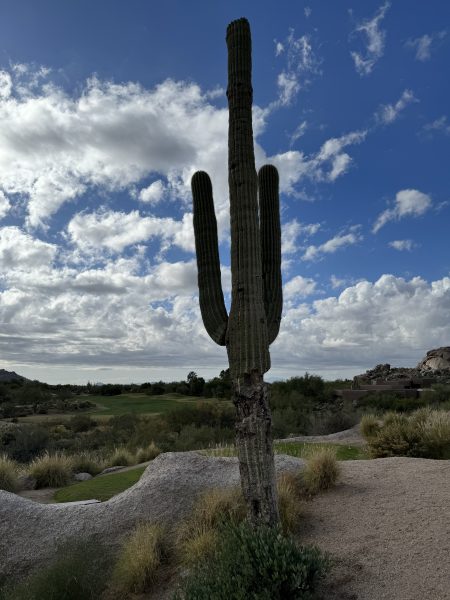
Both courses do have a few splatters of water hazards here and there. Most folks I spoke to on the property noted that the South Course has a couple more breathtaking views and elevation changes than its counterpart North, but the North Course provides a wider array of shot-making options for the more serious golfer. I thought both courses were stunning to the eye, but it wouldn’t shock me if, had I played South, I found it a bit easier and more resort-style friendly.
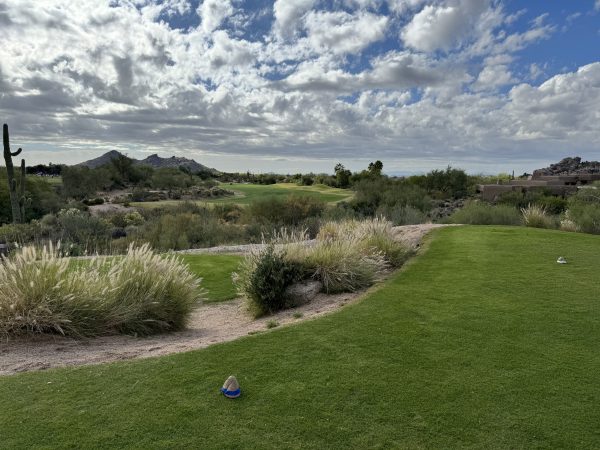

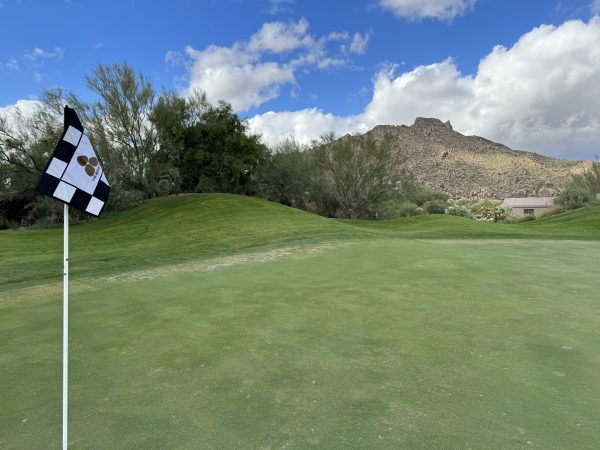
Non-member tee times can be booked online or through the pro shop but if you are staying at the lodge, you’re more than likely going to get a better hotel rate to play. In November, which is almost peak season, mid-week greens fees range from around $100-$200 with dynamic pricing throughout the day. Both courses are incredibly walkable and a caddie or pushcart can be available upon request.
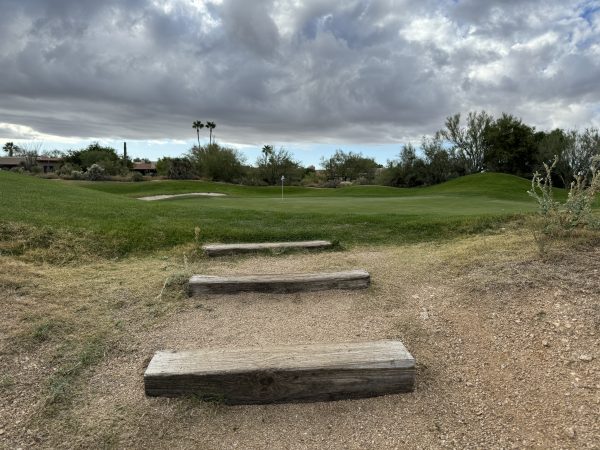

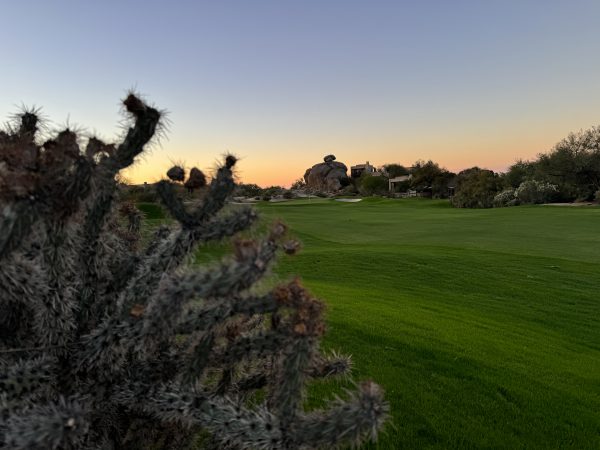
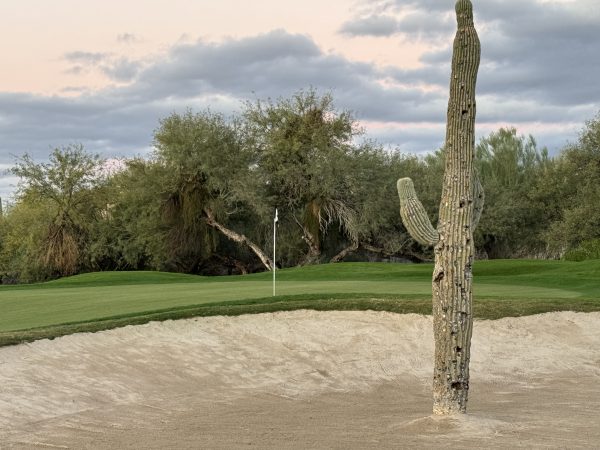
After my round, I took my son on a hike up the mountain above the lodge for some pretty stunning views of both courses. My wife escaped to the spa for a 90-minute hot stone massage, which was my way of saying thank you for another golf trip for the family. The least I could do. She said it was incredible and unlike any other massage she has ever had in her life. They even put hot stones between her toes, which I suppose feels good.
We wrapped up our stay at Boulders with a fantastic dinner at Palo Verde, located at the resort headquarters. We were able to sit outside under the stars with the help of a few closely placed heaters. With the golf, the restaurants, and the natural activities available, Boulders proved to be a wonderful spot to relax and get some swings in. If your partner is a fan of spa days and calm settings, this is the golf resort in Scottsdale to stay at. The food, drinks, and lodging are all upscale. I would say it is a perfect couples’ getaway resort. We didn’t see any other kids so there may be better places to stay if you’re bringing the little ones along, though. With kids, I’d stay closer to town (see below) and head up to Boulders for a round of golf only.
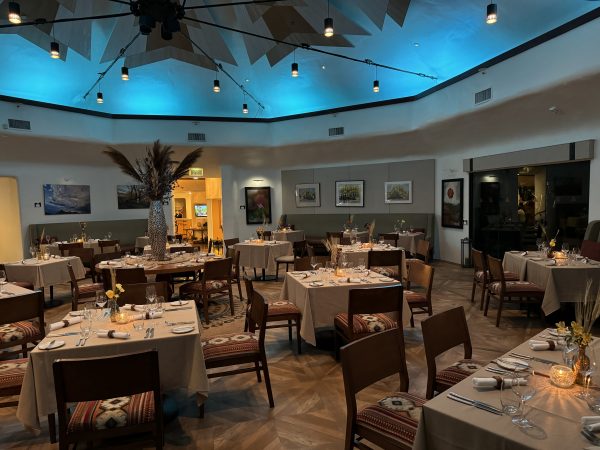
Palo Verde dining room at Boulders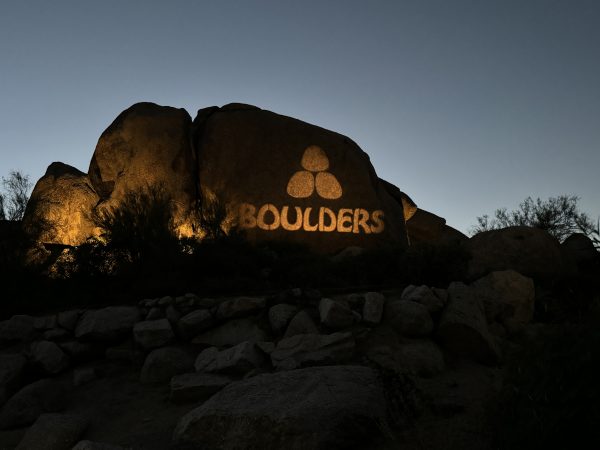
TROON NORTH
The next morning, I took an Uber just a few minutes away to the Troon North campus for a round at the Pinnacle Course. Troon North is home to two tracks, both designed by Tom Weiskopf and both immaculately maintained year round. The Pinnacle course is more links-style than its sister, the Monument Course, which is widely considered the signature course between the two.
The clubhouse is first class, with a well-stocked 2,200 square foot pro shop, and a legitimate locker room for public use. And the logo is fantastic.
Troon North offers a membership plan as well as public play, and daily fees are dynamicly priced.
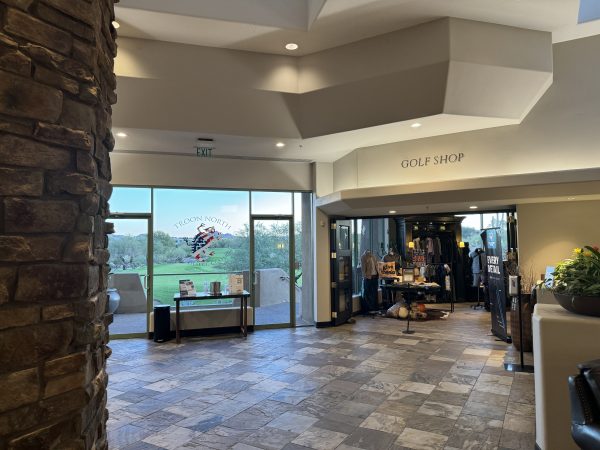
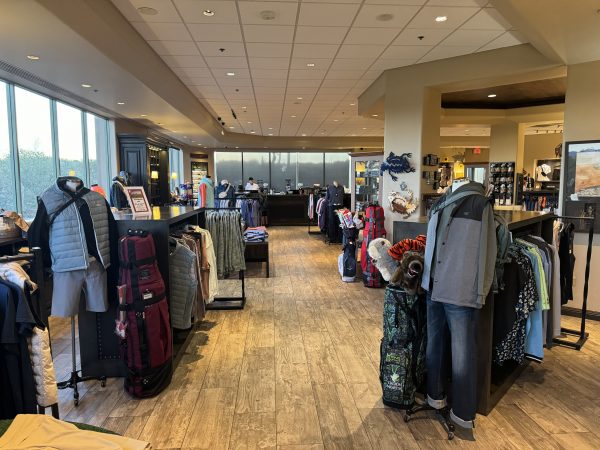

Pinnacle course plays over 7,000 yards from the back tees but provides seven different tee boxes allowing you to play the course as short as 4831 yards. Though more links style than Monument, the course still provides a very Sonoran desert feel and carries over thorny brush on nearly every hole.
Both courses were ranked in the “Top 10” best courses you can play in Arizona by Golfweek.
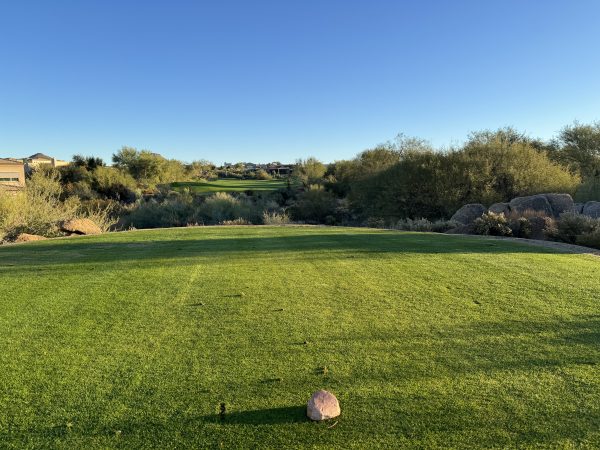
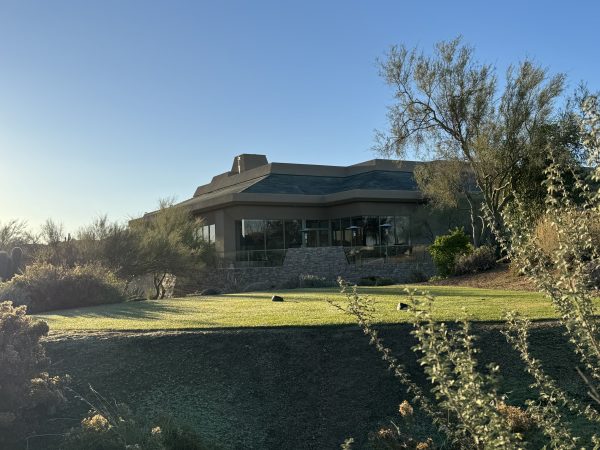

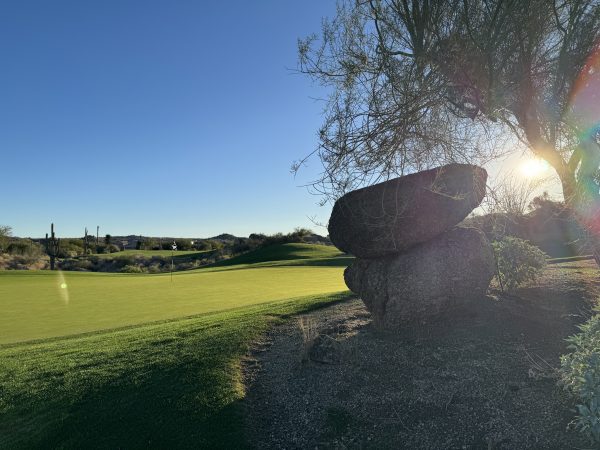
I thoroughly enjoyed my round at Troon North. The facility is about 35 minutes north of the Phoenix airport so it’s a bit closer to downtown Scottsdale than Boulders. It is also closely connected to the Four Seasons should you be looking to stay nearby.
The course felt pristine and special. You can tell the place pays attention to detail and takes great pride in the condition of the courses. The layout has some elevation changes so it may not be the easiest to walk. The routing never really brings you back to the clubhouse until the 18th hole, either, but there is a comfort station out there and beverage carts making the rounds.
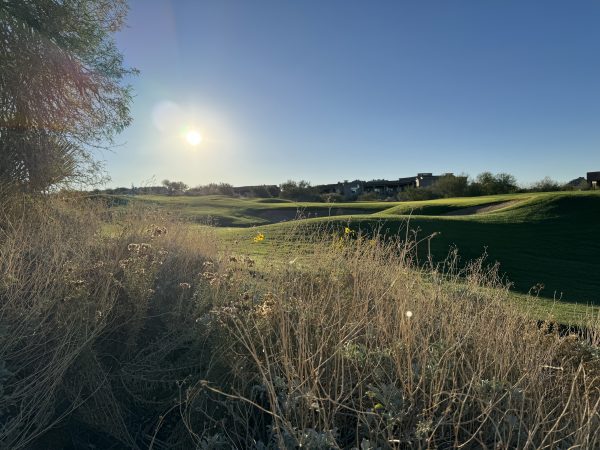
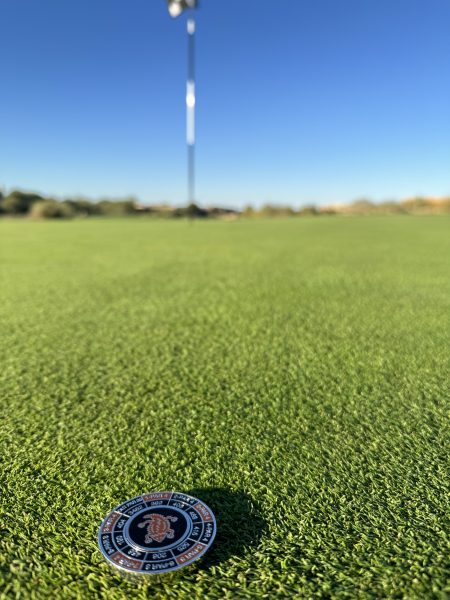
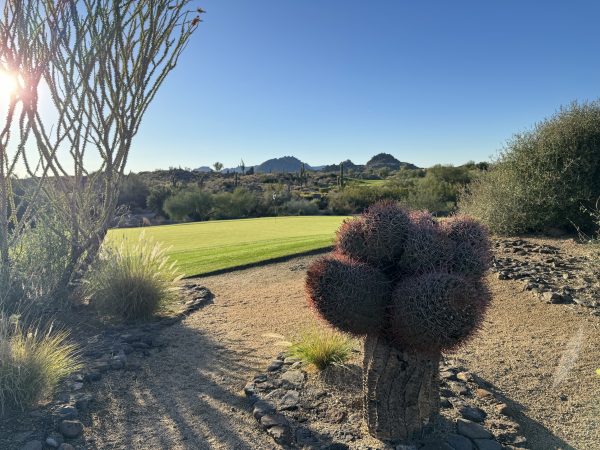
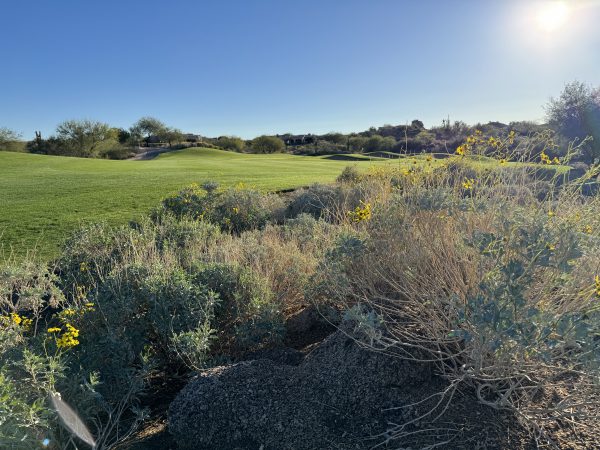
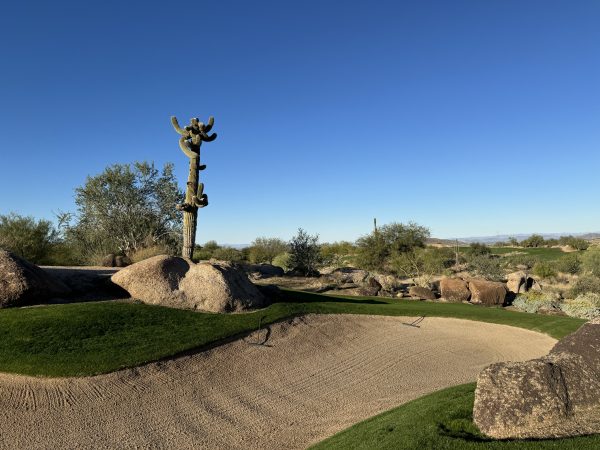
The bunkering is fair and not very deep, but they are strategically placed right where you don’t want them to be. The par 71 has only one par 5 on the front nine but boasts a 609-yarder on the back that plays every bit as long as it reads. The par threes are scenic but lengthy as well, generally playing around 200 yards from the backs except for the short 140-yard 16th.
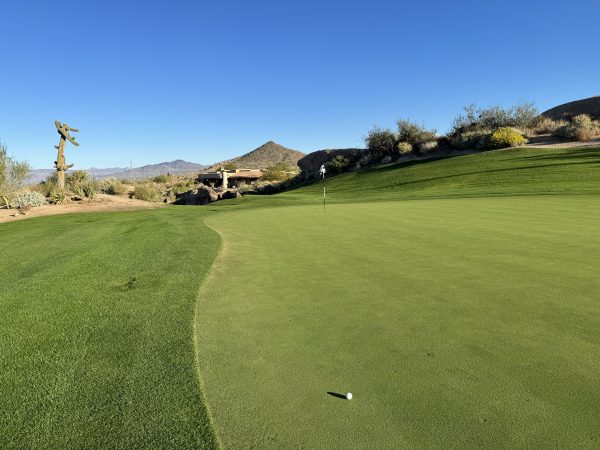
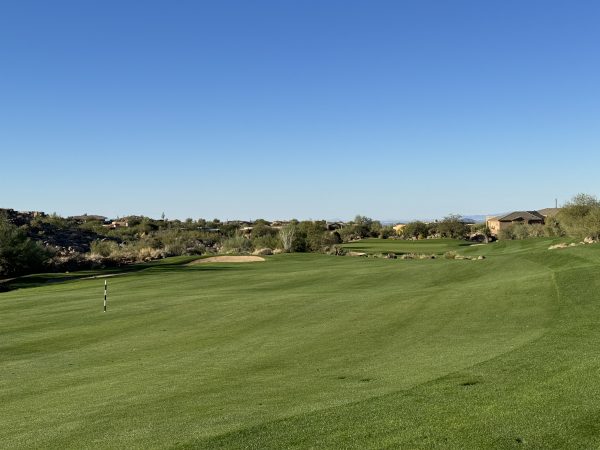
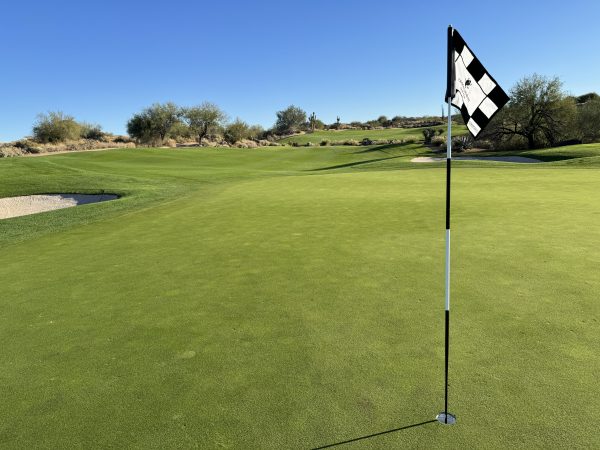
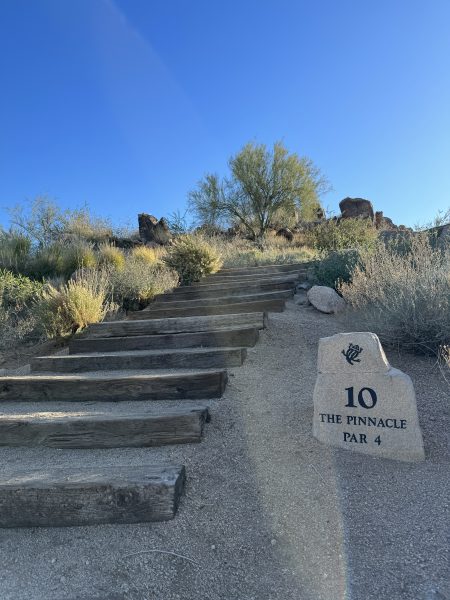
The fairways are bermuda grass and the greens are bent. Overseeding is done in the fall but the schedule is posted online to help avoid any unpleasant rounds. There are valley quail all over the course that walk in front of you on fairways and tee boxes like schools of fish.
The course is just so scenic and first-class. The mountains are in view the entire time and the course provides a wide array of options and shotmaking opportunities. I played early and alone and I genuinely enjoyed my time on the course. It was my favorite round of the trip.
The 18th green is huge and it blends into the practice green near the clubhouse, snaking around a giant rock to protect the practice green from shots gone long. It is a very unique site from both the clubhouse and the 18th hole but adds some character to the facility.

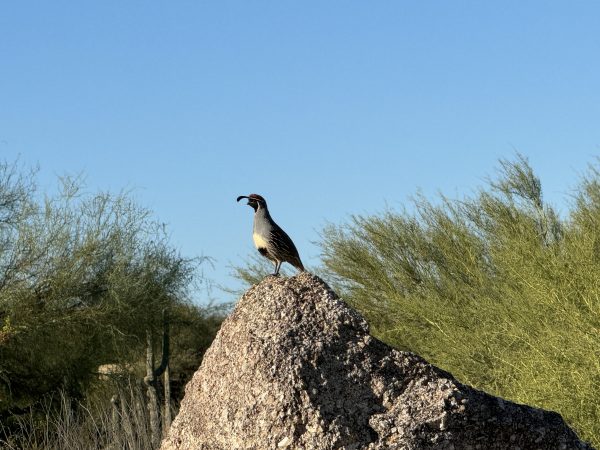


CAMELBACK INN RESORT AND GOLF
The JW Marriott Camelback Inn is an incredible hotel. I am not really sure how else to describe it. Being there feels the way an in-city Scottsdale hotel is supposed to feel. You’re surrounded by Camelback mountain on one side and Mummy Mountain on the other. The adobe buildings feel like they have been there forever and yet are still perfectly maintained. There are sitting areas near fireplaces around every turn and the landscaping is quintessentially desert floral.
We heard from more than one person that the Camelback Inn is Mr. Marriott’s favorite hotel within his entire company and he spends one month there every year. That is saying something!
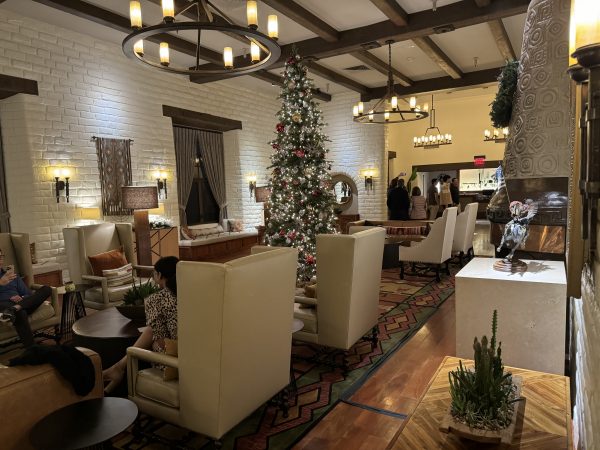
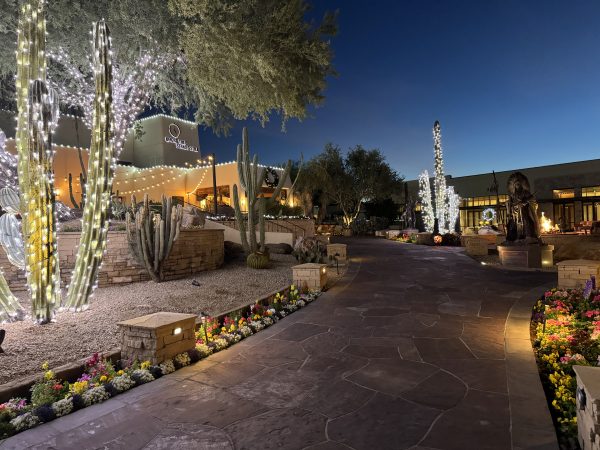
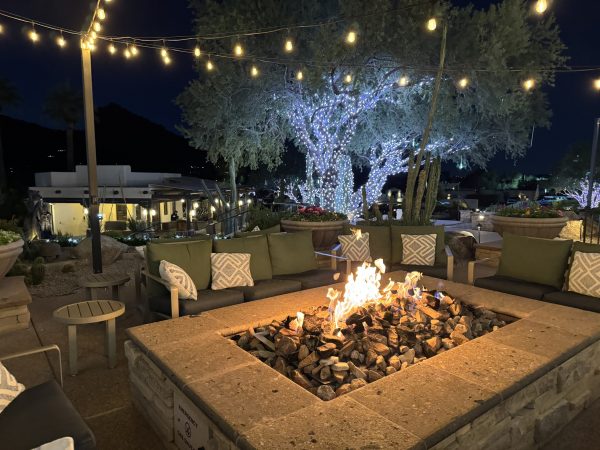
Our room was standard size but wonderfully located just a hundred yards or so away from the main lodge and restaurants. Between us was a green space with lawn activities for guests of all ages. There is a playground and putting green on site and several pools (some heated) for swimming year-round. And the views are just spectacular. To be only minutes away from Old Town while still being able to hike up multiple mountains of your choosing is one of the most special things about Scottsdale.
We ate breakfast, lunch, and dinner at Rita’s Cantina and Bar…simply because the menus change for each meal and the outside patio seating is so incredible. Hoppin’ Jacks at the pool is another dining option but the Lincoln Steakhouse and Bar is the upscale dinner spot…and the gem of the dining options.
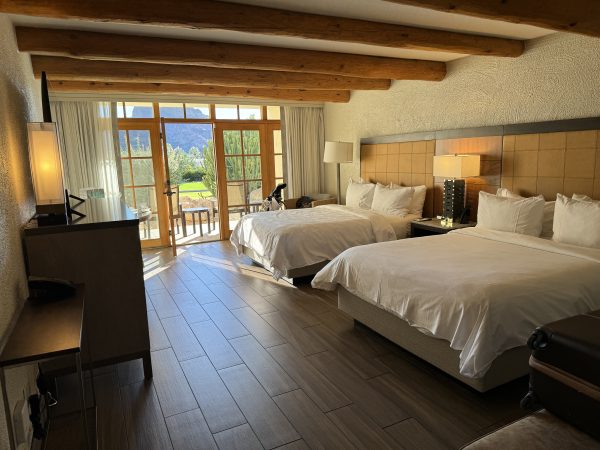
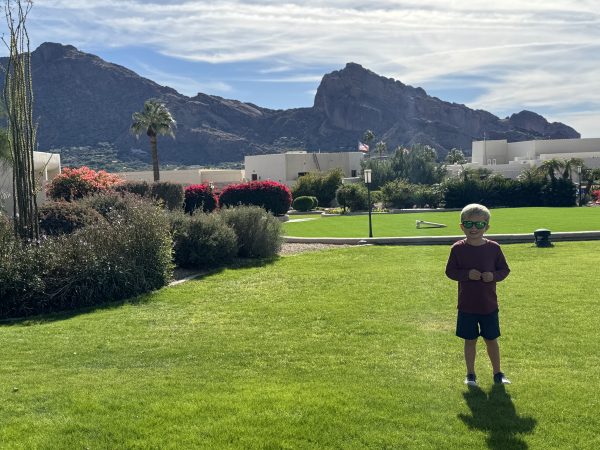
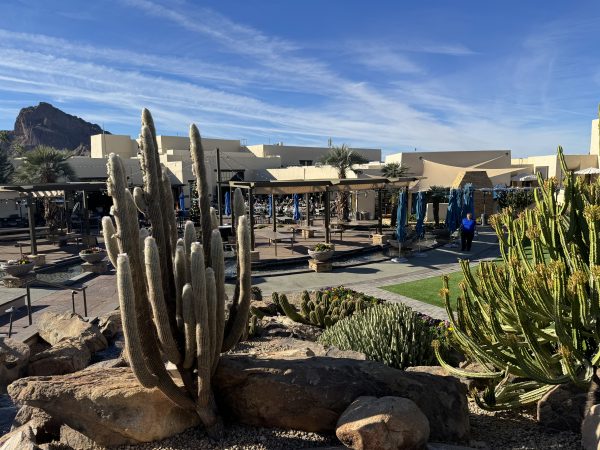
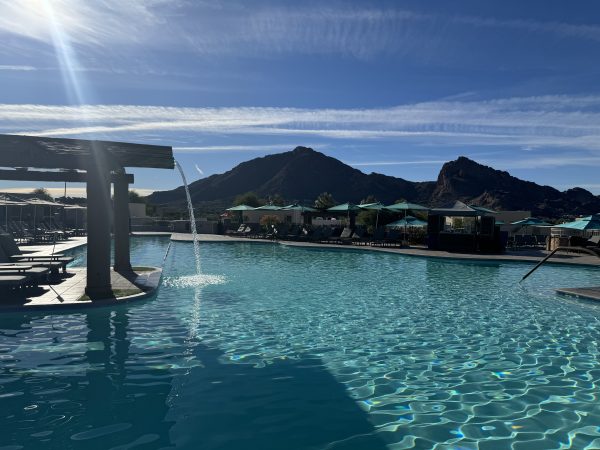
The Camelback Golf Courses, Ambiente, and Padre, are not on site, but the resort provides you with a free shuttle service for your tee time. The ride is only about five minutes and they start at 7:00 am.
The clubhouse is large with a spacious golf shop. The Camelback logo, while a bit cartoony, is pretty fantastic in a 1960s Bob Hope Classic kind of way.

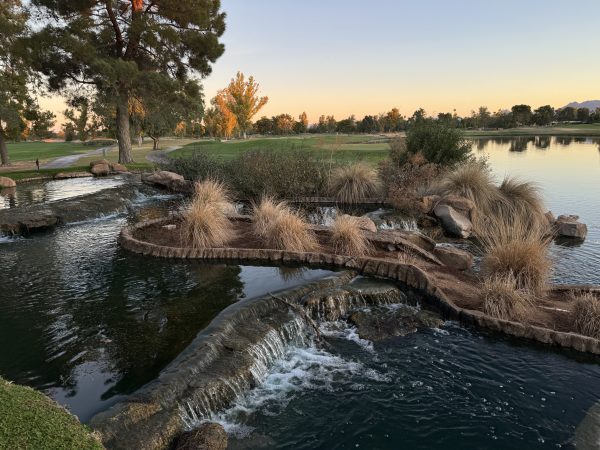

I played the Ambiente course, which I was told has a bit more character than the Padre. Ambiente goes straight out for 3 miles, following along a gulch on your right the whole way, and then turns around and comes right back to the clubhouse for the back nine. If you are walking, make sure you’re in it for an entire 18-hole round. There’s no stopping after nine if you are on foot and three miles away from the clubhouse.
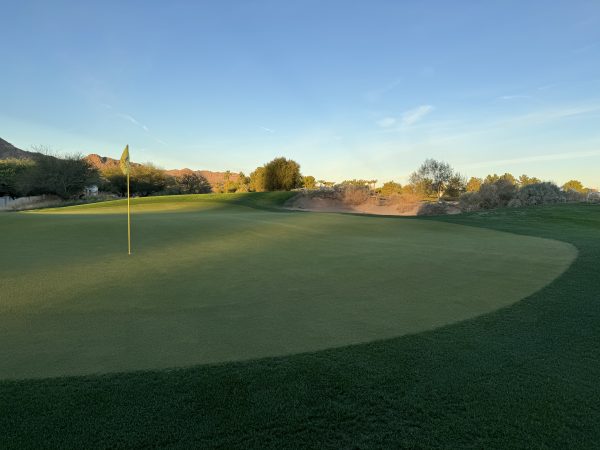
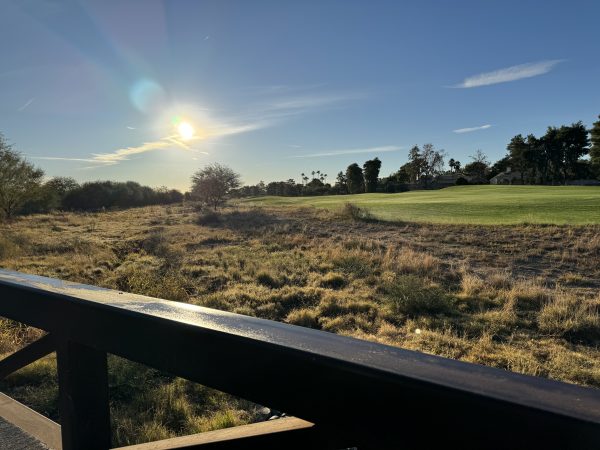
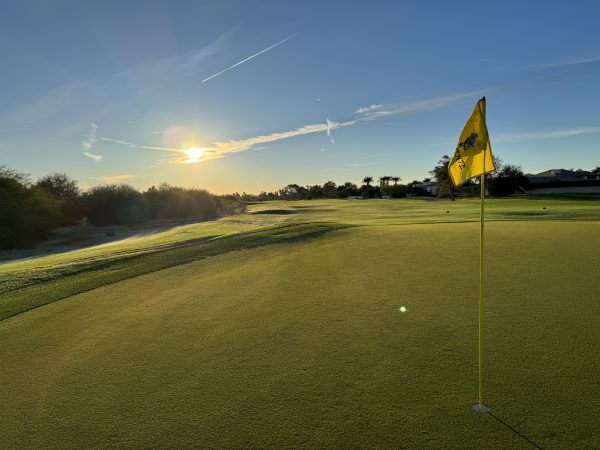
These courses are more parkland than desert. That’s especially true of the Padre course. But even Ambiente, which translates to ‘environment,’ is not very ‘deserty’ in comparison to Troon North or Boulders. There are a lot more grassy rough areas off the fairway and very little cactus. The gulch, which is seen on nearly every hole, feels more native and marshy than anything I saw in my previous rounds. It’s a gorgeous course, but not what you imagine when you think of Scottsdale golf.
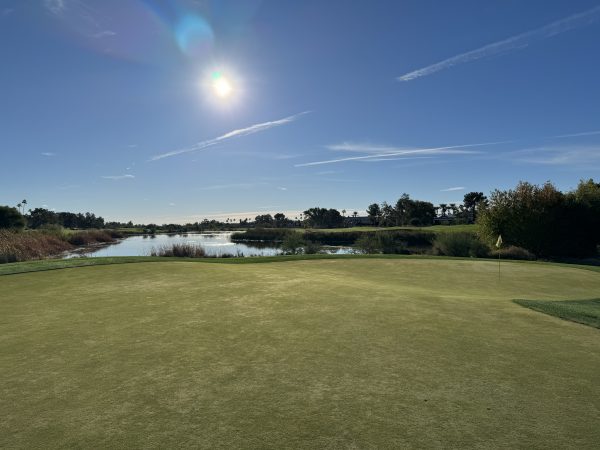

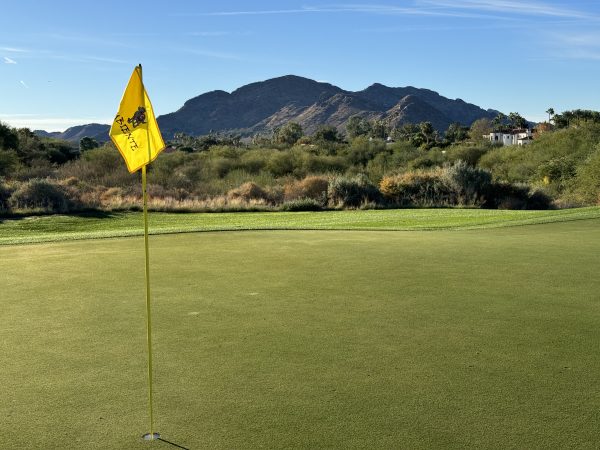
The course itself, with its unique straight-out, straight-back routing, lengthens out to 7,225 yards from the tips and 5,538 from the forward tees. The par 72 Jason Straka design is not an easy course. Many of the holes require precision tee shots and a bit of course knowledge doesn’t hurt as the driver is not always proper. The par threes play long, with the shortest being 185 from the back tees. The 8th hole can stretch back to 241 yards and then number 15 goes even longer to 245. Of course, you don’t have to hit back there unless you’re a glutton for punishment.
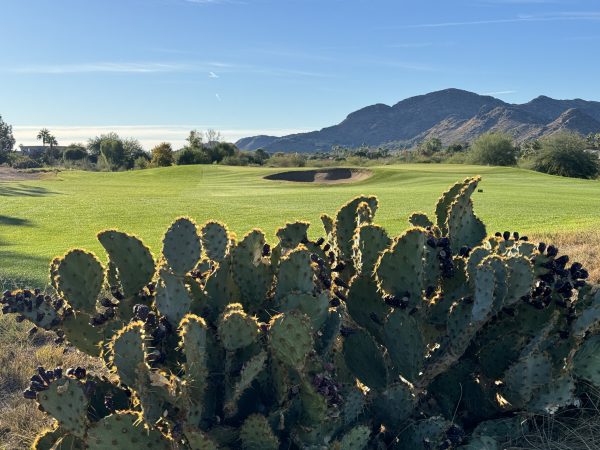
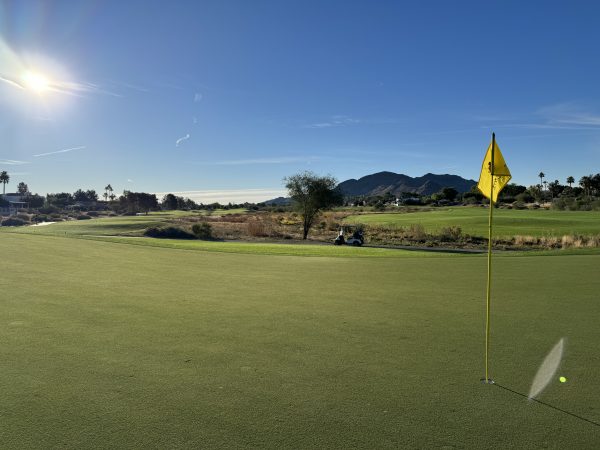

The bunkering is deep in certain areas, which you realize as early as the greenside on the first hole. Playing this course after the other desert layouts I have played made me wonder if this is the true ‘nature’ of the area and perhaps the other desert courses are a bit more…manufactured. Ambiente feels native. I think I enjoy the other desert style aesthetics of the other courses more, but from a pure golf perspective, Ambiente at Camelback is a real deal course.
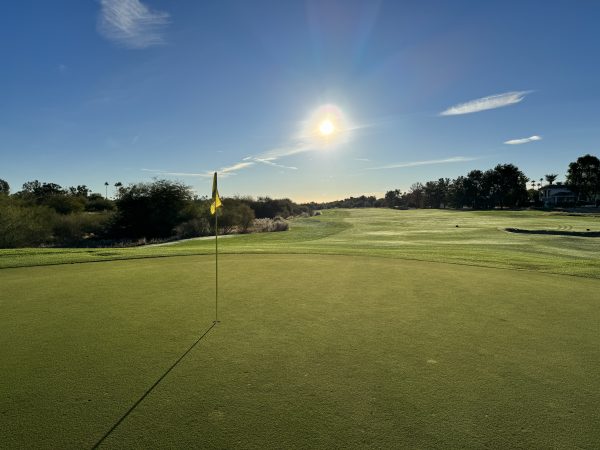

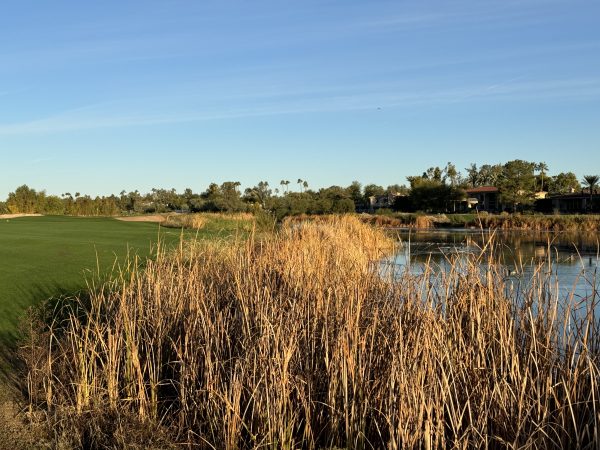
SCOTTSDALE LIFE
The beauty of Scottsdale as a golf destination is that no matter which courses or resorts you decide to enjoy, you are still always within 30 minutes of a fantastic city center, with great shops and world-class restaurants. Old Town is only one little pocket of what Scottsdale has to offer, but because of the neat stores for our kiddo and walkability, we spent most of our time away from the resort here.
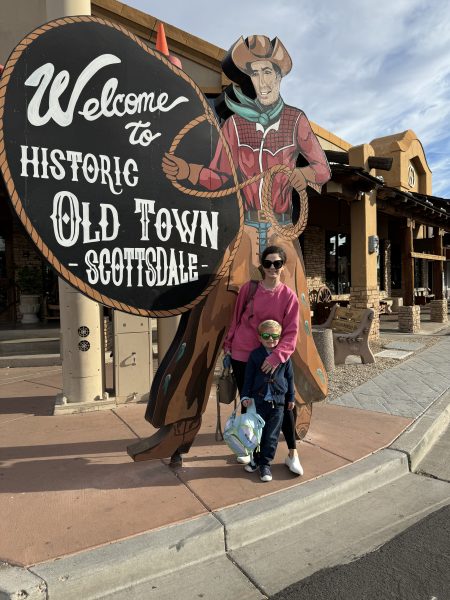
Like any great city, anyone who has visited will be able to give you a list of their favorite places to play, shop, and eat. For us, we loved going to Popstroke, the Tiger Woods-designed miniature golf course, as well as Mavrix for bowling and laser tag. When you’ve got a five-year-old, you do what makes him happy too. We also went to Isabella’s Kitchen for lunch on one of our days, which overlooks the McDowell Mountains and Grayhawk Golf Course. The food is always delicious and it’s a really fun location for the kiddo to run around while mom and dad can have a margarita.


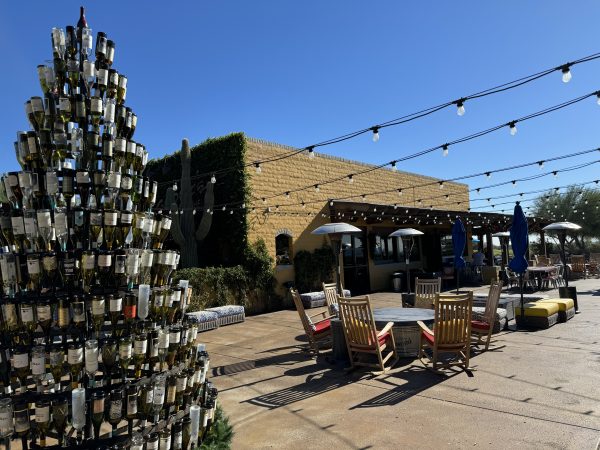
We went to The Montauk in Old Town for our only dinner outside of the resort and it did not disappoint. It’s a really neat atmosphere and the menu was a mix between The Hamptons and Southwest tastings. They had live music and friendly staff. It doesn’t get much better.
And if you find yourself out and about for breakfast, you need to stop in at the Daily Dose for some Cinamon Roll Pancakes or Breakfast Nachos. We made a quick stop here on our way to the airport and didn’t need to eat for the rest of the day!
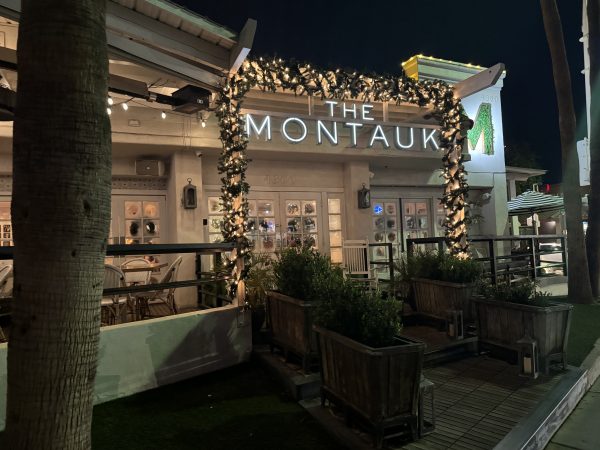
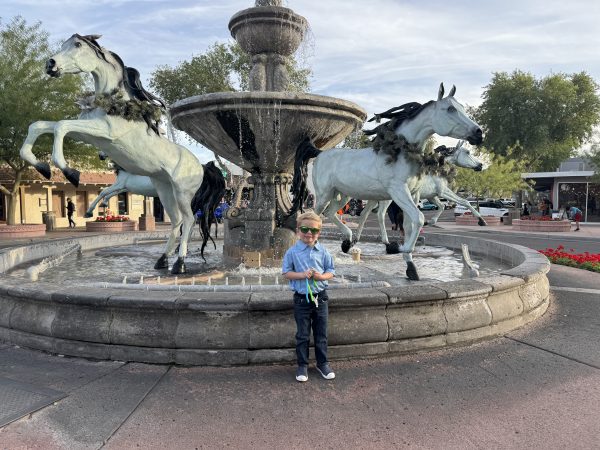
Having been traveling for golf for some time now, people always ask my opinion on my favorite courses or favorite city to go to for a golf trip. My answer always starts with “It depends on who you are going with…”
If you are heading out for a golf trip with your family, I don’t think you can pick a better city than Scottsdale. The travel itself (airport, rental car, etc..) is always a breeze. The resort options (and spas) are plentiful and offer a variety of different setups for couples or kid-friendly atmospheres. And there are hundreds of golf courses to choose from. All the while, Scottsdale has one of the best restaurant and entertainment scenes in the United States.
I’m sure I will keep getting the question. But if you are thinking of a golf trip with the family, the answer is Scottsdale.
If you want help planning your next golf experience or just have any questions about some of mine, reach out to me on Twitter or Instagram and shoot me a message. And feel free to check out my other golf experience articles. I look forward to hearing from you!
- LIKE145
- LEGIT50
- WOW5
- LOL2
- IDHT0
- FLOP3
- OB1
- SHANK5
Courses
PGA Frisco: A GolfWRX first look with Gil Hanse and Beau Welling
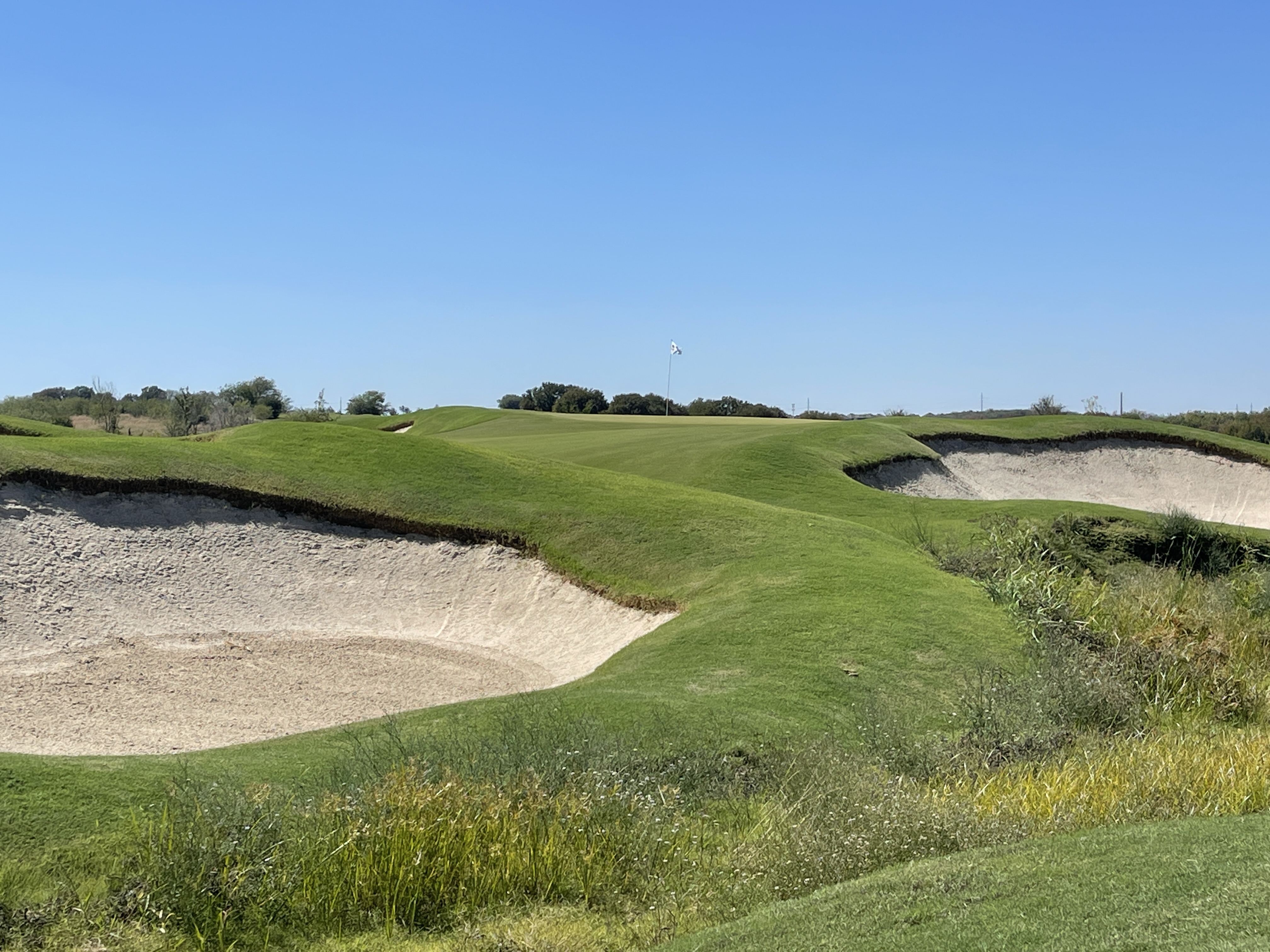
PGA Frisco in Frisco, Texas, is the new home of PGA of America. The two courses on-site, Fields Ranch East and West, are original designs by Gil Hanse and Beau Welling, respectfully, but they aren’t set to open for public play until the Spring of 2023. However, GolfWRX was given an opportunity to take an early look, play both courses, tour the facilities, and meet with the course architects ahead of the much-anticipated unveiling for the golf world.
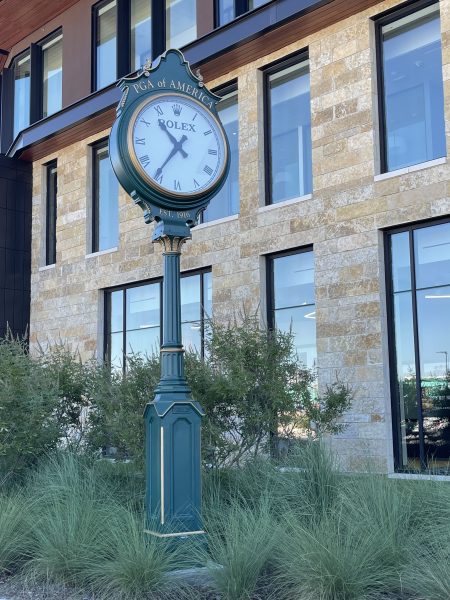
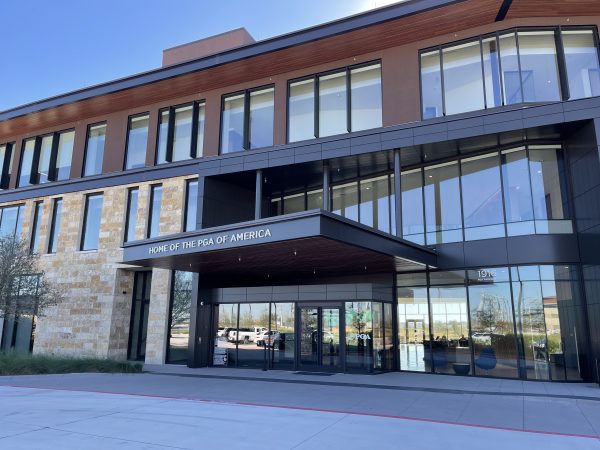
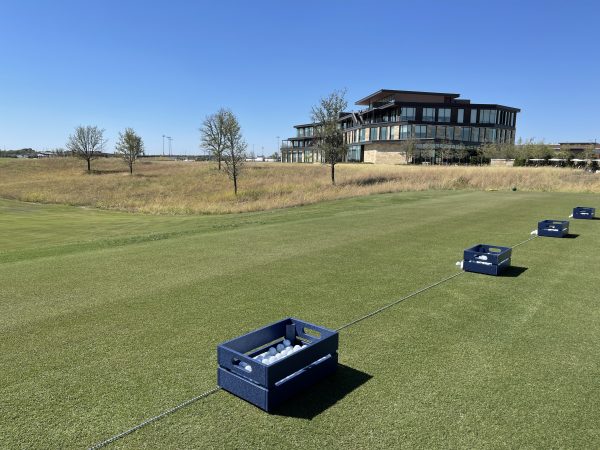
The PGA Frisco location, which also shares the property with a brand new Omni Resort, a short course called The Swing, and a 75,000 square-foot putting course named The Dance Floor, appears to be joining the conversation as one of the country’s best buddy trip and family trip golf destinations.
The Omni resort is going to be complete with 500 luxury guest rooms and suites, 10 private ranch house residences, 13 different dining options, four pools, including an adult-only rooftop infinity pool, and a full-service salon and spa. They are going big with this place. All the facilities are currently under construction, but the plan is for them to be open by the Spring of 2023 as well.
The Swing is a ten-hole, lighted short course that provides a nice nightlife compliment to the larger courses, Fields Ranch East and West. Collaboratively designed by Hanse and Welling, The Swing is just steps from the Omni hotel, The Dance Floor putting course, both championship courses, and a sports bar with bays for hitting into the driving range. The golf isn’t going to stop when the sun goes down. And no shuttle is needed at PGA Frisco.
“With The Swing, we started off by saying you do five holes and we will do five holes but it turned into a true collaboration,” Hanse said when discussing designing the short course alongside Welling. “When you start to think about designing a golf course with the shot values and how is it going to be perceived, what are the players going to think…then that creeps into your design. But when you are designing something just for unbridled joy, you don’t think about those things and that just makes something super fun.”
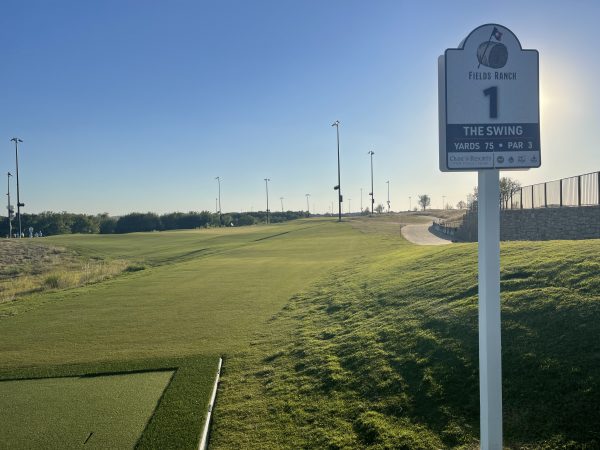
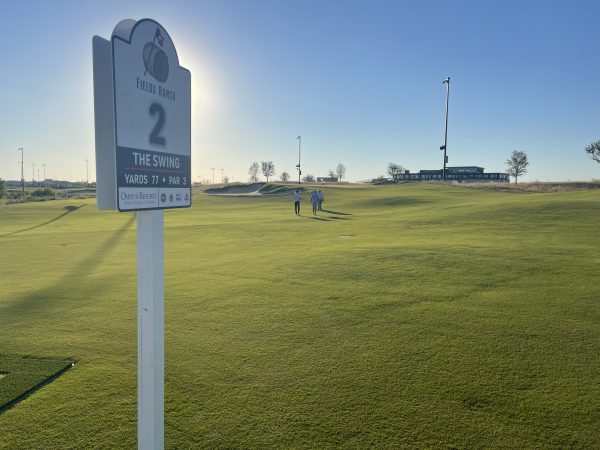
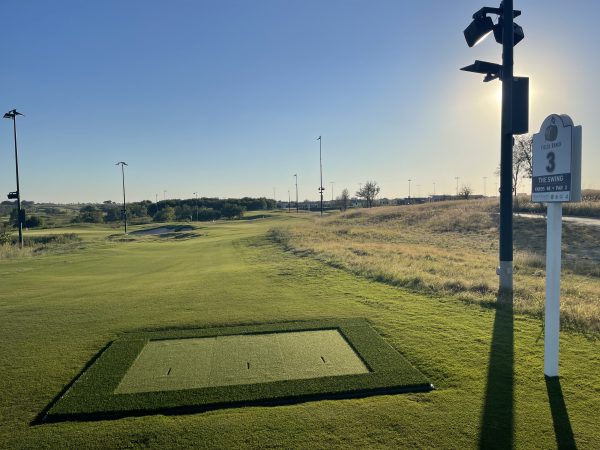
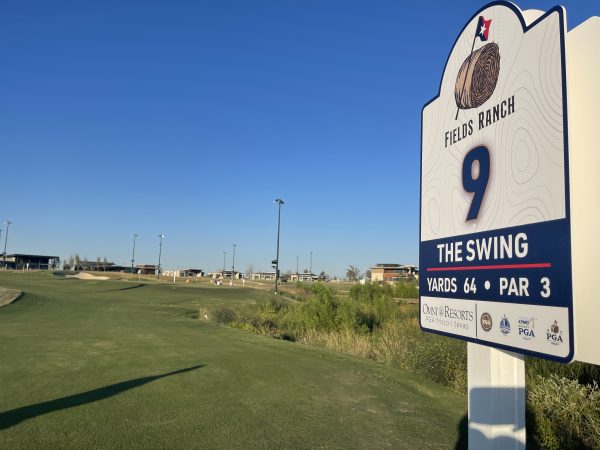
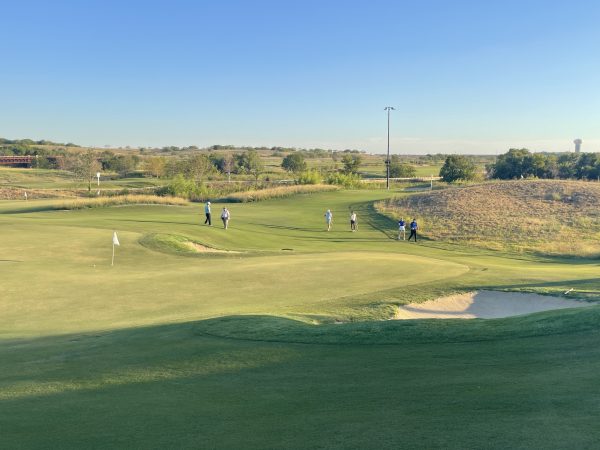
As good as the atmosphere and vibes are going to be, people are going to come for the golf. And major championships are coming too.
Fields Ranch East is already set to host the KitchenAid Senior PGA Championship in 2023, as well as 26 additional championships through 2034, including two PGA Championship events, and the KPMG Women’s PGA Championship.
Fields Ranch West Architect Beau Welling, who is probably best known for his work alongside Tiger Woods on the TGR Design projects, was excited about this property and opportunity right from the very beginning. “The original vision of this idea of multiple golf courses and a short course and practice course and all this fun stuff immediately resonated with me,” Welling said. “I remember thinking that this could be the coolest thing ever. It’s the PGA brand around this super accessible thing where people could not only visit to learn the game but also be the place where major championships are to contend.”
The East Course

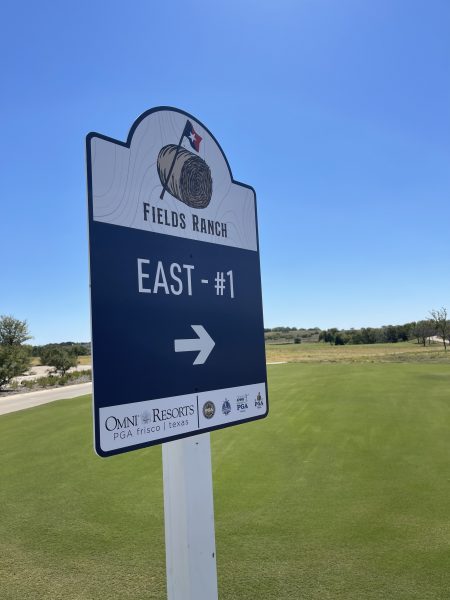
The East course is the Gil Hanse design that is set to host all these majors. The course itself could either play incredibly long or as short as you’d like it, with huge flowing tee boxes being a feature that stands out immediately. Big fairways also immediately reveal themselves as the scale of this course is big. Very big.
“You have to think about how you are going to design for a major championship but also make it approachable and playable,” Hanse said. “We worked really hard to create a playing ground where you can accomplish both. The level of precision required to go out and play the golf course should be pretty low. Wide fairways, hit your ball, find your ball, and hit it again. But the level of precision required to score should be off the charts if we are trying to challenge the best players in the world. There are opportunities to tuck pins and lengthen the East course to 7,800 yards. We feel like we have the setup for a major championship course in place.”
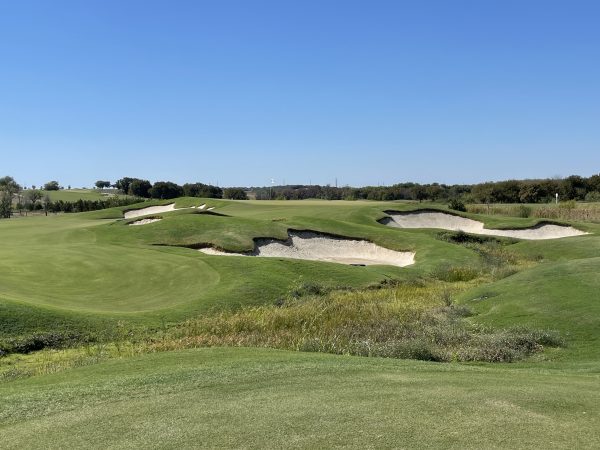
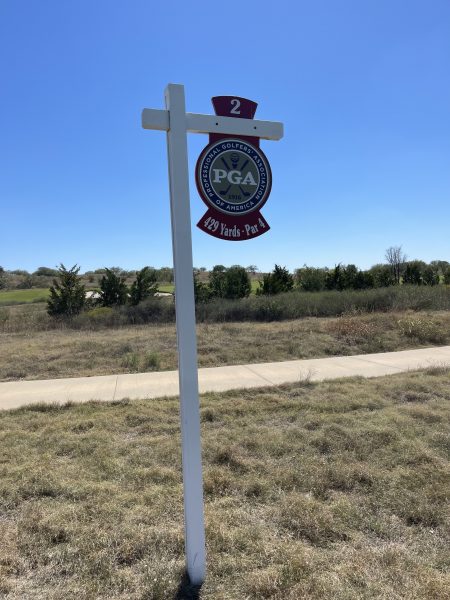
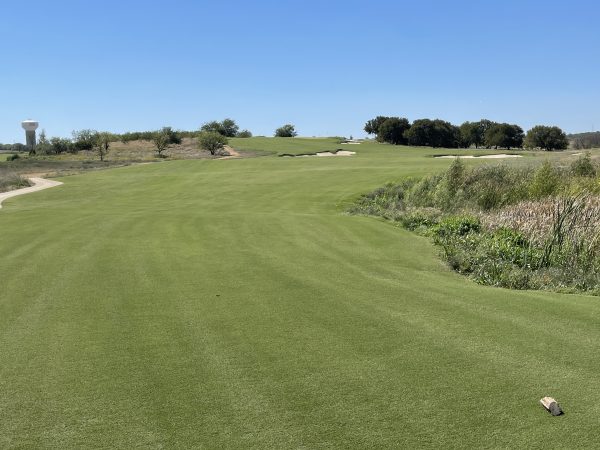

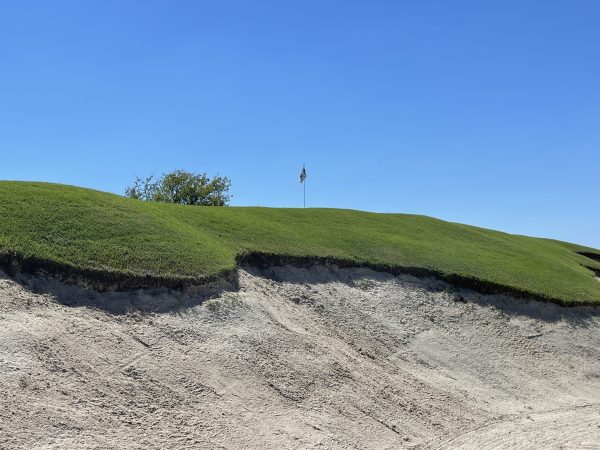
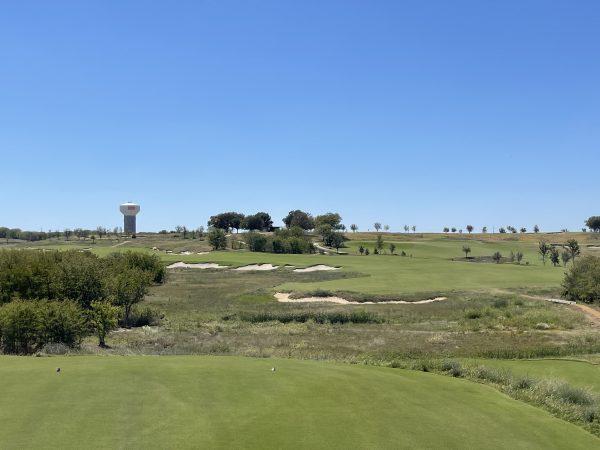
After working on the renovation at Southern Hills, Hanse drew from his experience on the Perry Maxwell design to utilize the site’s meandering Pather Creek and natural dry outs throughout the par 72 track. The course features smallish greens to contrast with the large fairways, making it a second-shot course to put a premium on accurate approaches. The fairways and rough use the same grass type to allow for flexible widening and narrowing of hole corridors to adjust for championship play.
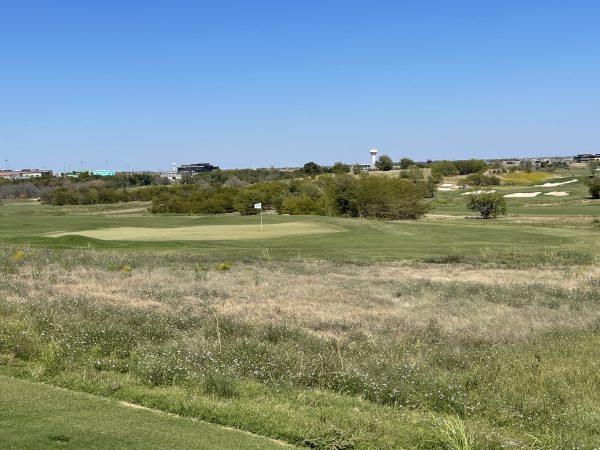

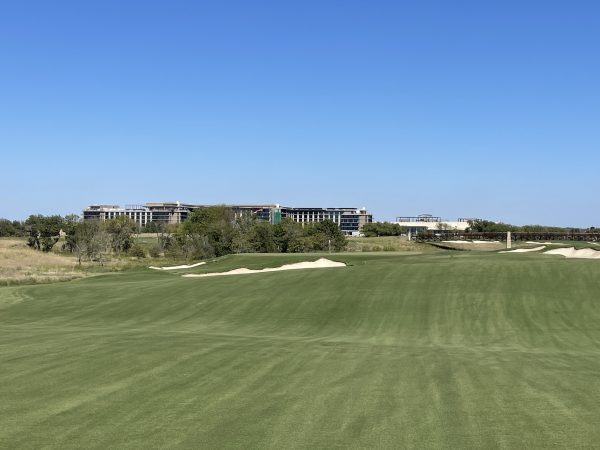
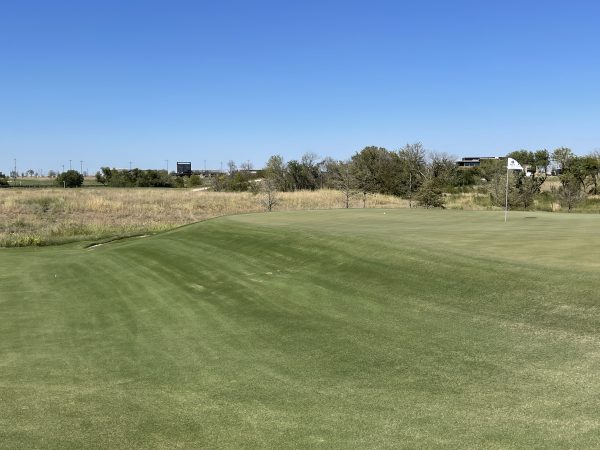

The course maintains a prairie-like feel throughout the routing, but the back nine really shines with Texas character. The creek comes into play on many of the closing holes, including a gorgeously long par three thirteenth hole, and an 18th-hole par five that will hopefully provide some incredible major finishes.
“When the stage is set, we would rather see positive outcomes to determine champions as opposed to negative ones,” Hanse said. “We really enjoy watching golfers make birdies and eagles to win as opposed to some guy making double bogey and the guy who made a bogey barely hangs on to win. So we set up our finishing holes with some tough stretch of holes to start the back nine and then the driveable 15. Then 17 is the shortest par three on the golf course. And then 18 is a reachable par five. So they will have to make decisions and then hopefully positive outcomes will determine how it unfolds.”
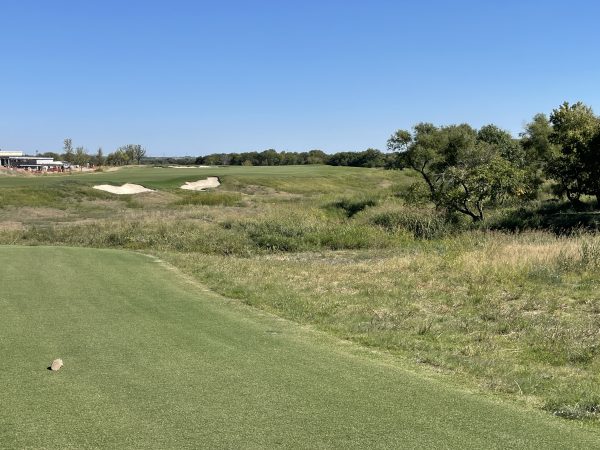
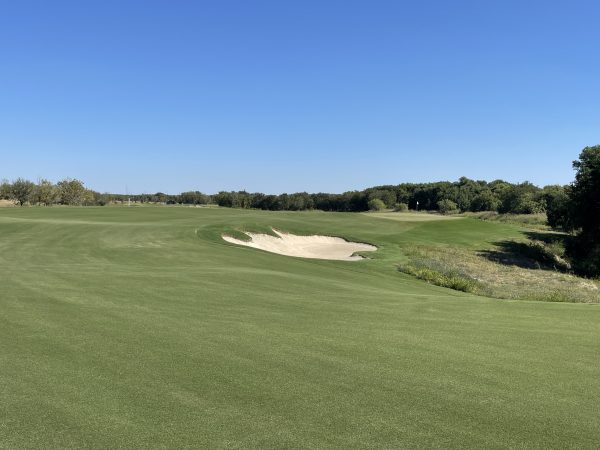
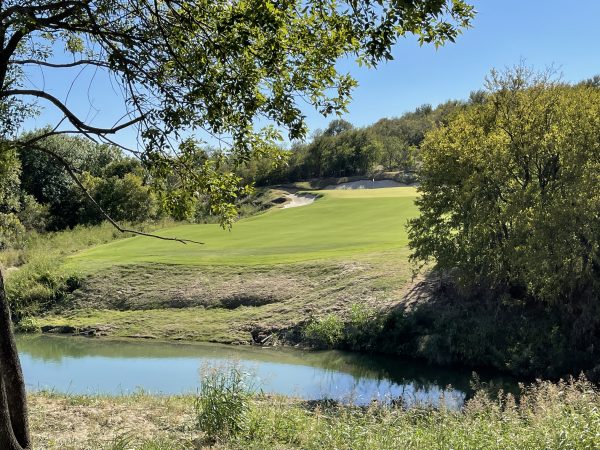
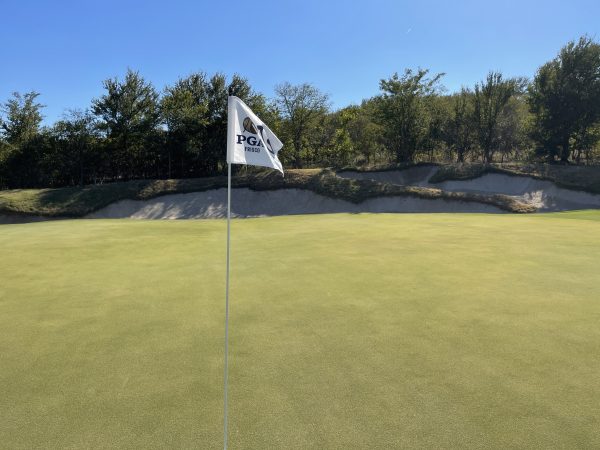
There are also rumors of a Ryder Cup coming to PGA Frisco.
“If we ultimately get the Ryder Cup,” Hanse said, “we thought about most matches not making it to 18. So what can we do with holes 14-16, where generally most matches end. So we wanted to set those up for interesting golf and put it in an amphitheater that is set up really nicely for viewers. So whether it is a PGA championship, LPGA Championship, Senior PGA Championship, or Ryder Cup, we feel like that stretch is going to provide a really interesting way to finish a golf course as opposed to just a long slog to the finish.”
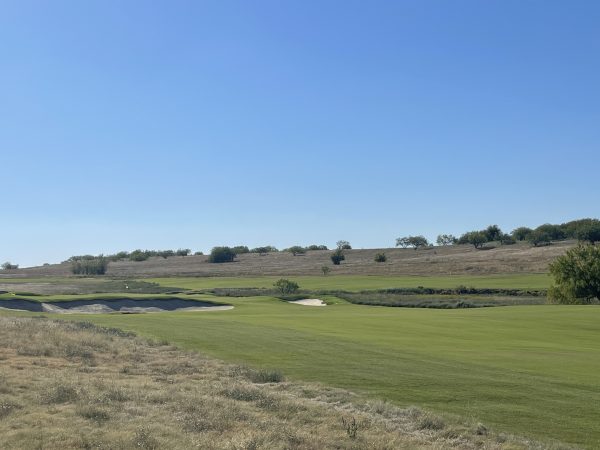

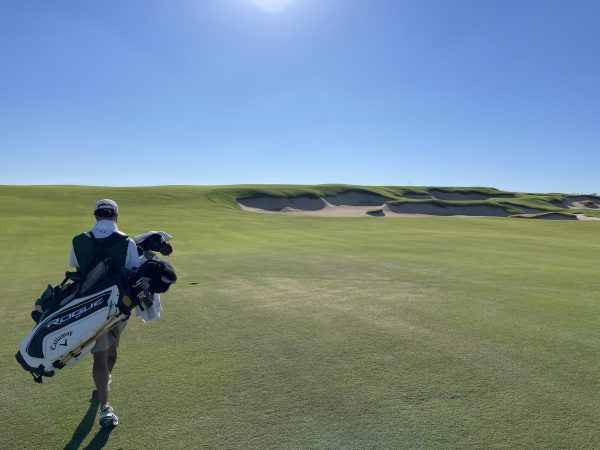
The West Course
The West Course, which is the Welling design, is a playable compliment to the East course, providing another glimpse into big golf in Texas. The expansive fairways average 75 yards in width but the green complexes on Fields Ranch West tend to be much larger than its sister course. The size and scale were both something that Welling wanted to provide as a hat tip to its host state.
“Everything is big in Texas,” Welling said. “There are big weather events and big wind. But there is also incredible passion around the game here in Texas. Frisco is going to get famous because of the major championships on the East golf course, but long term it is going to have such an impact on the game as 28,000 members of the PGA come here to Omni and see golf presented in such a fun and modern way.”
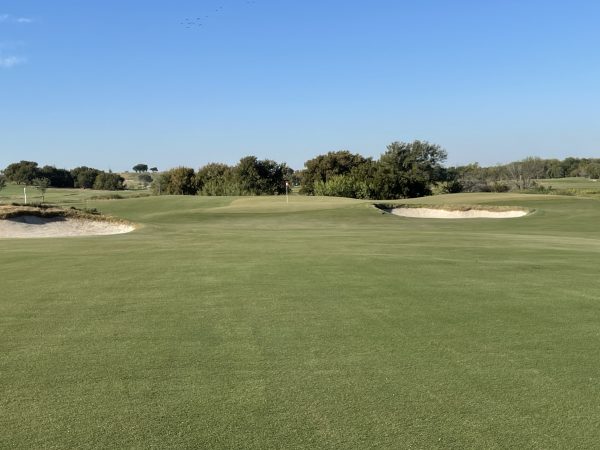
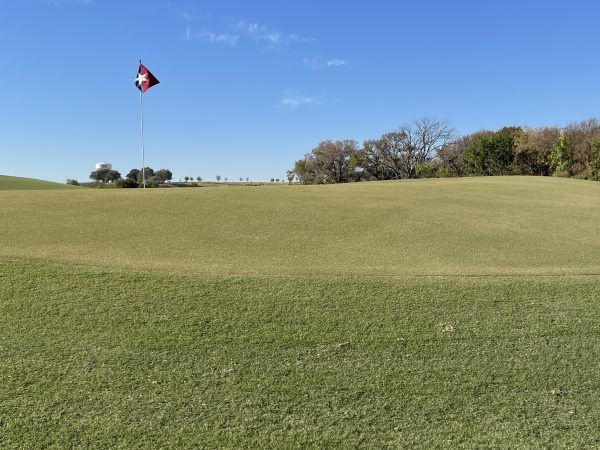
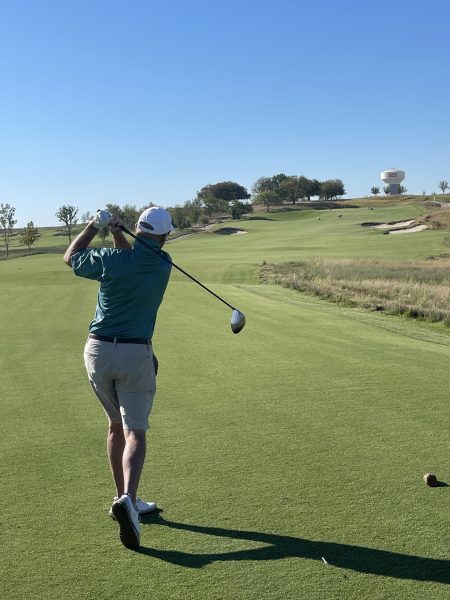
The West Course also plays about 500 yards shorter than the East, tipping out at 7319 yards. The greens are larger but much more complex, with lots of undulation and hills to navigate. While the fairways and greens are big, you need to be in the right spot of each if you want to score. Nearly every green has a false front or false side waiting to shoot an errant approach back down the hillside.
Still, the scale allows for any handicapped golfer to play this course with enjoyment.
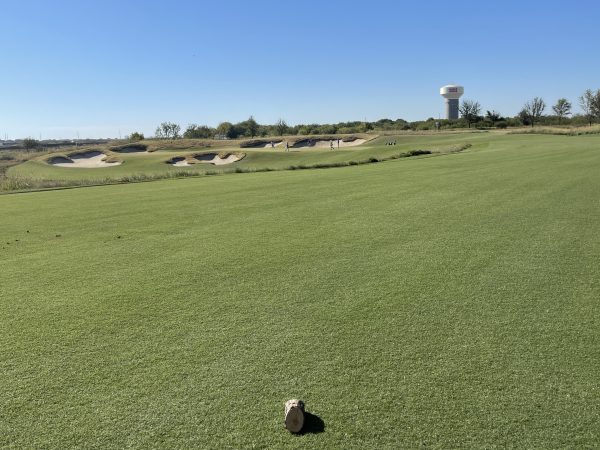
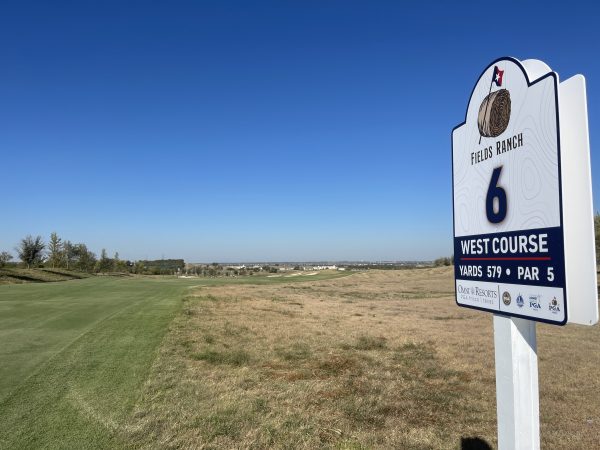
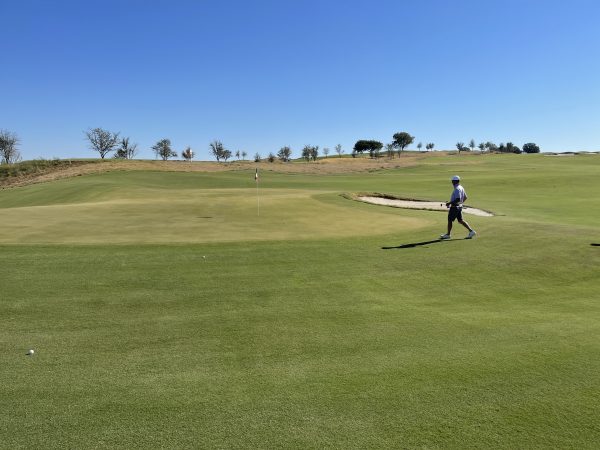
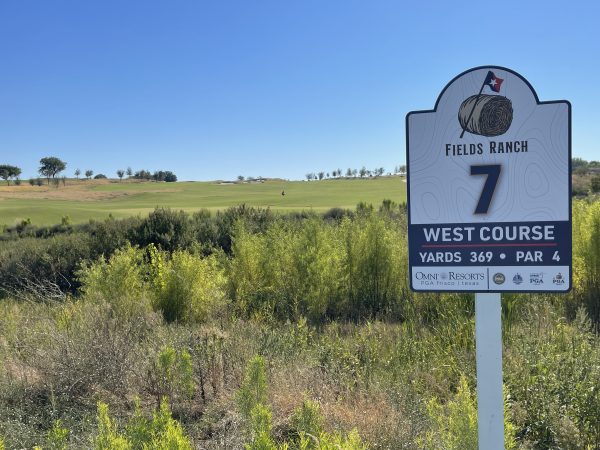
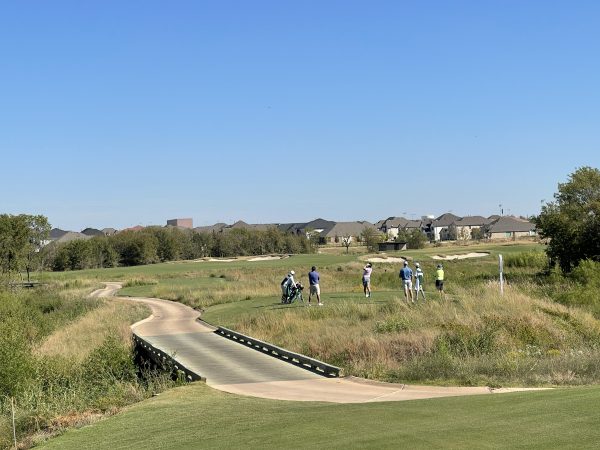
The course also uses the local terrain and elevation changes to both challenge and support each hole. The shorter par 4’s are often uphill, adding length where it isn’t otherwise there. The marshland and Panther Creek are more prevalent on the West course as well, utilizing the hazard to create more necessary carries.
The end result for Fields Ranch West is an approachable compliment to its companion course. There is an obvious feeling of connection between the two courses, but the style of play required for each is unique.
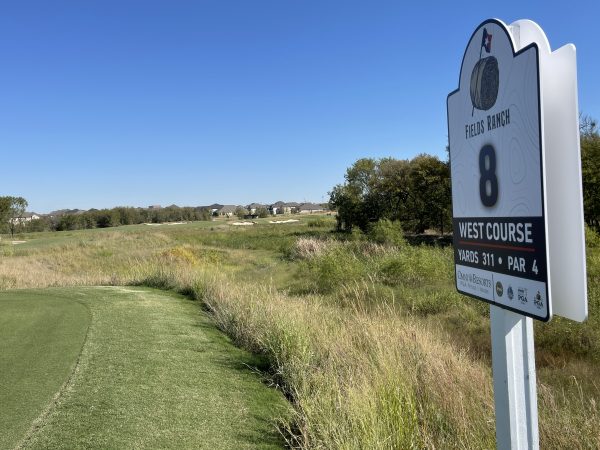
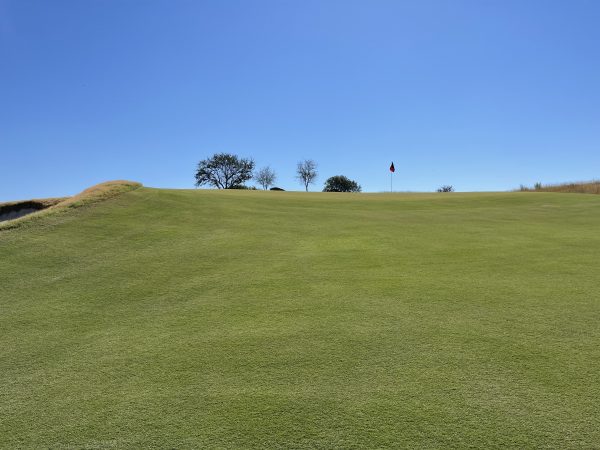
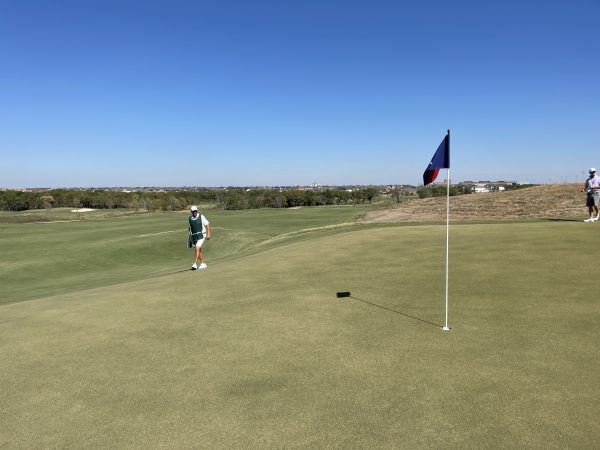
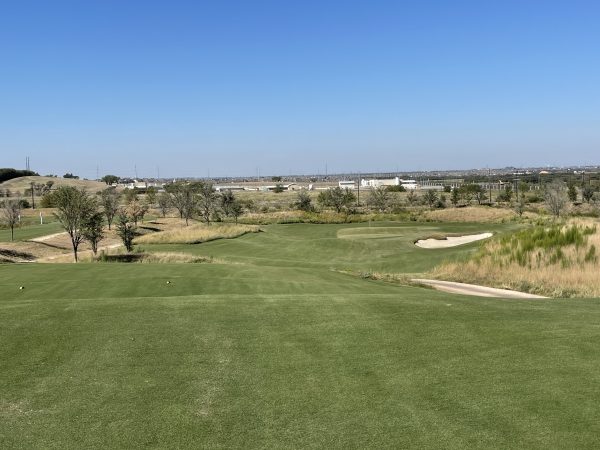

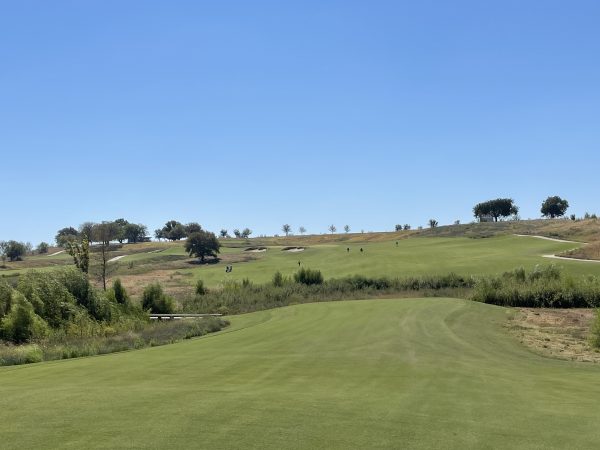
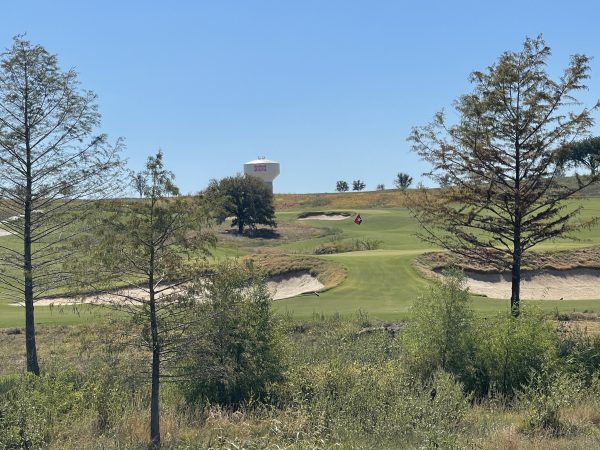
With the partnership and resources of the PGA of America and Omni Hotels and the design leadership of Gil Hanse and Beau Welling, the PGA Frisco campus is primed to rival the best in the world as a premier golf destination.
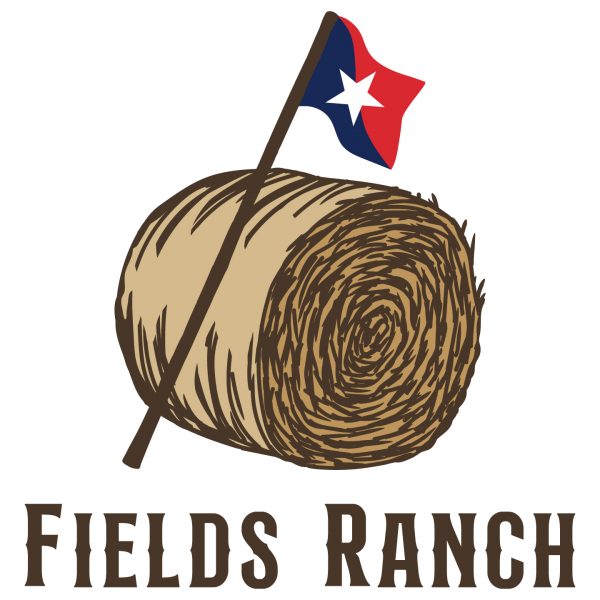
- LIKE60
- LEGIT38
- WOW18
- LOL0
- IDHT2
- FLOP0
- OB0
- SHANK0
Courses
Inside Pebble Beach’s “The Hay” Short Course (designed by Tiger Woods/TGR)
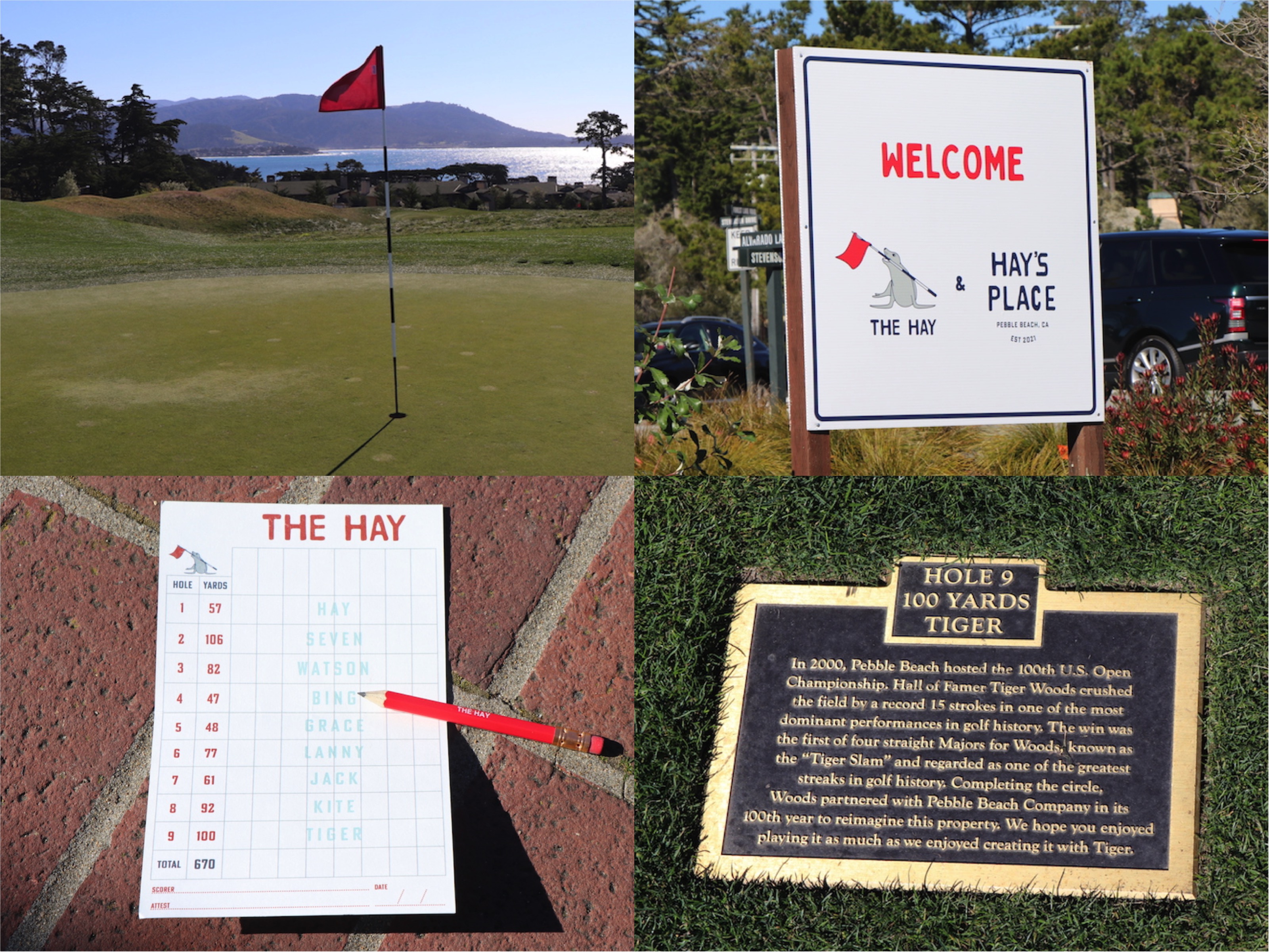
This is my first trip to Pebble Beach since Tiger Woods’ new “The Hay” short course opened up in 2021, so I had to see the new setup for myself. Preferably, I would have actually played it, but the course was closed for maintenance ahead of the 2022 AT&T Pebble Beach Pro-Am festivities.
Luckily, though, I had my camera handy as the fine folks at Pebble Beach’s short course allowed me to walk around and check it out. Below, I’ll take you along my walking tour, but first, some brief backstory and information.
The short course, formerly known as the Peter Hay Golf Course, sits just across the road from Pebble Beach’s driving range, and it’s been a fixture at the resort since 1957. The course was originally named after Peter Hay, the head professional at Pebble Beach and Del Monte. He created the short course to provide a way for junior golfers and families to more easily access the game, regardless of their abilities.
In 2021, Pebble Beach teamed up with Tiger Woods and the TGR Design team to give the course a redesign (without moving any trees or dirt, according to a Pebble Beach representative).
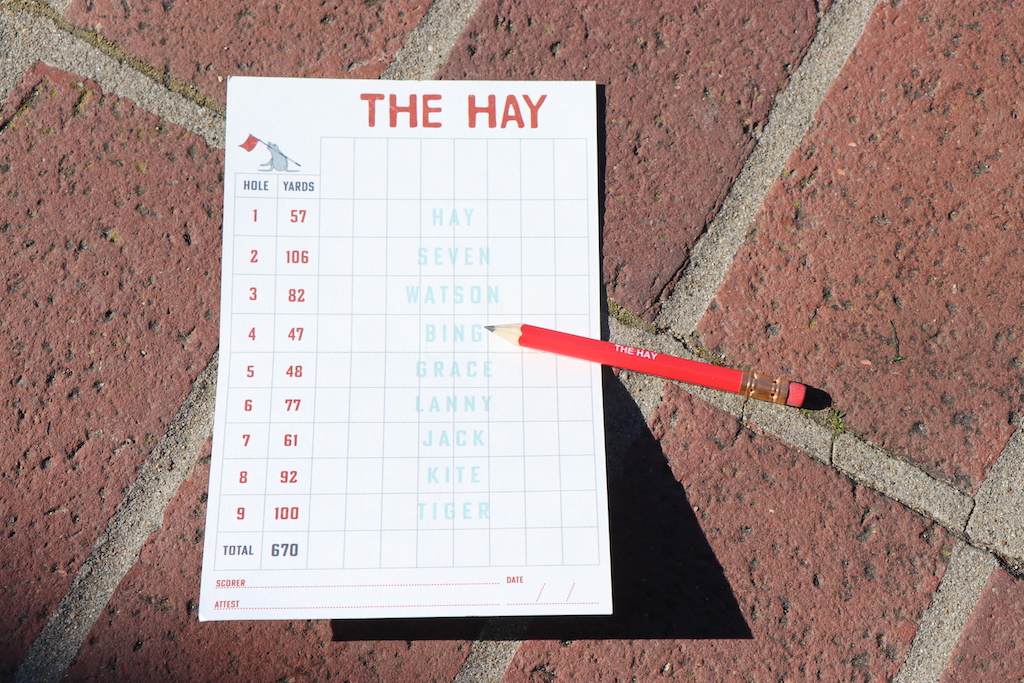
The new 9-hole short course is open to the general public for $65, and juniors under 12 years old play for free. The putting course, which sprawls about 100 yards in length, is open to the public at no cost, as well.
“We know not everyone who comes to Pebble Beach will have a chance to play the U.S. Open course, so we wanted to create the opportunity for all visitors to experience one of its most famous holes,” said Tiger Woods, according to The Hay’s website.
There’s also a restaurant/bar – called “Hay’s Place” – that has views of the entire course, and of Stillwater Cove. It’s not a bad spot to grab a drink before or after the round, and I hear the fish tacos are phenomenal. Just saying.
Enjoy the photos below from Tiger’s new-and-improved Pebble Beach Short Course, called “The Hay.”
The 100-yard putting green course
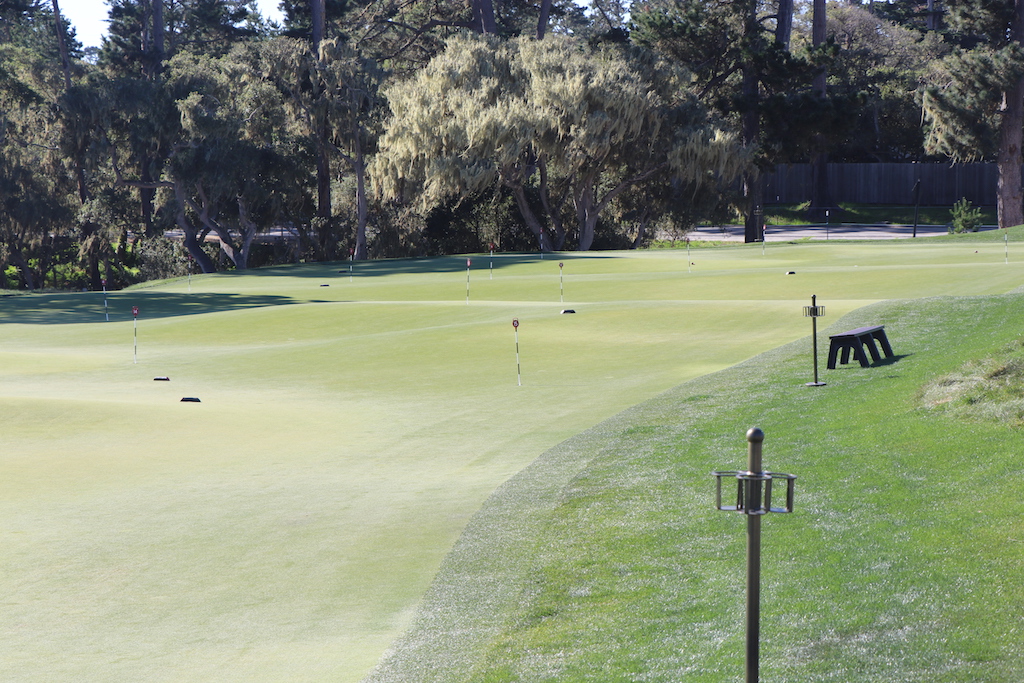
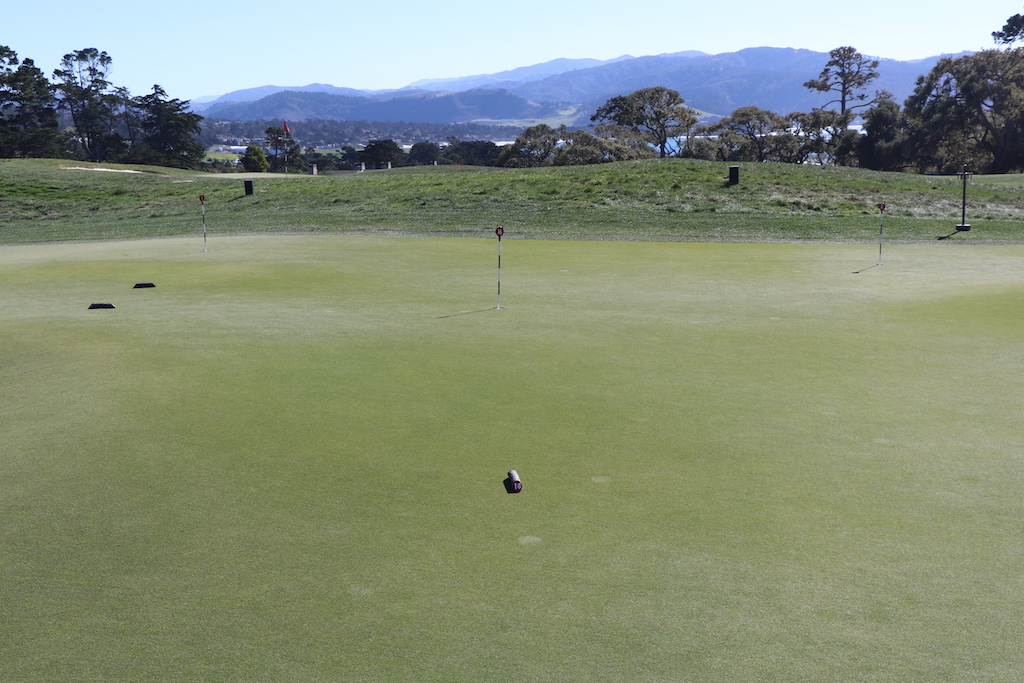
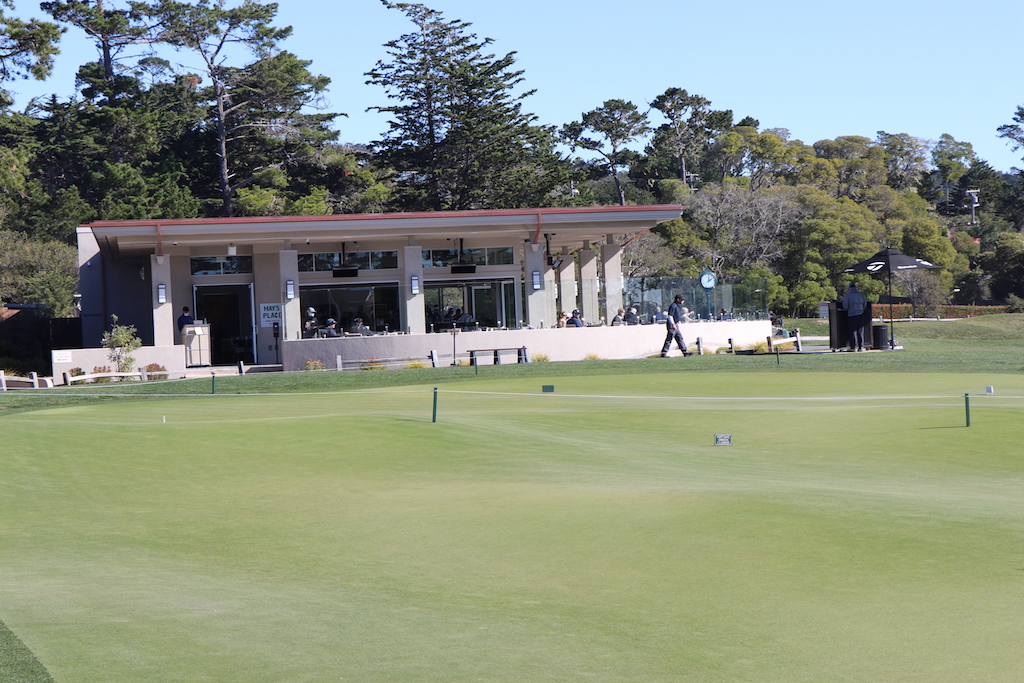
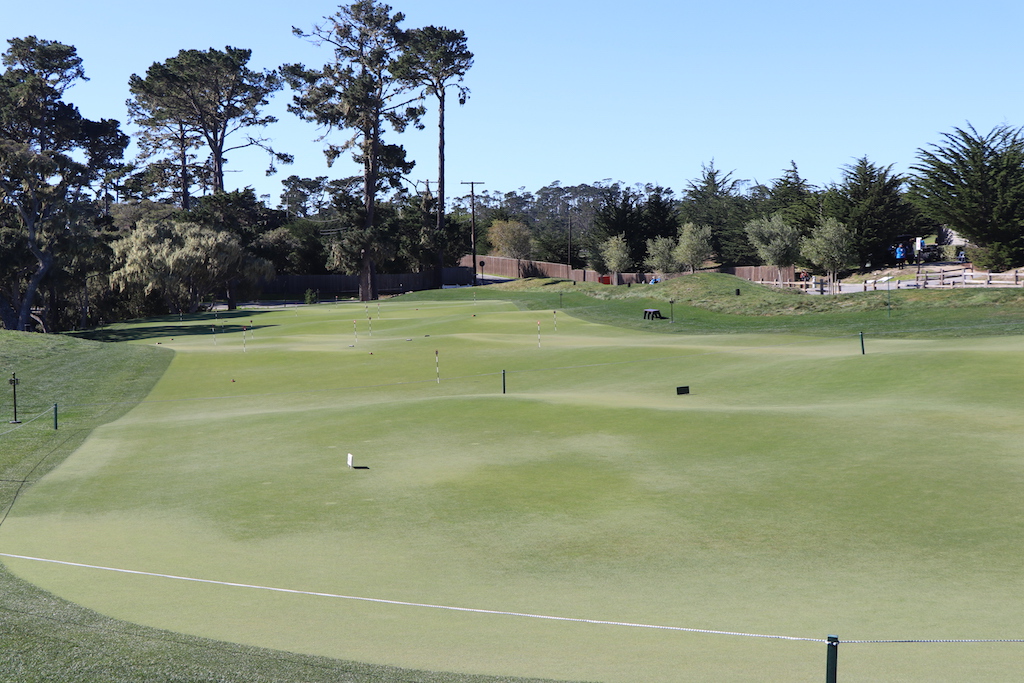
Hole No. 1: “Hay”
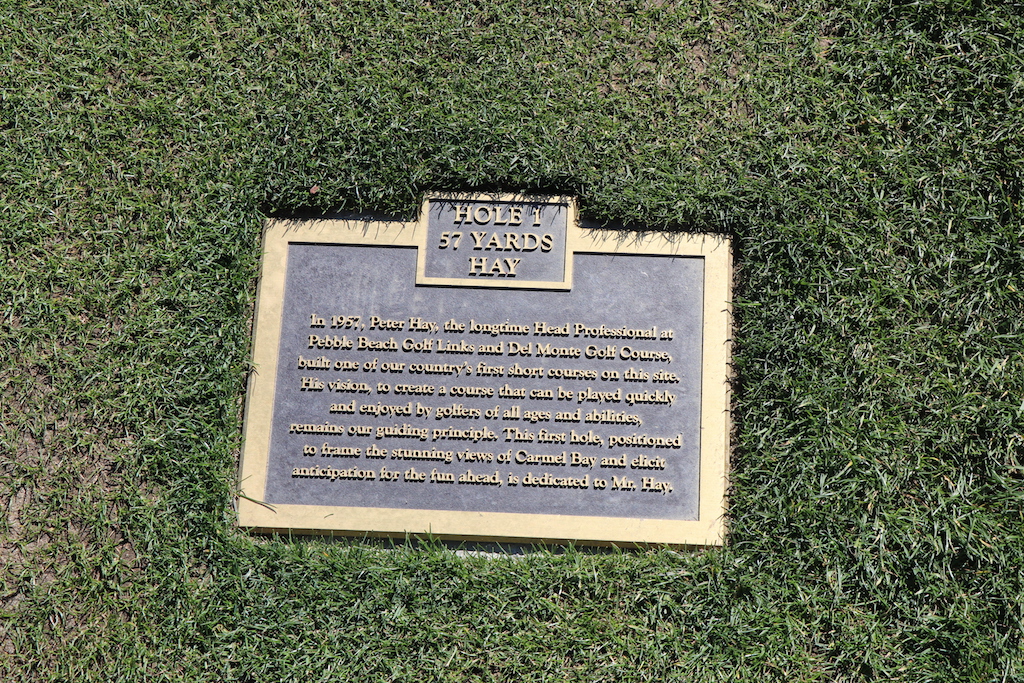
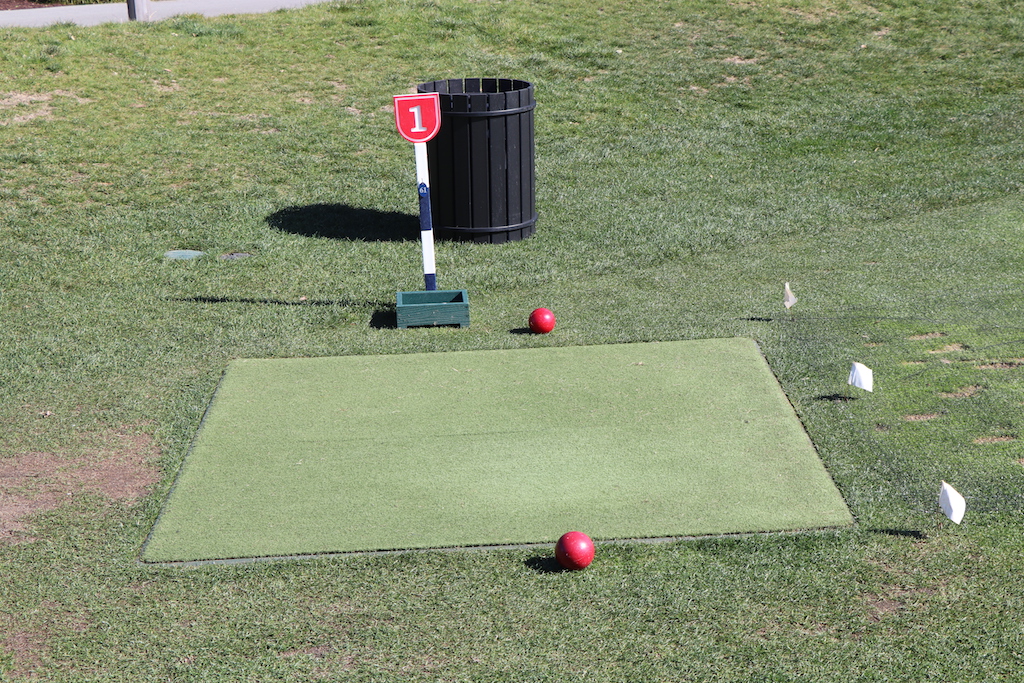
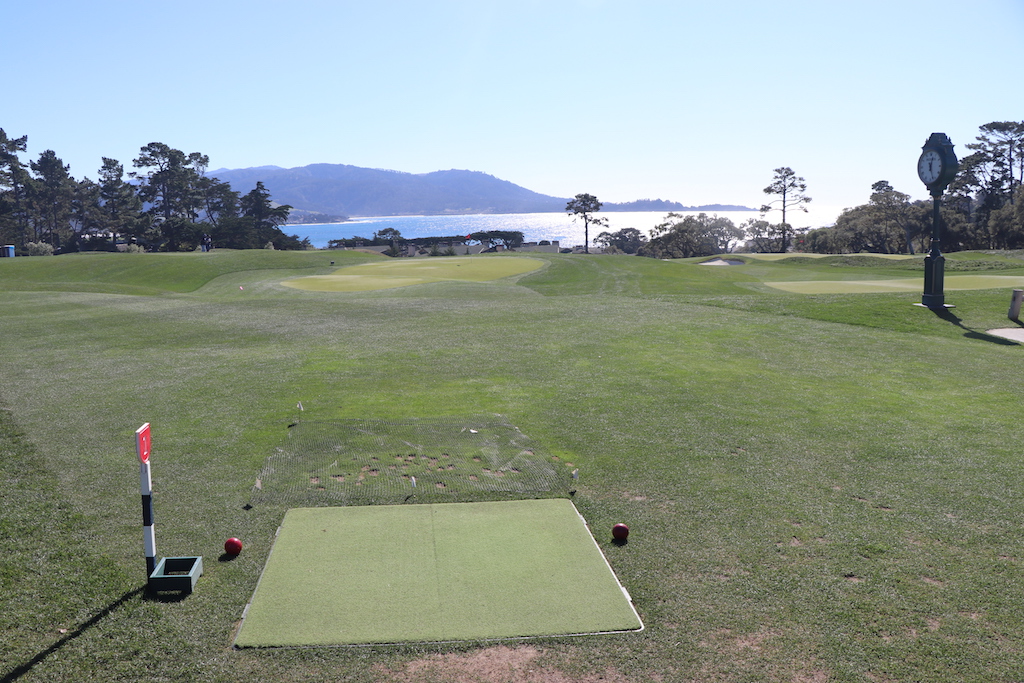
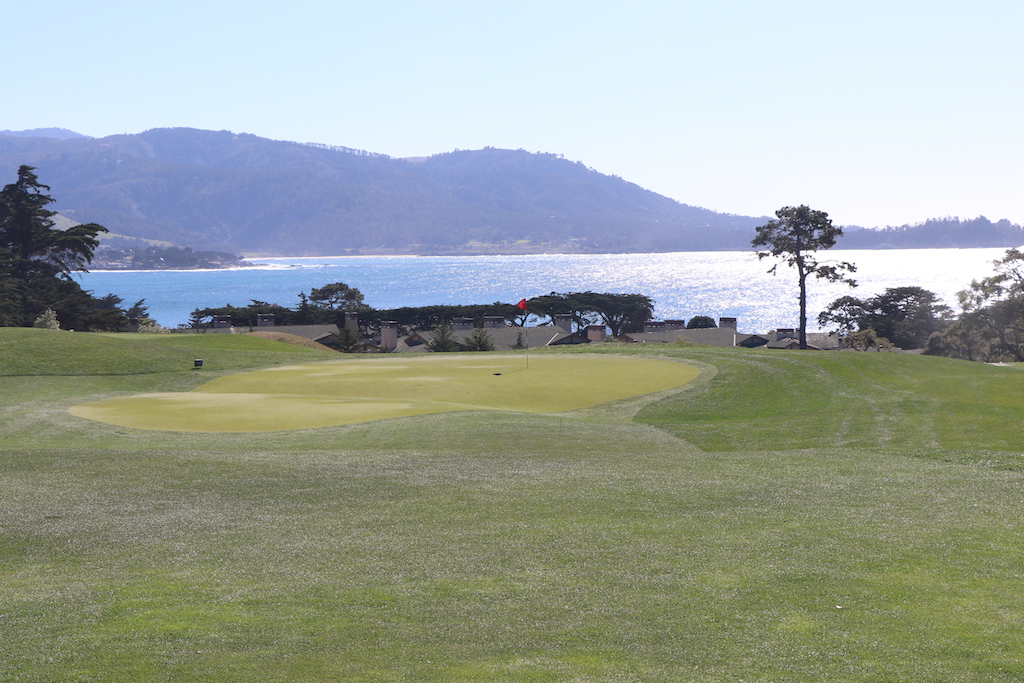
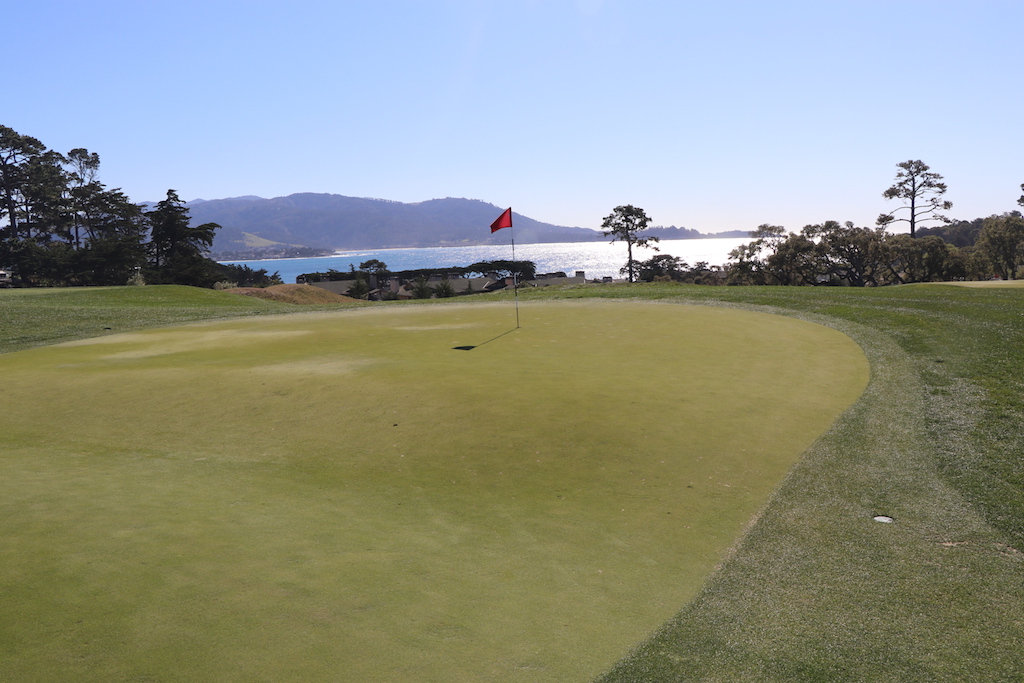
Hole No. 2: “Seven”
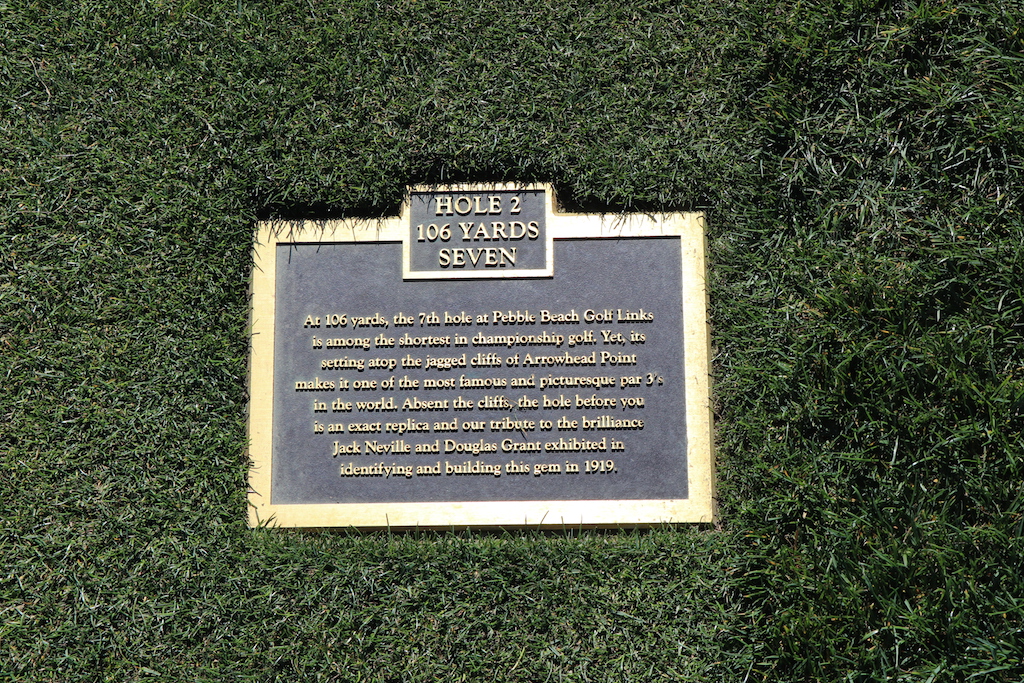
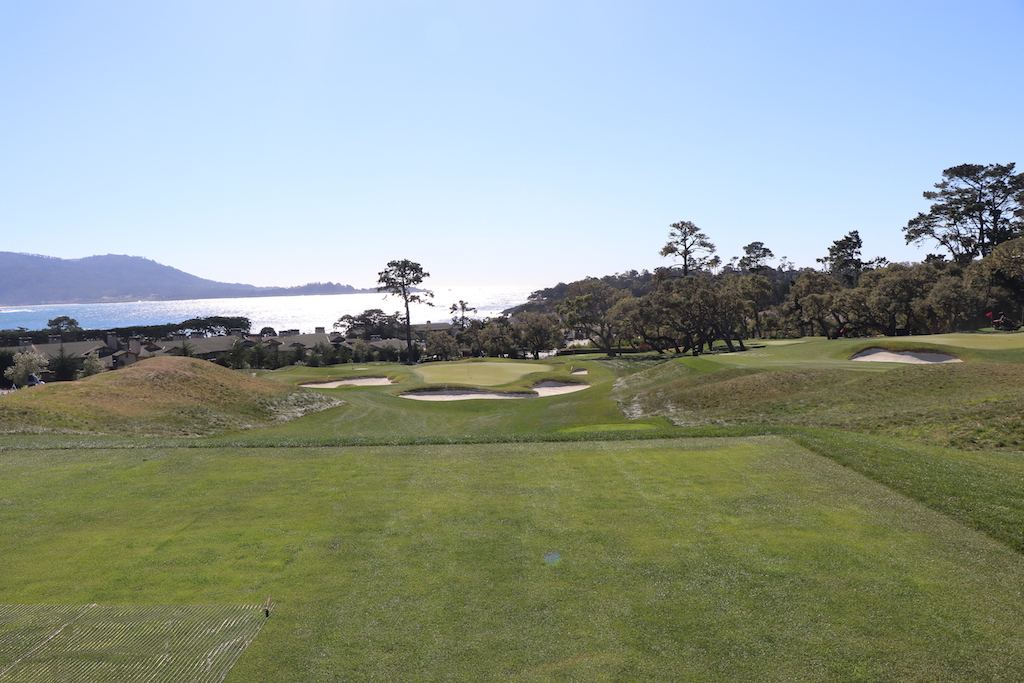
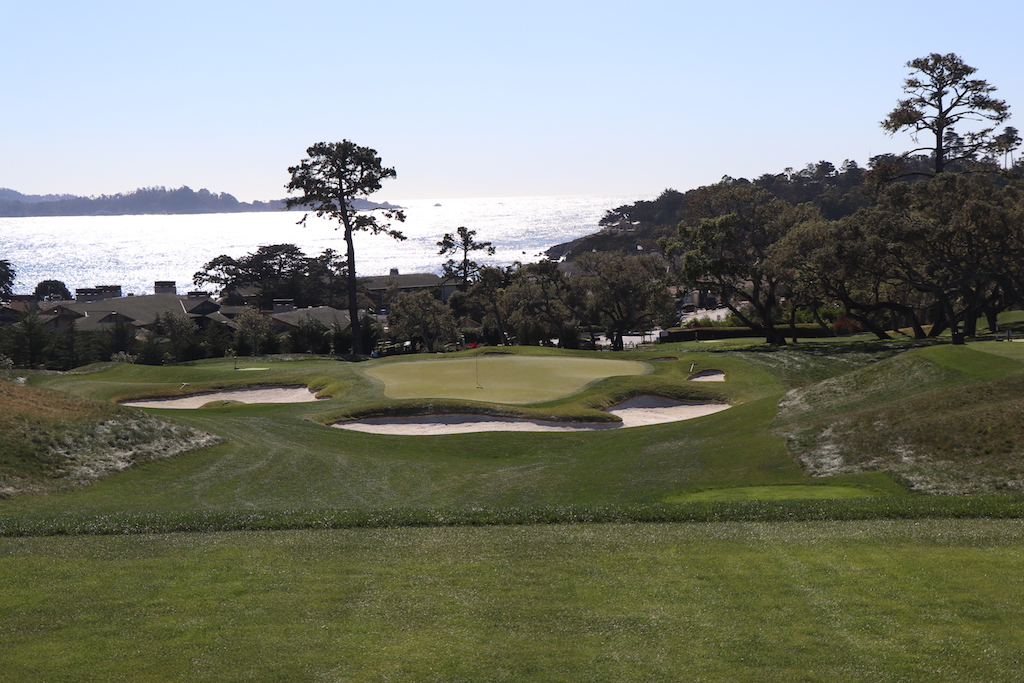
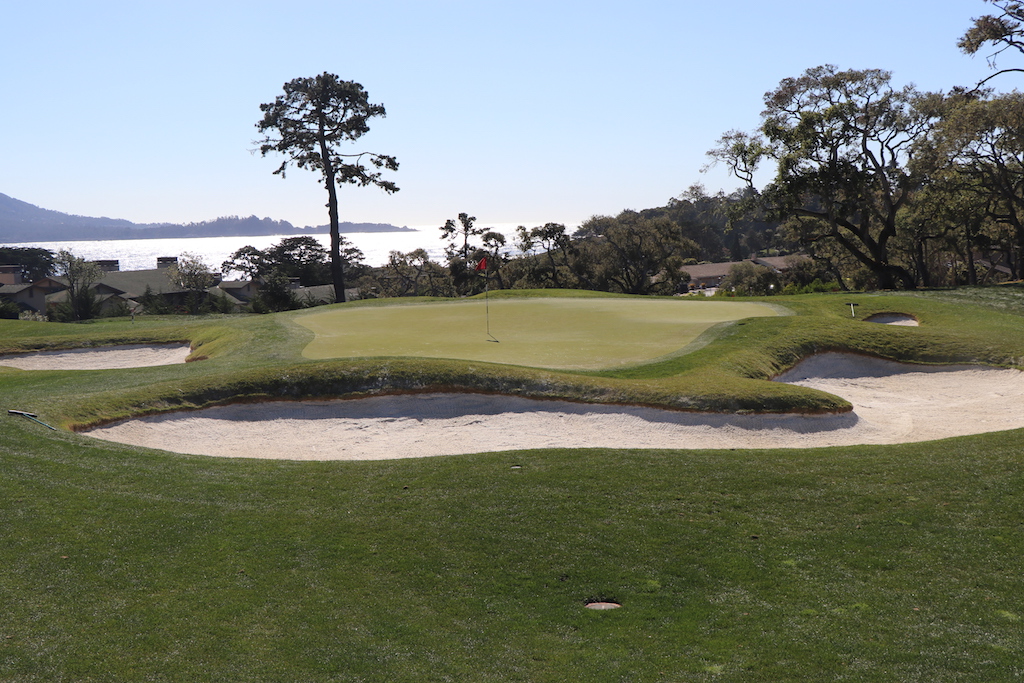
Hole No. 3: “Watson”
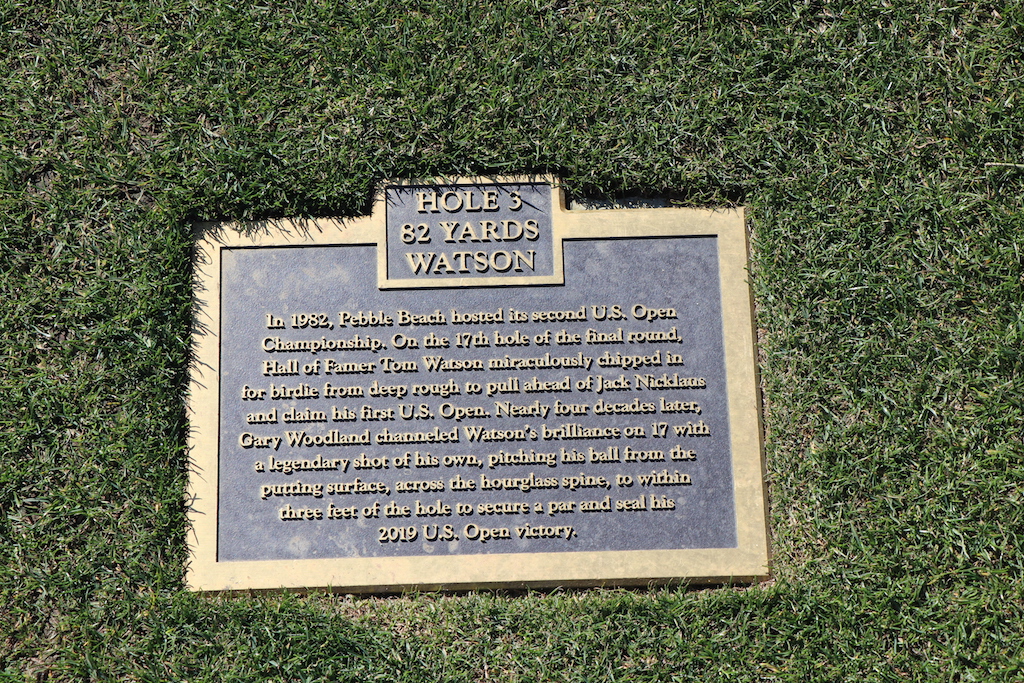
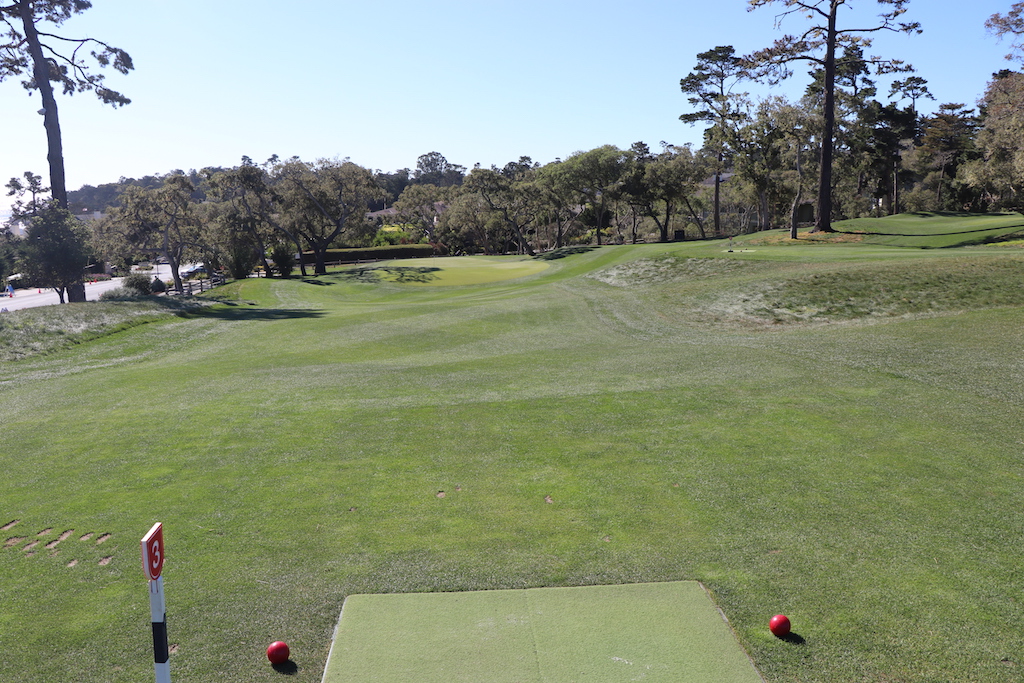
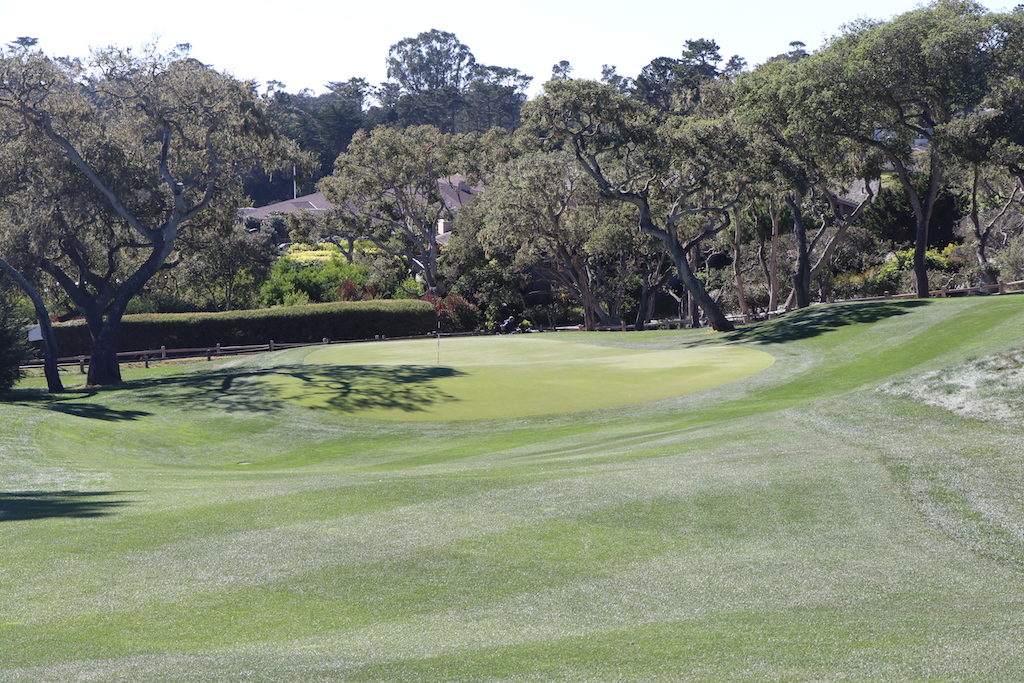
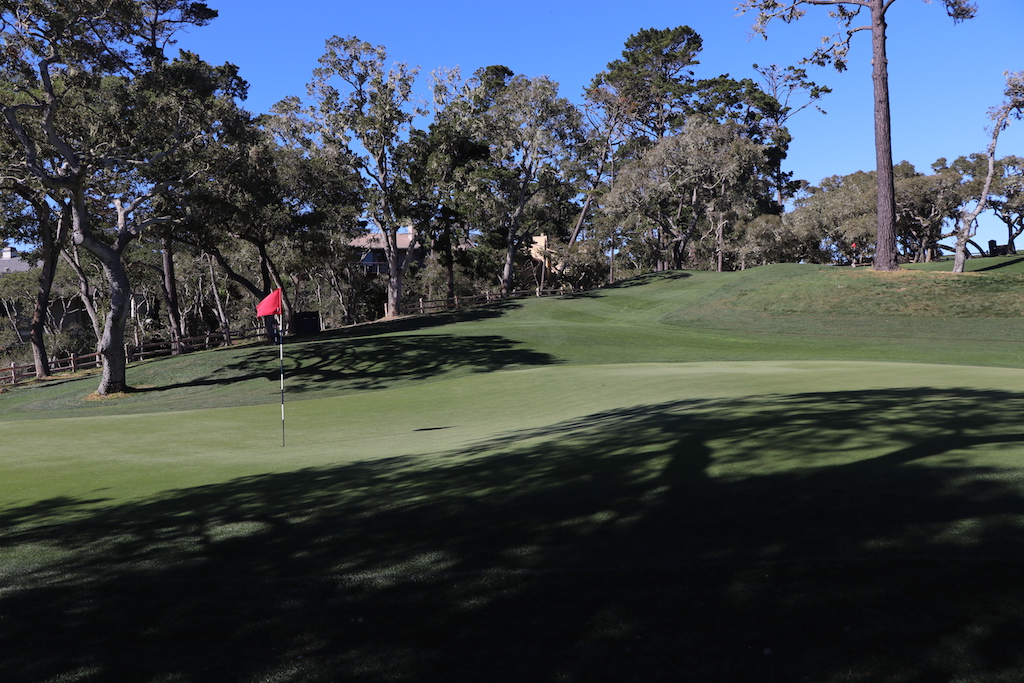
Hole No. 4: “Bing”
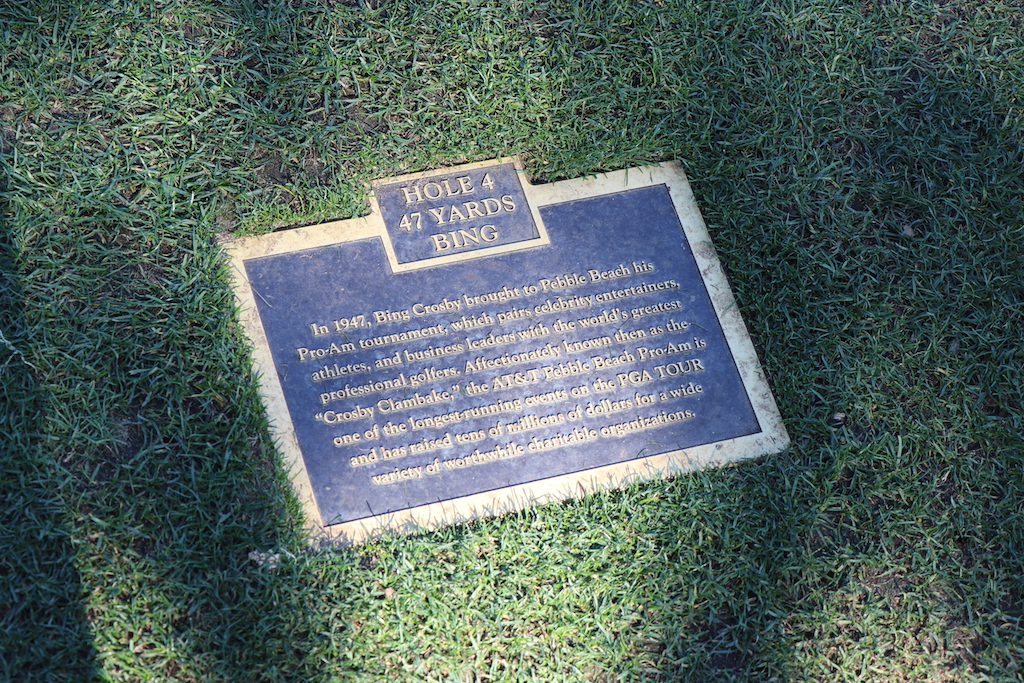
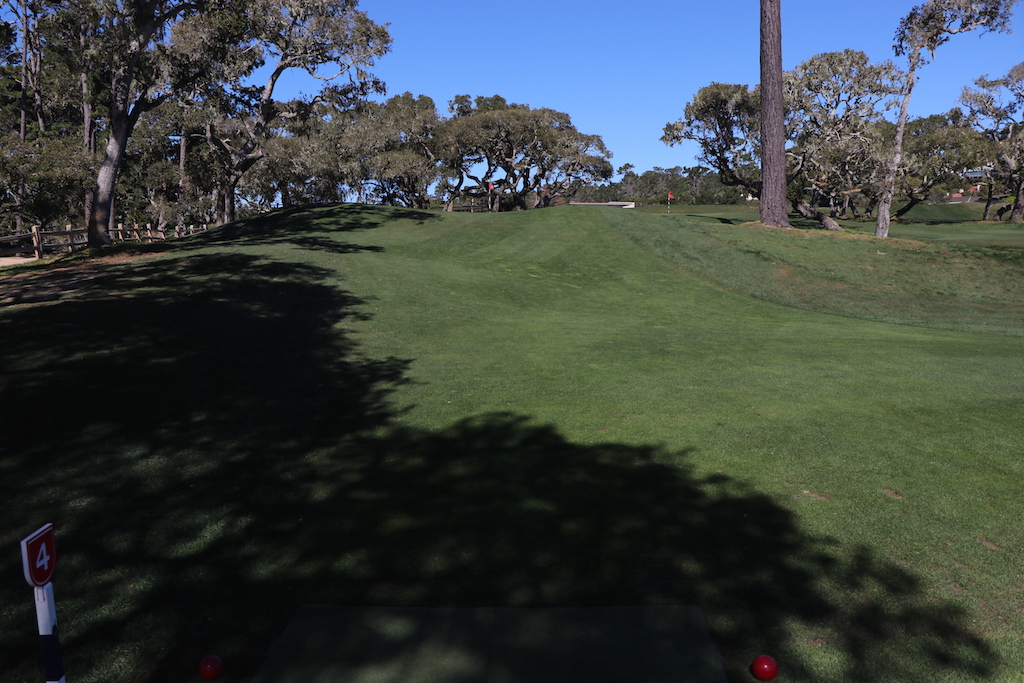
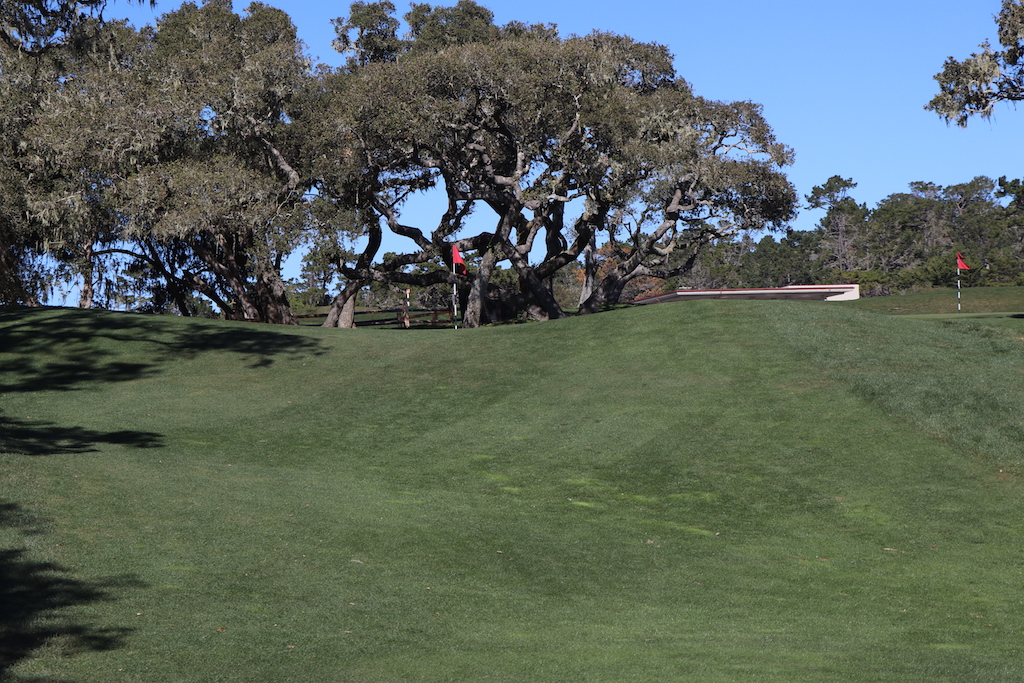
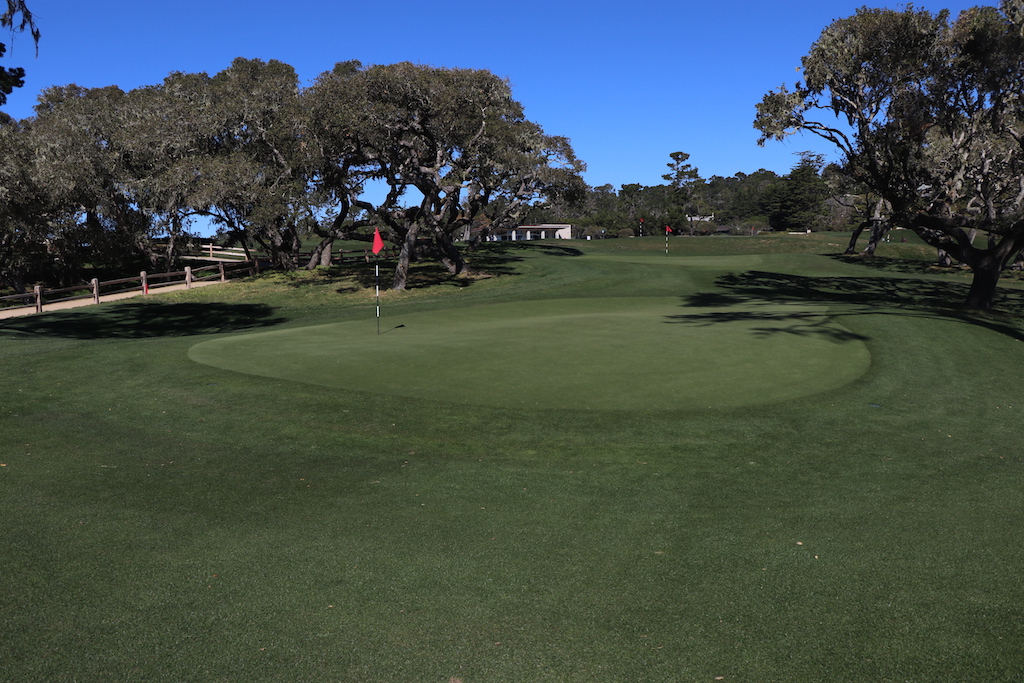
Hole No. 5: “Grace”
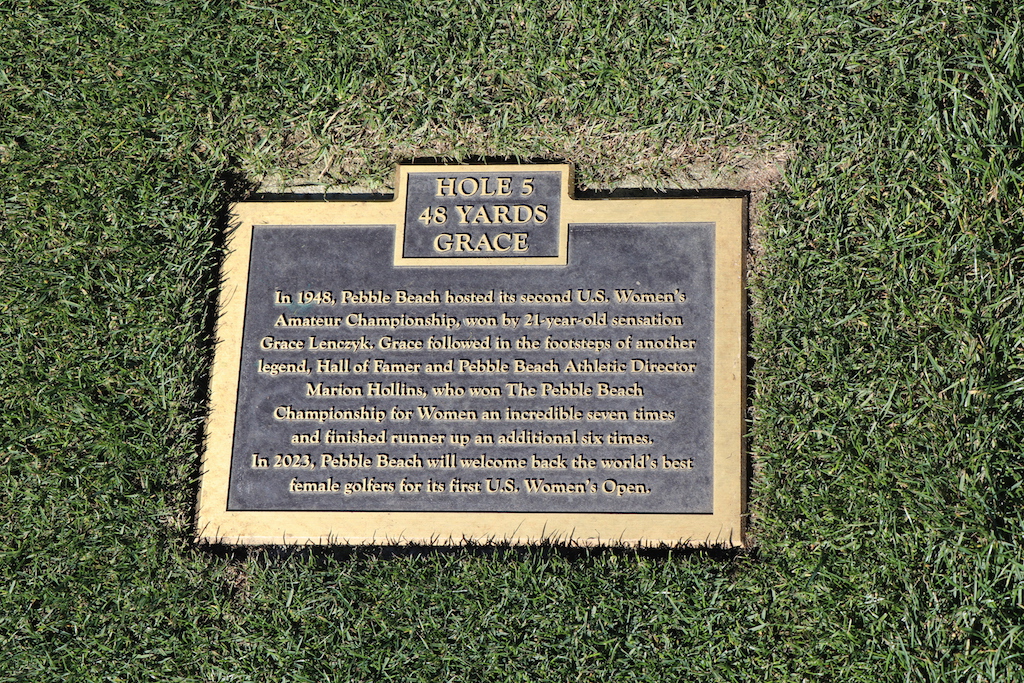
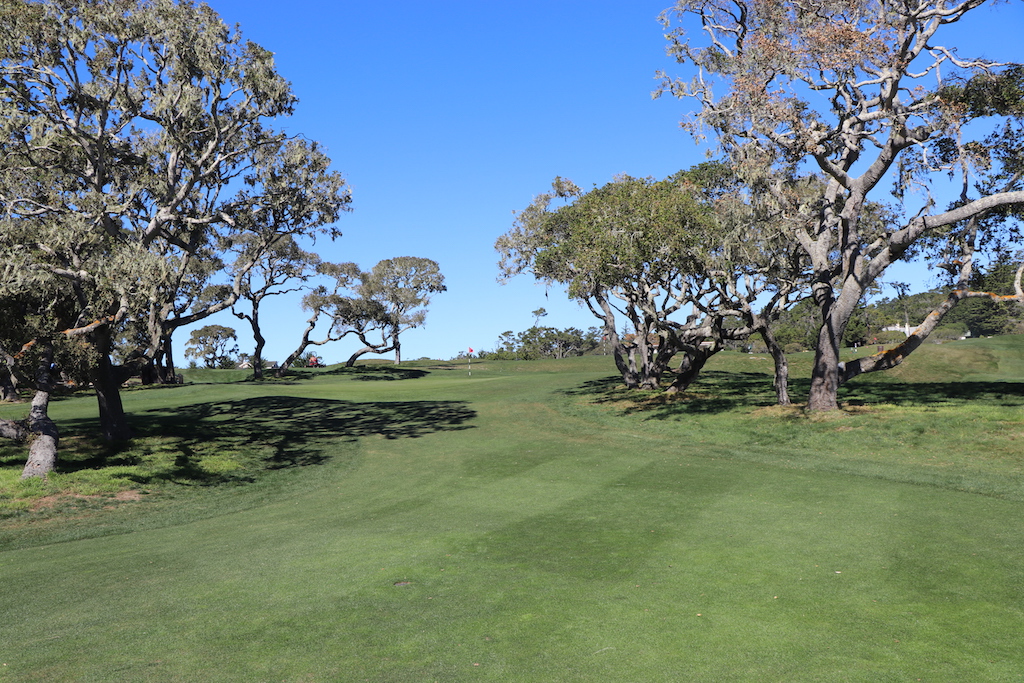
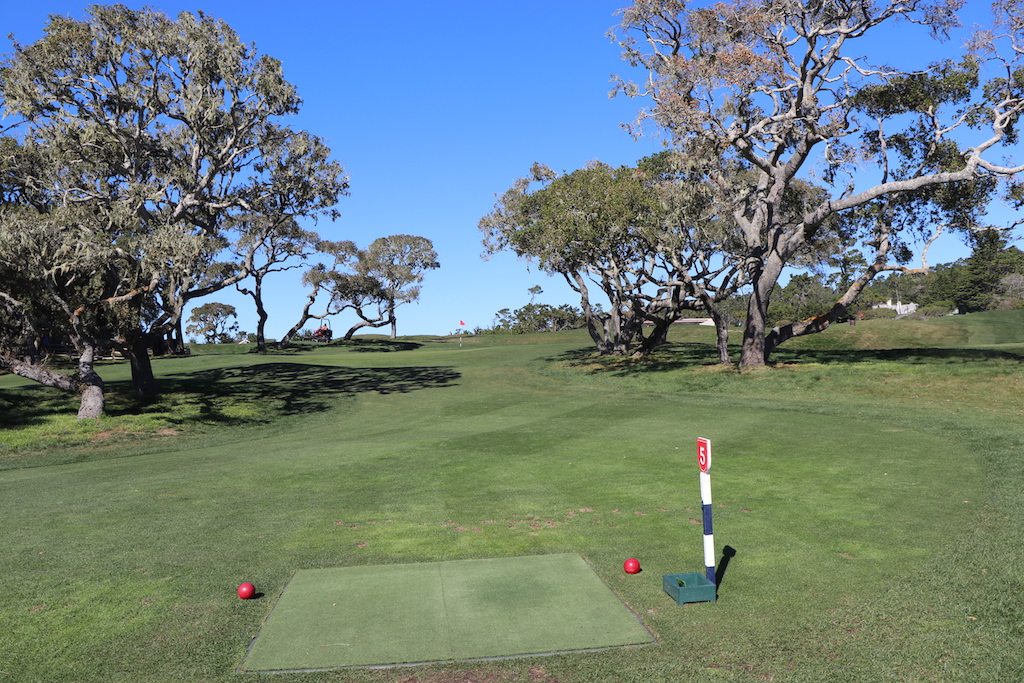
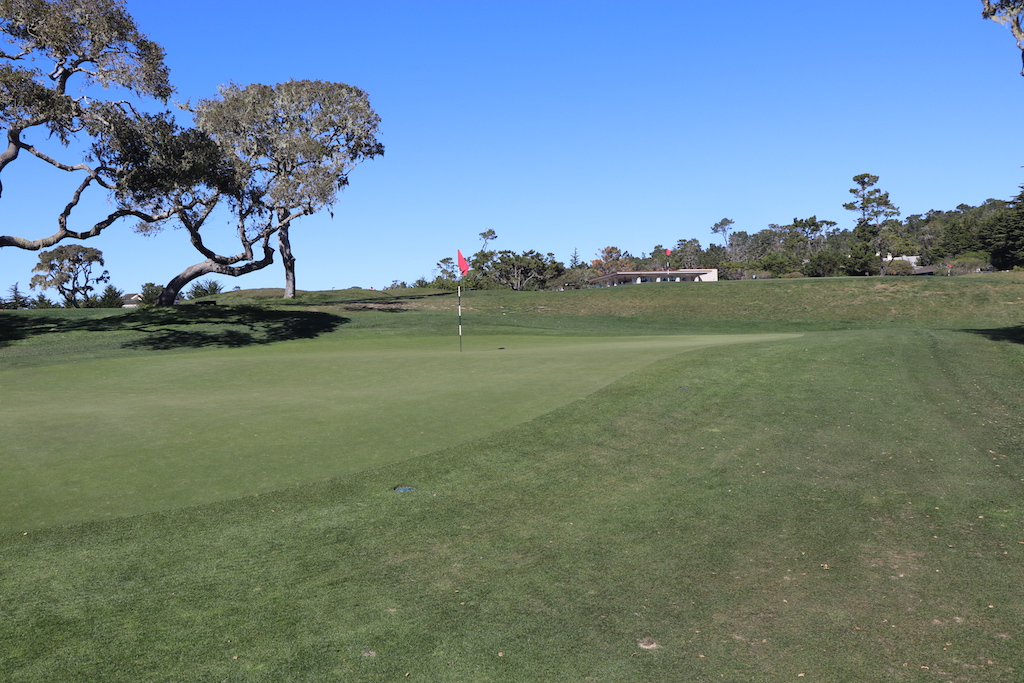
Hole No. 6: “Lanny”
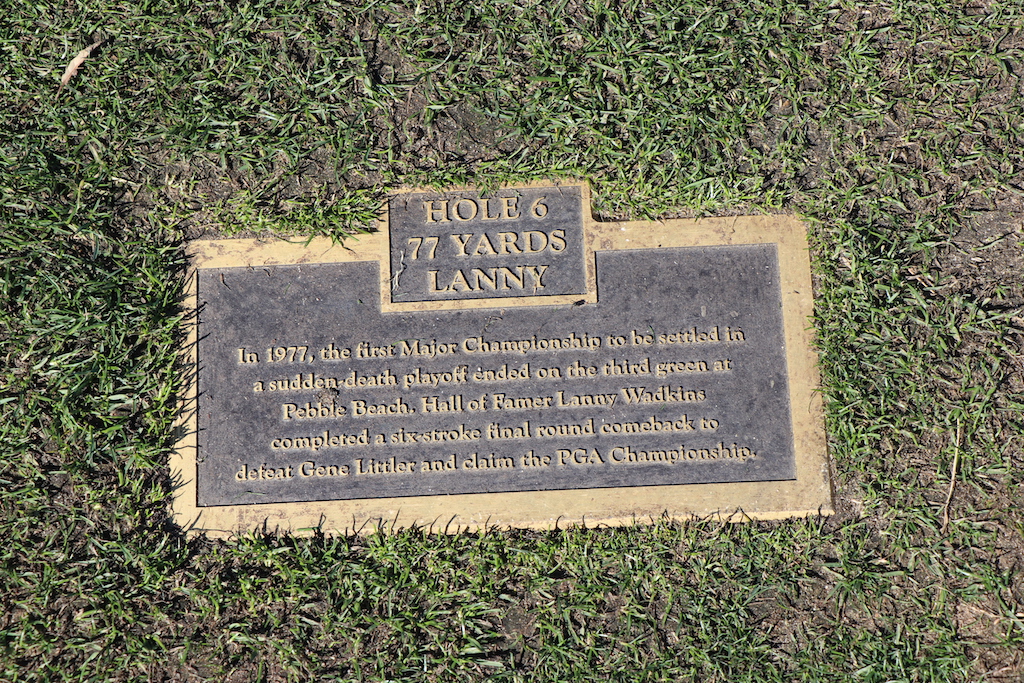
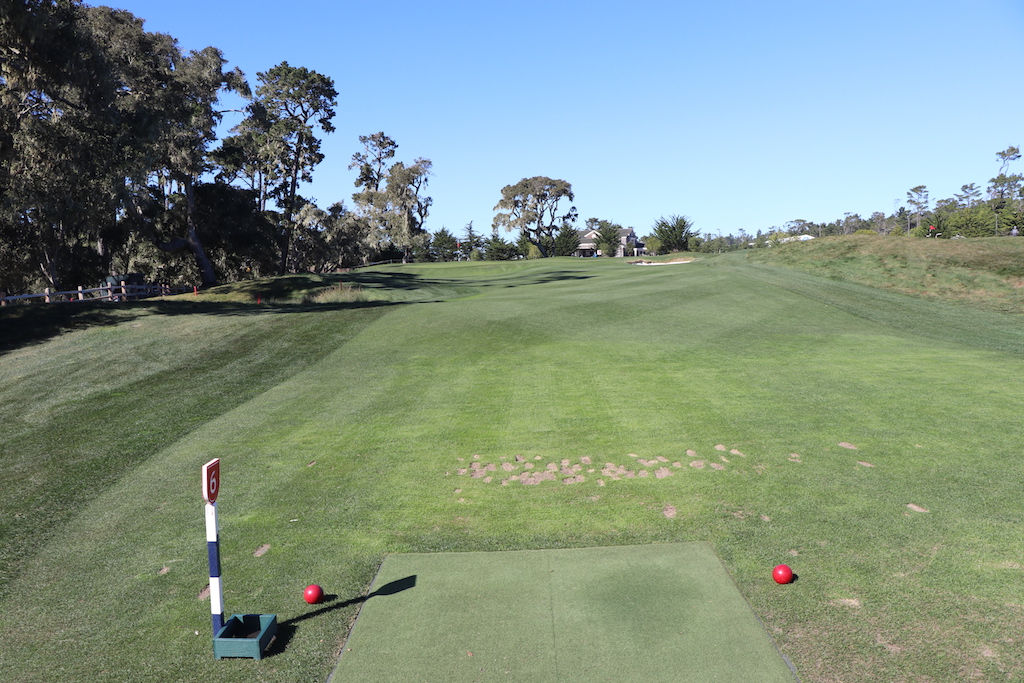
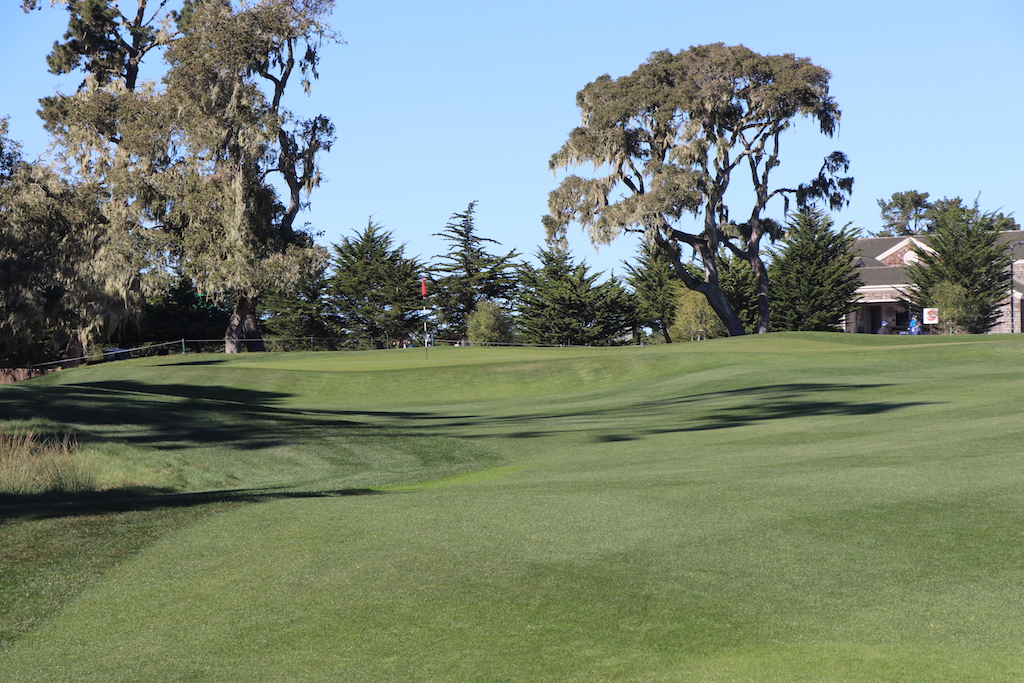
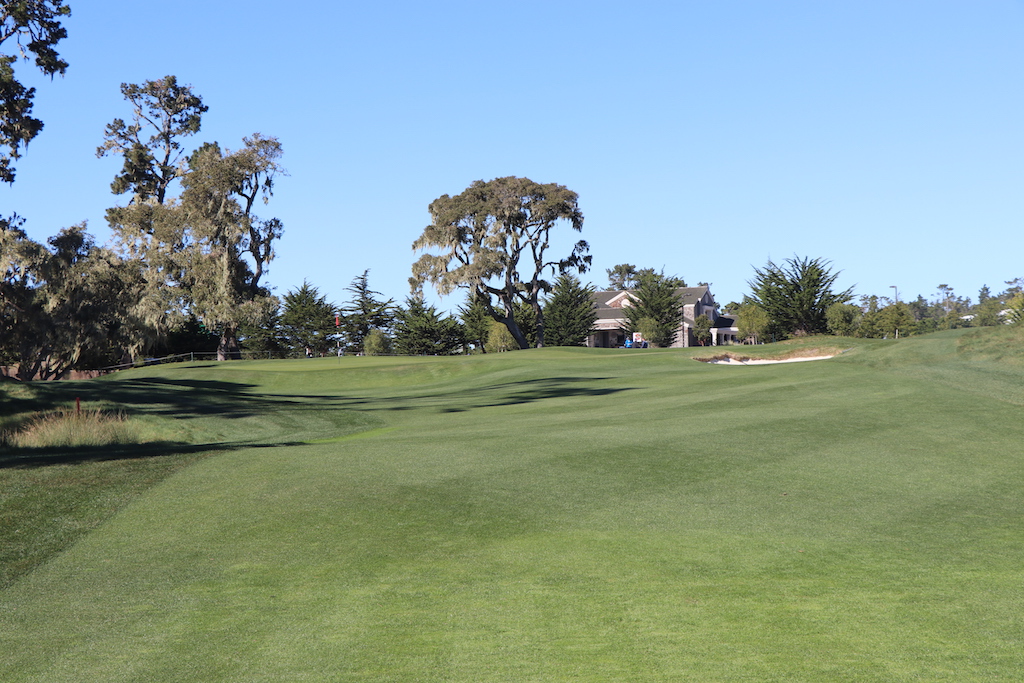
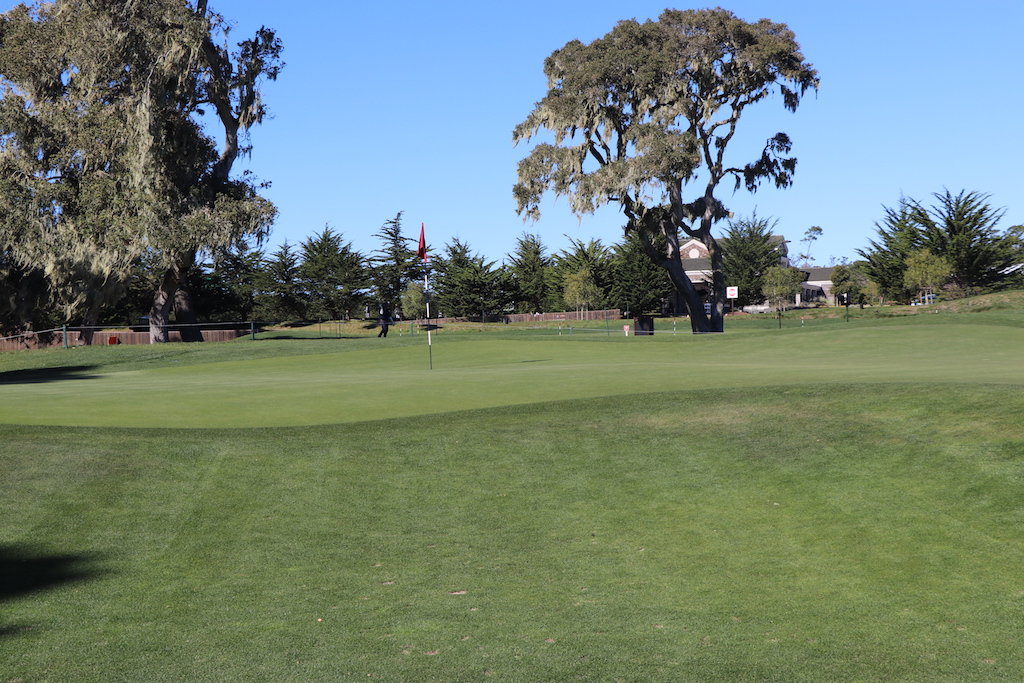
Hole No. 7: “Jack”
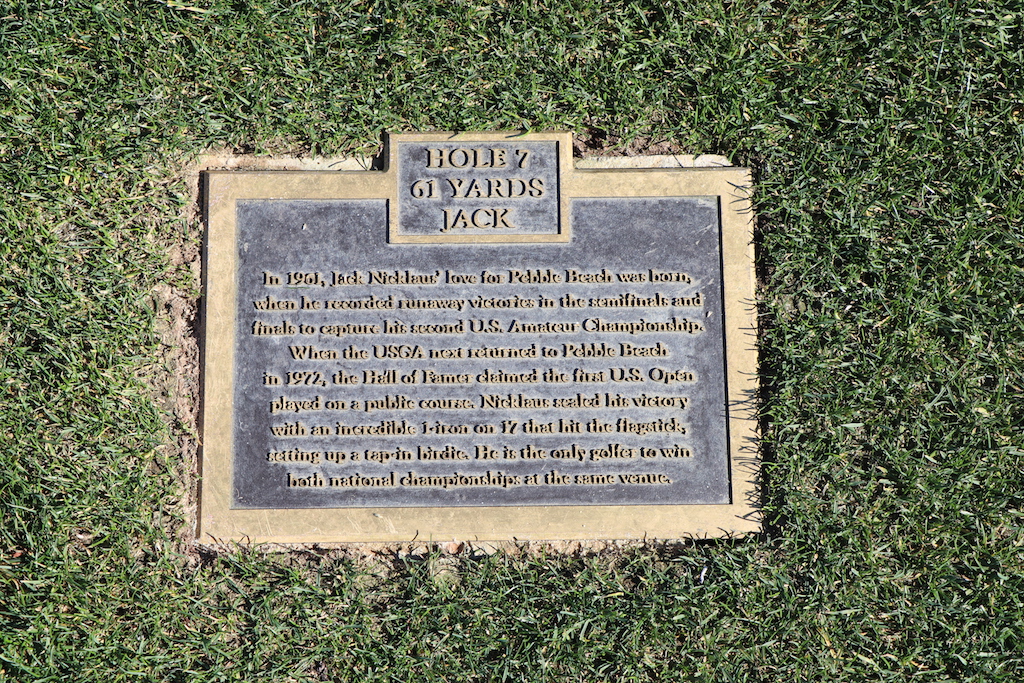
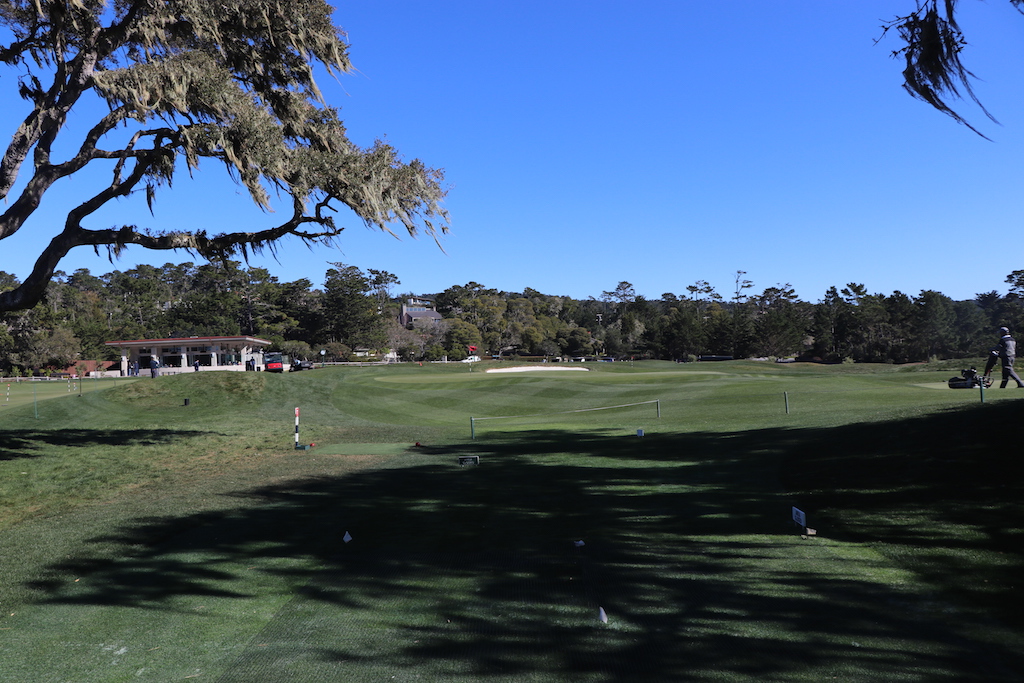
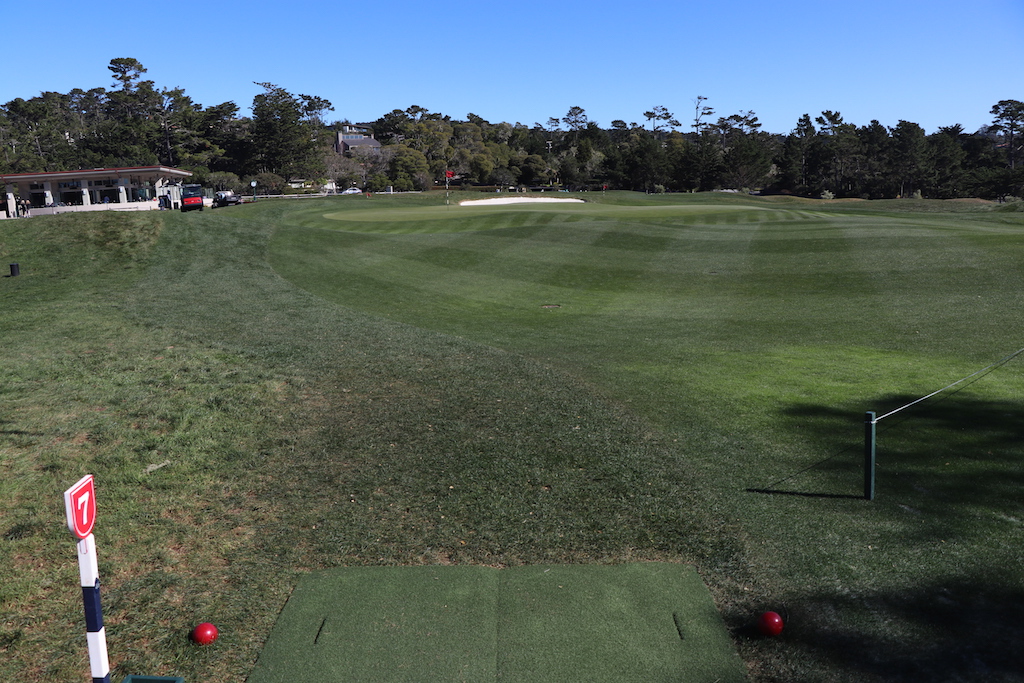
Hole No. 8: “Kite”


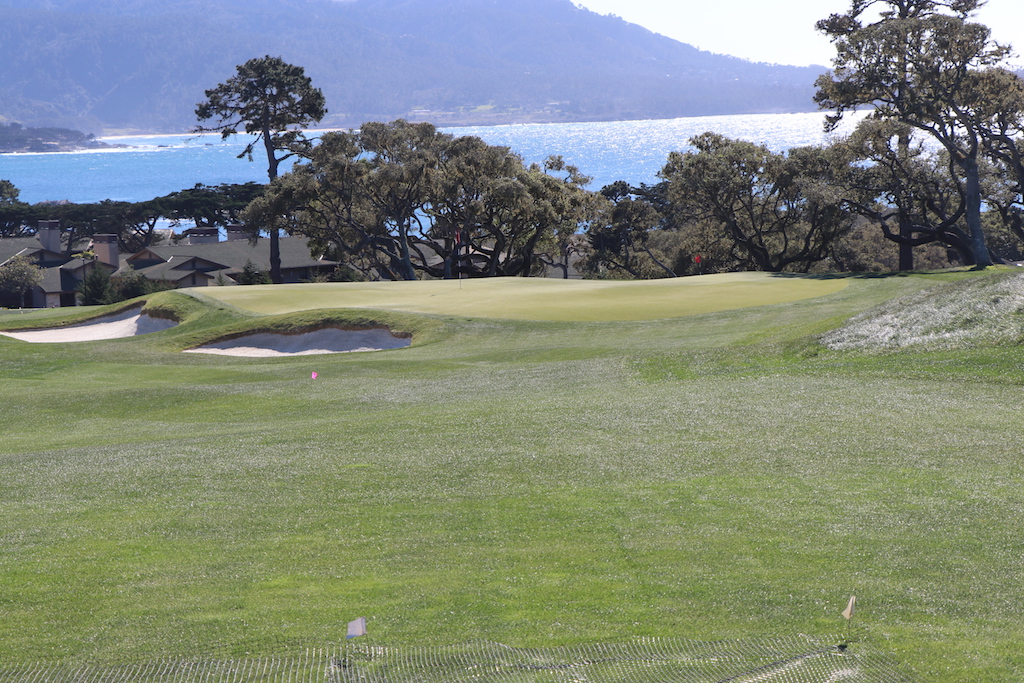
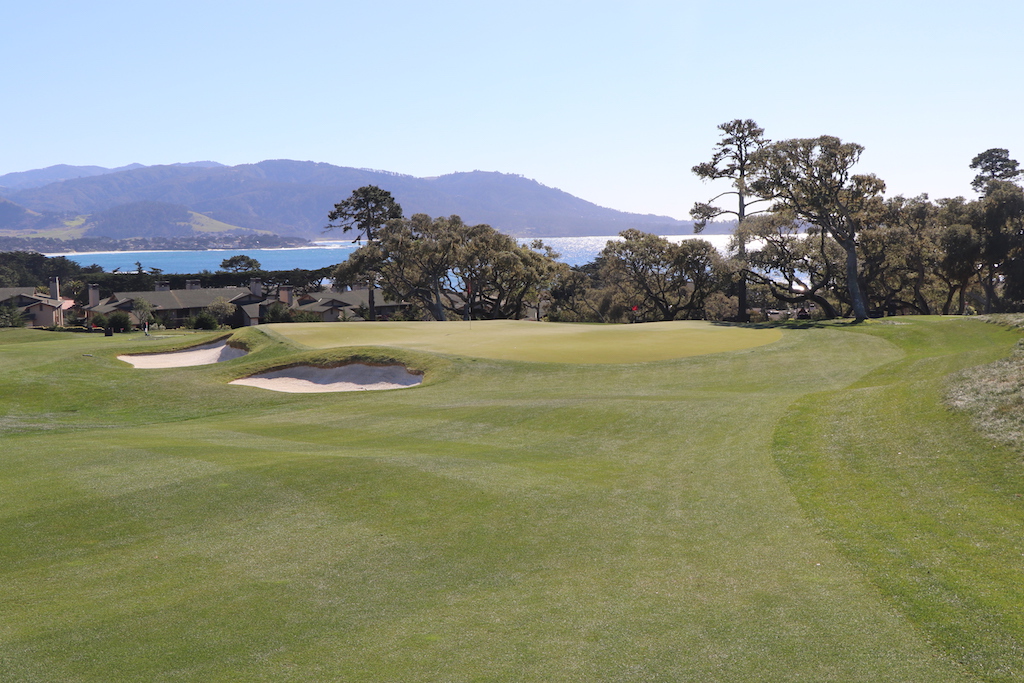
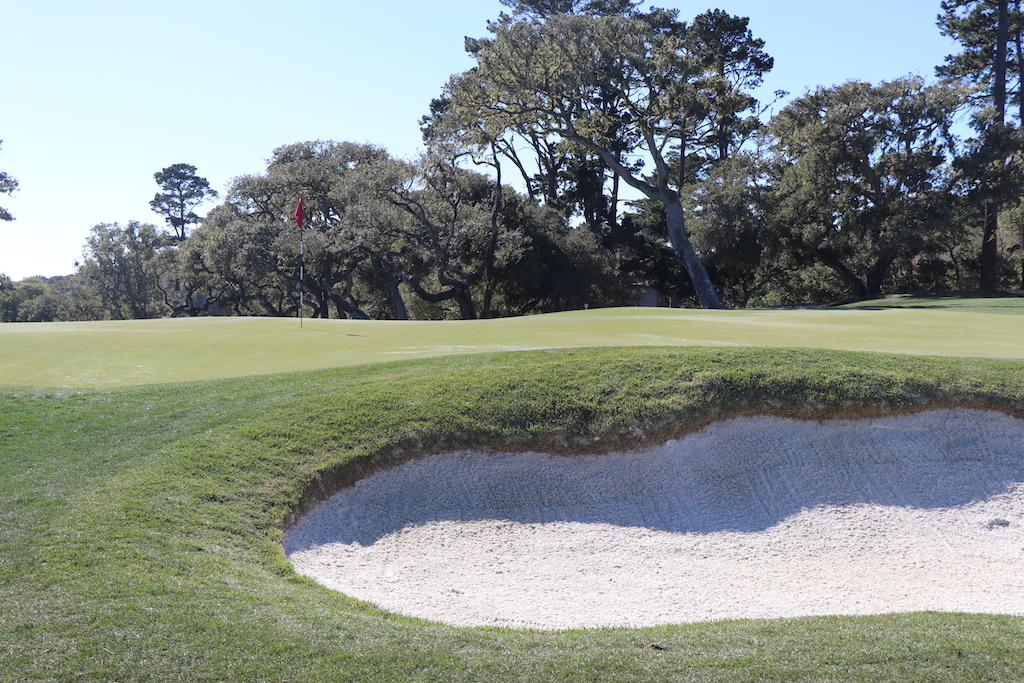
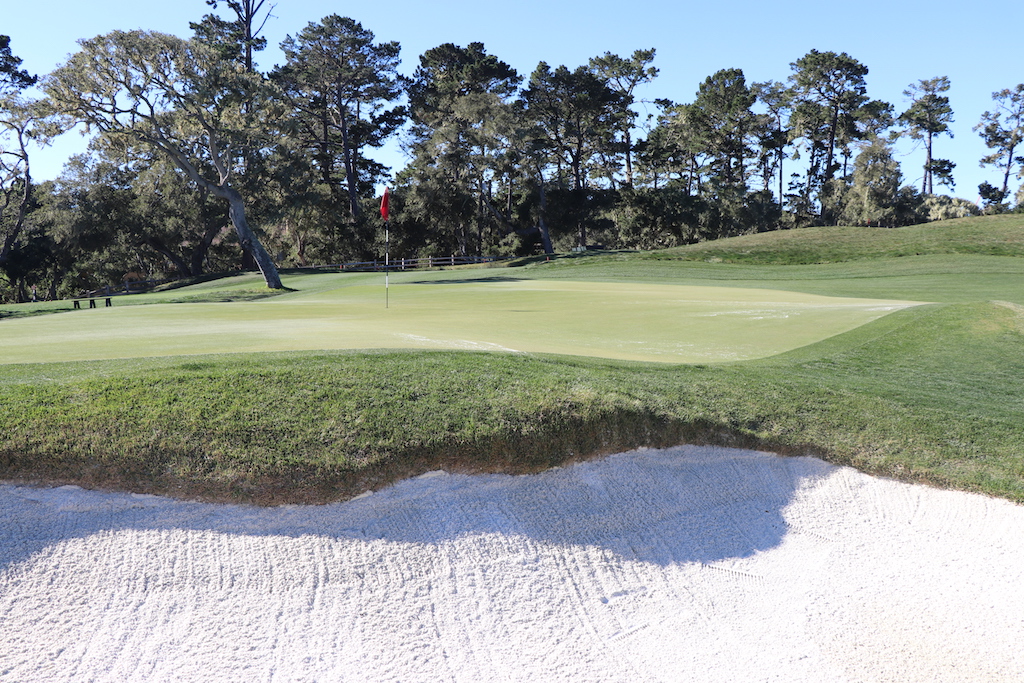
Hole No. 9: “Tiger”
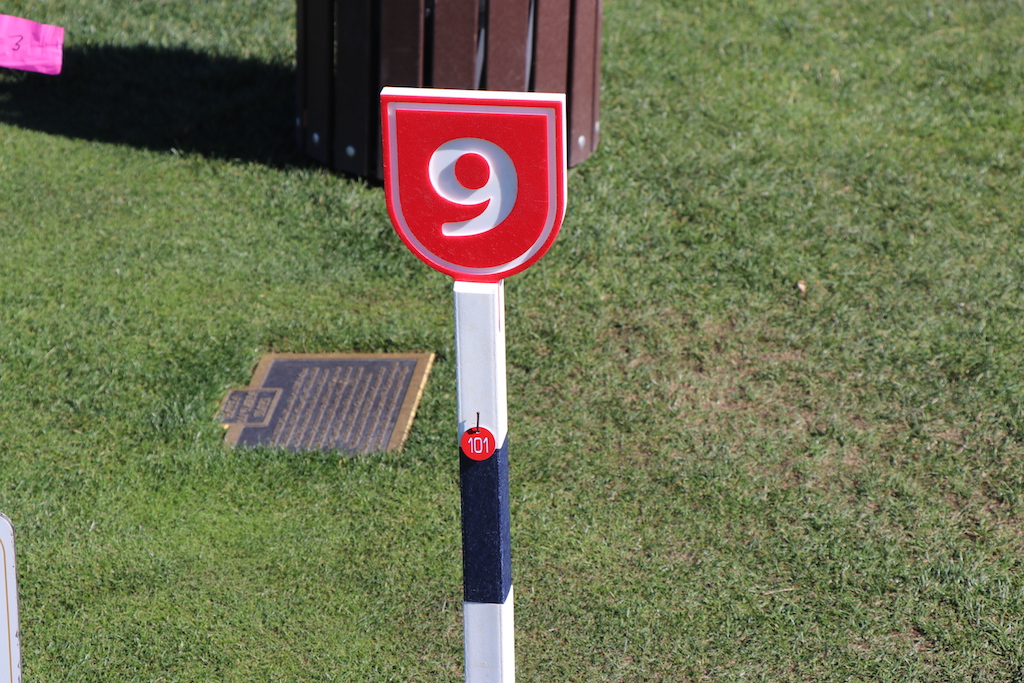

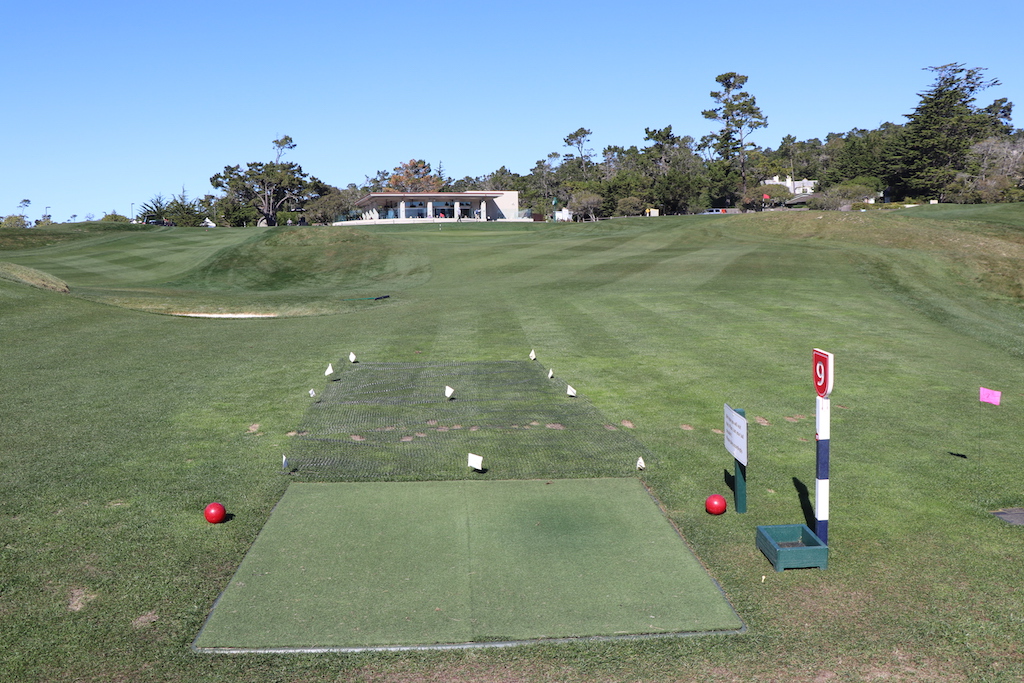
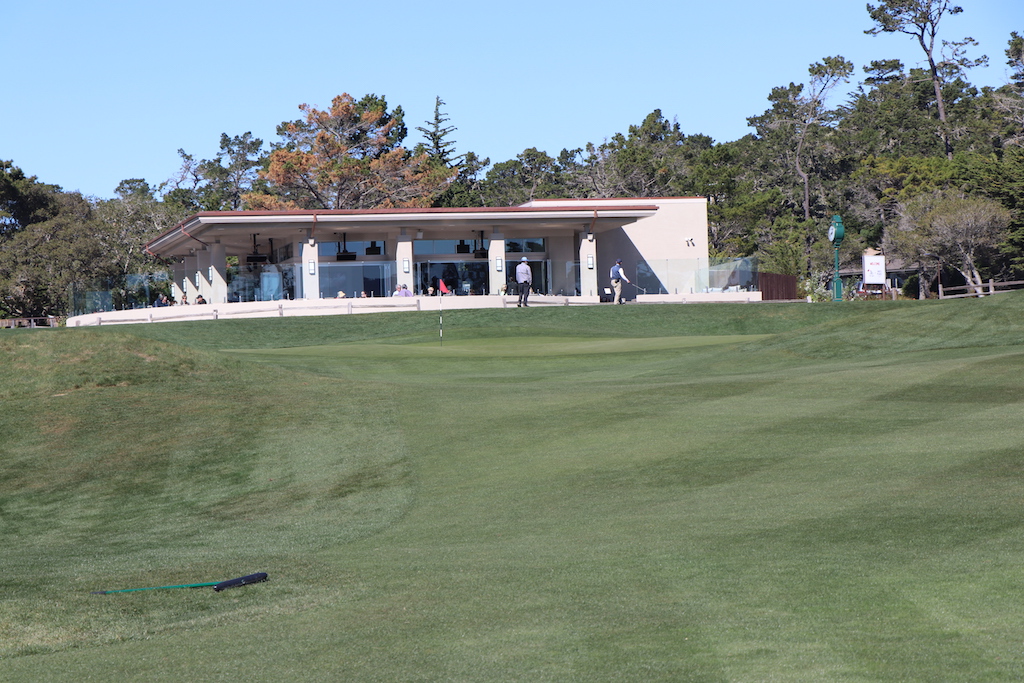
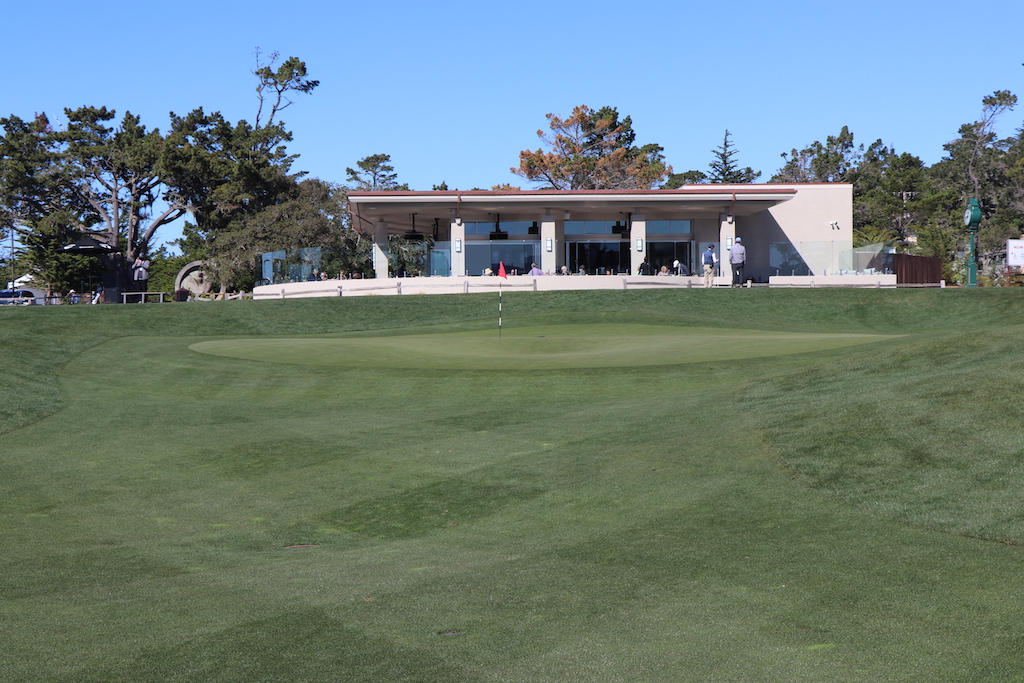
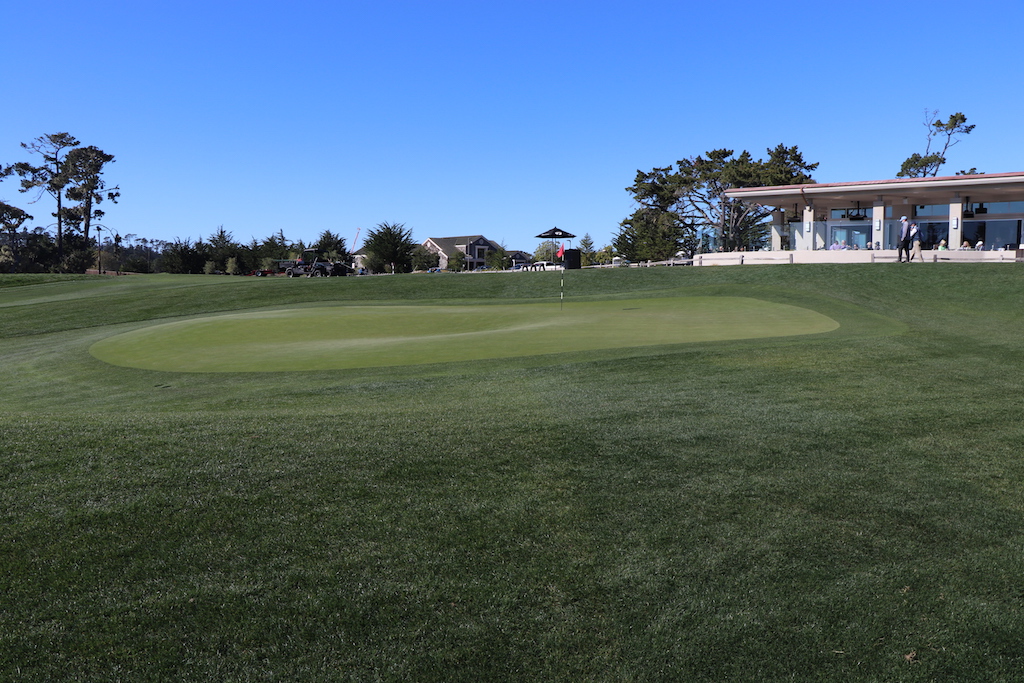
Hay’s Place
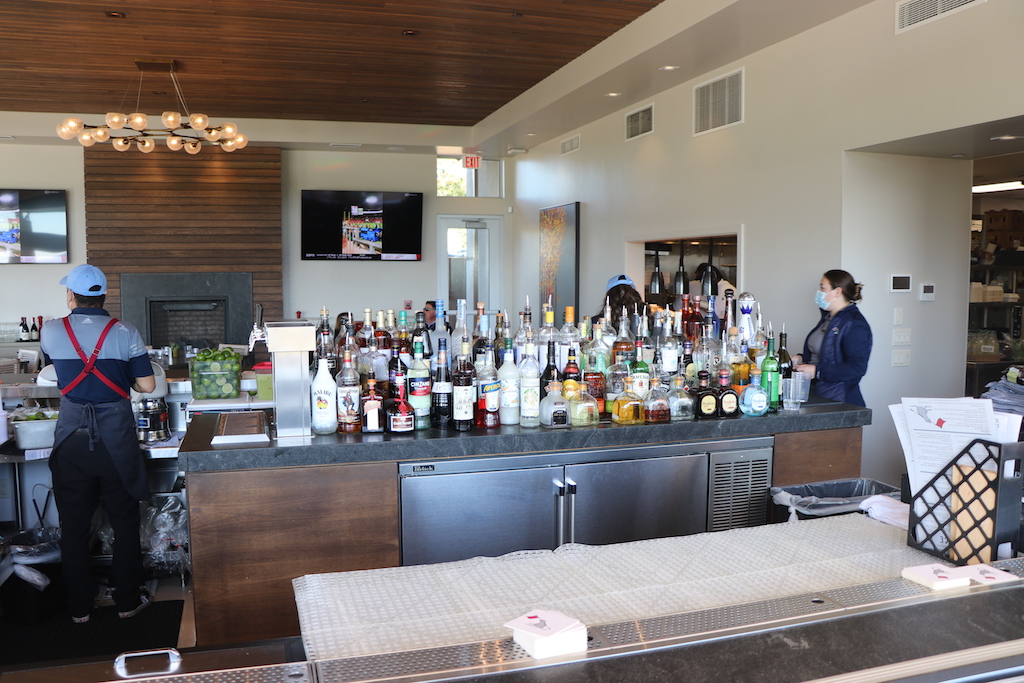
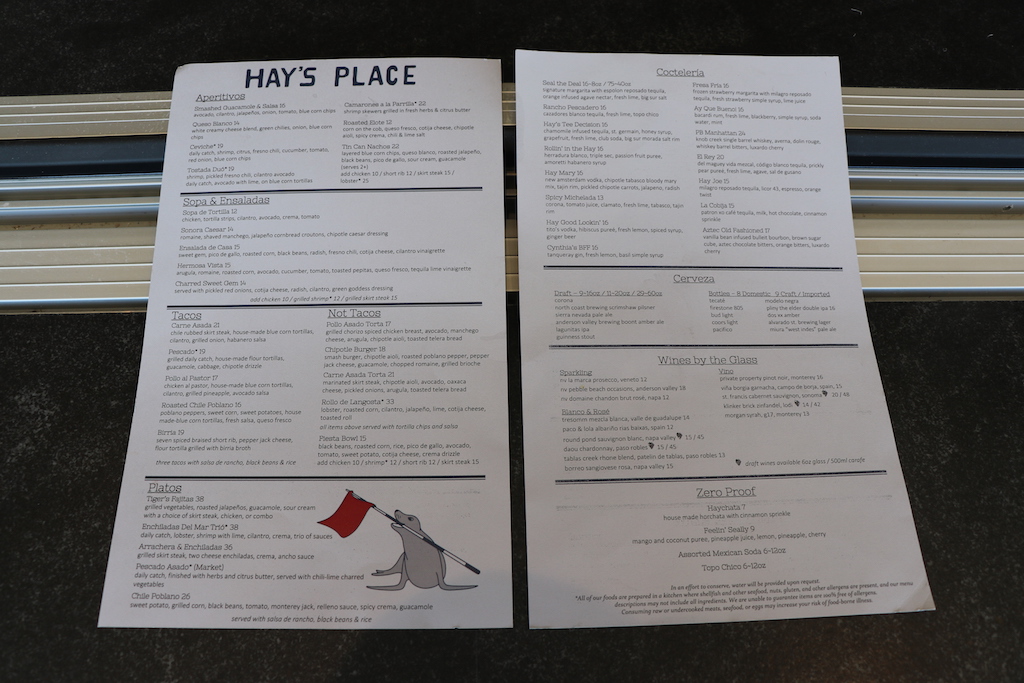
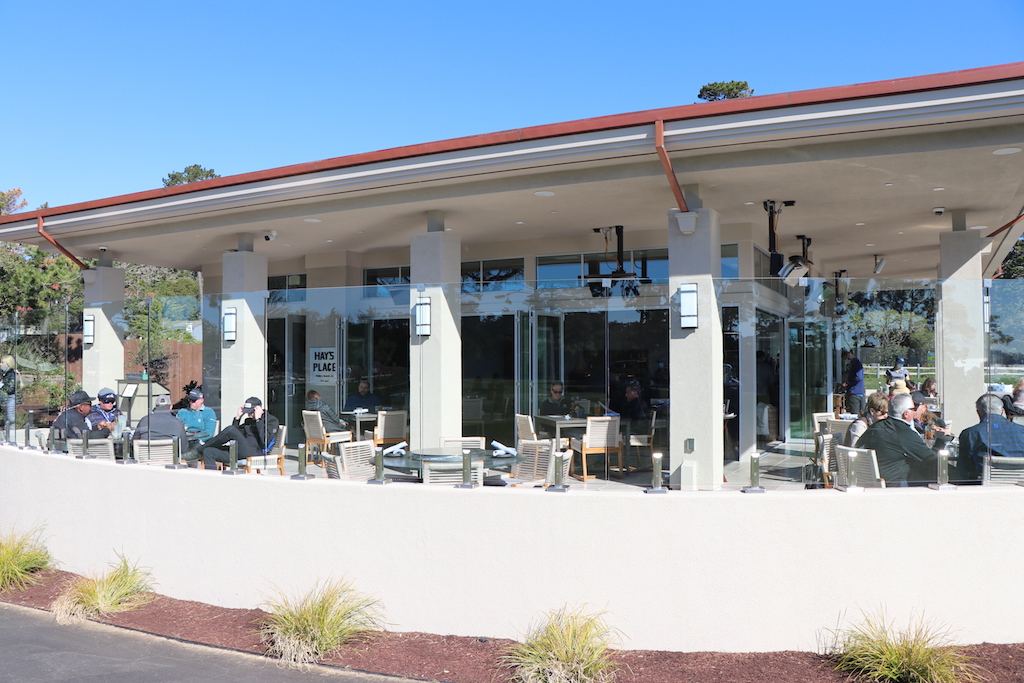
Check out more photos from the 2022 AT&T Pebble Beach Pro-Am here.
- LIKE33
- LEGIT7
- WOW4
- LOL0
- IDHT0
- FLOP0
- OB0
- SHANK5
-

 19th Hole2 weeks ago
19th Hole2 weeks agoDave Portnoy places monstrous outright bet for the 2024 Masters
-

 19th Hole3 days ago
19th Hole3 days agoJustin Thomas on the equipment choice of Scottie Scheffler that he thinks is ‘weird’
-

 19th Hole2 weeks ago
19th Hole2 weeks agoTiger Woods arrives at 2024 Masters equipped with a putter that may surprise you
-

 19th Hole3 days ago
19th Hole3 days ago‘Absolutely crazy’ – Major champ lays into Patrick Cantlay over his decision on final hole of RBC Heritage
-

 19th Hole2 weeks ago
19th Hole2 weeks agoTwo star names reportedly blanked Jon Rahm all week at the Masters
-

 19th Hole1 week ago
19th Hole1 week agoReport: LIV Golf identifies latest star name they hope to sign to breakaway tour
-

 19th Hole1 week ago
19th Hole1 week agoNeal Shipley presser ends in awkward fashion after reporter claims Tiger handed him note on 8th fairway
-

 19th Hole1 week ago
19th Hole1 week agoBrandel Chamblee has ‘no doubt’ who started the McIlroy/LIV rumor and why















